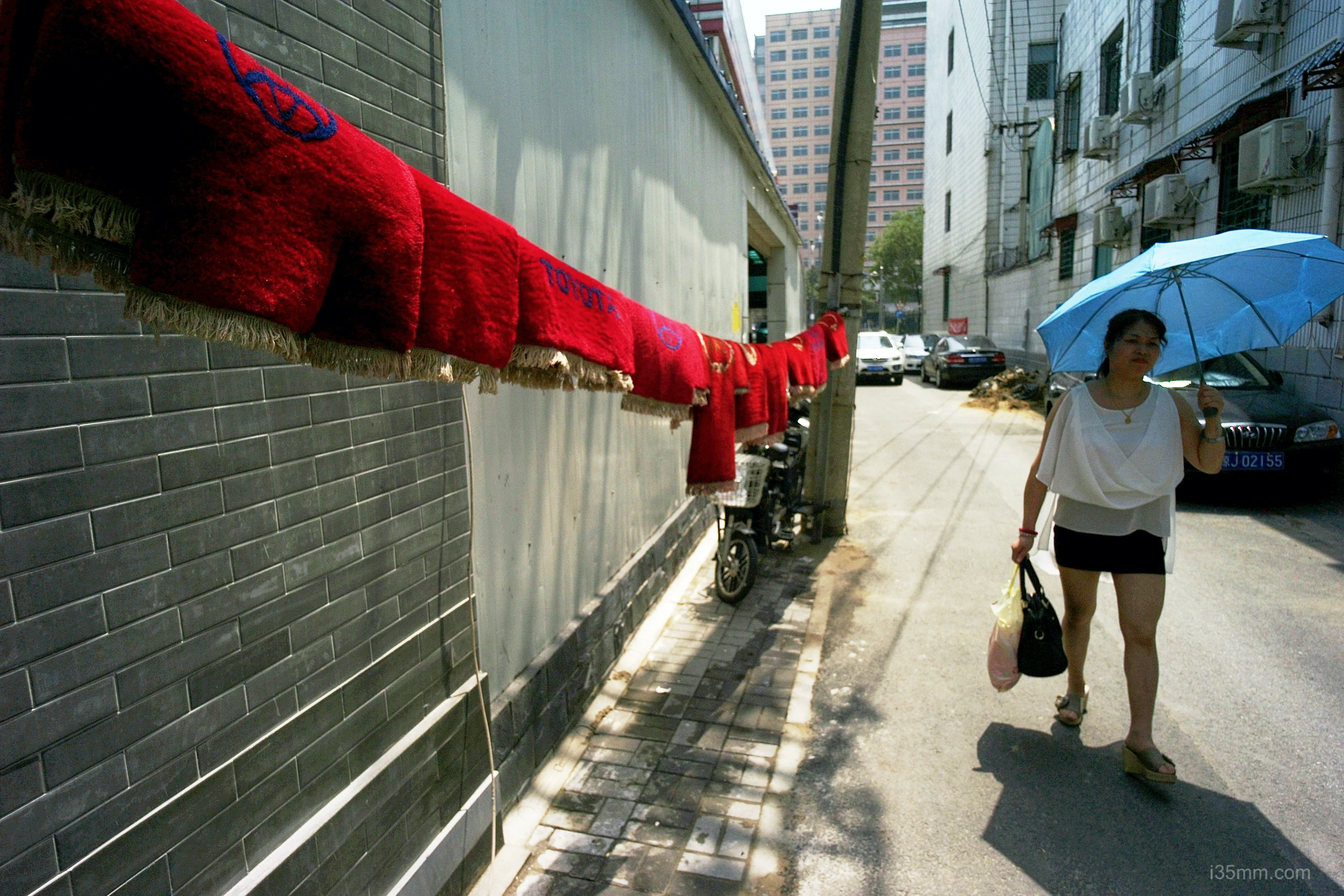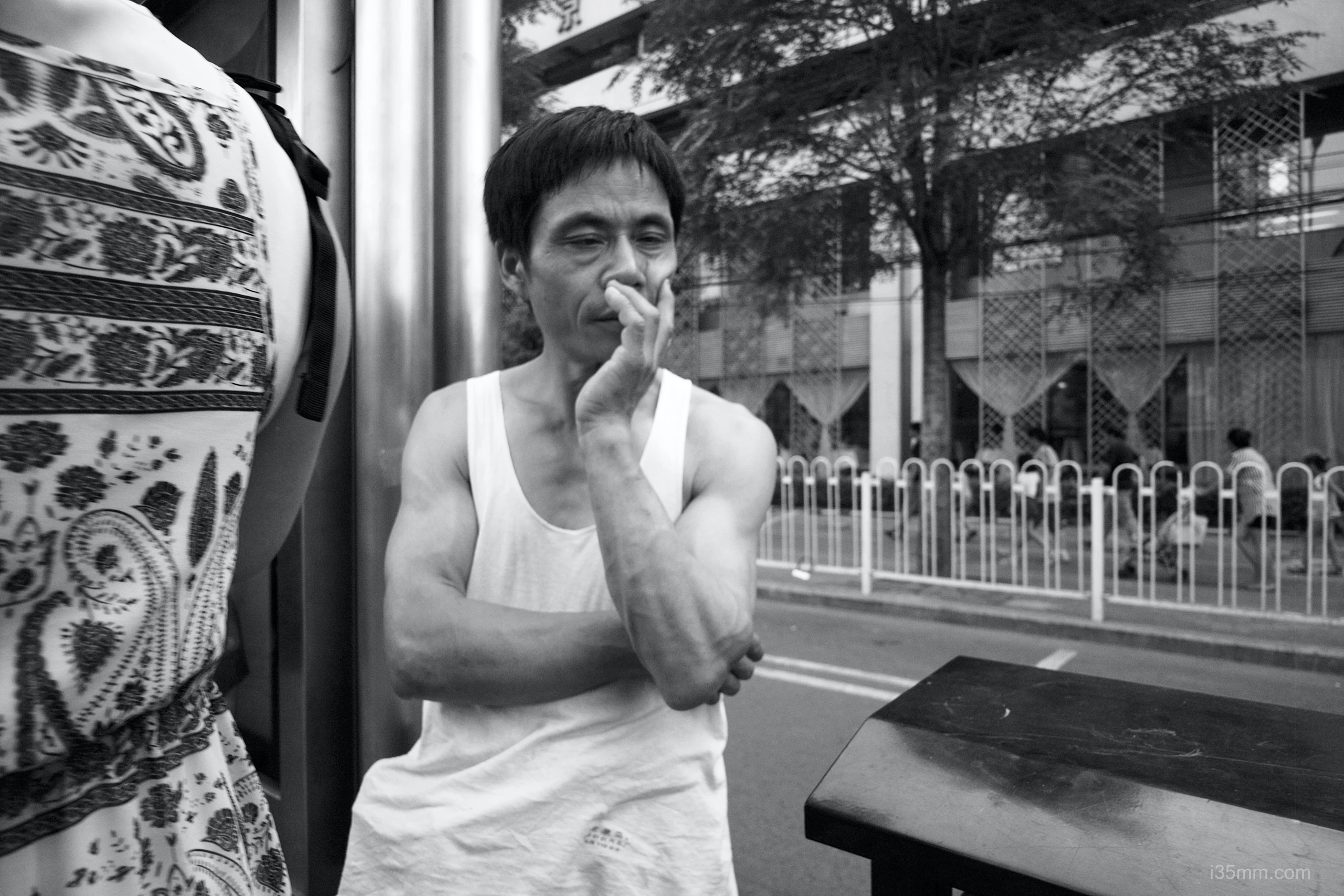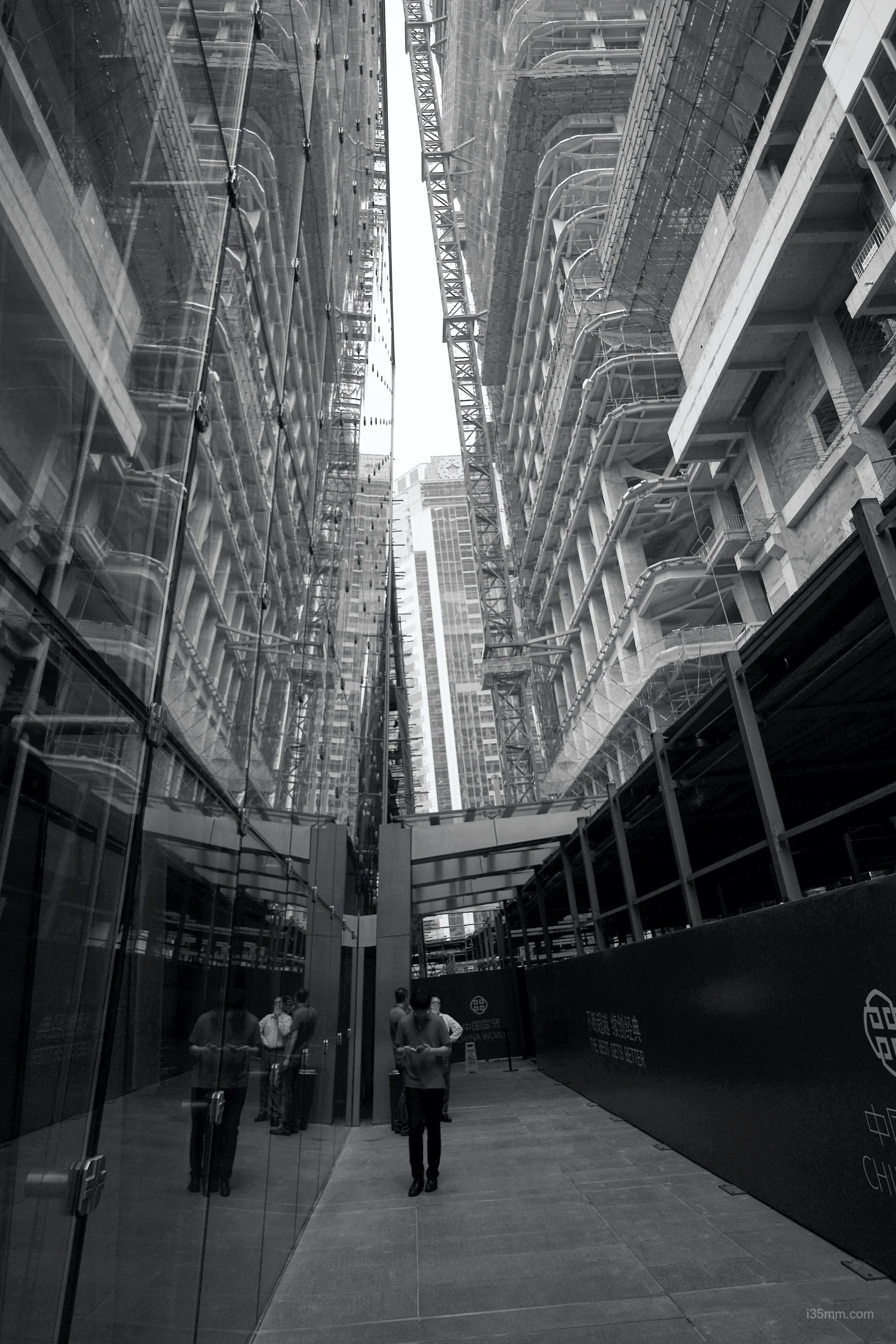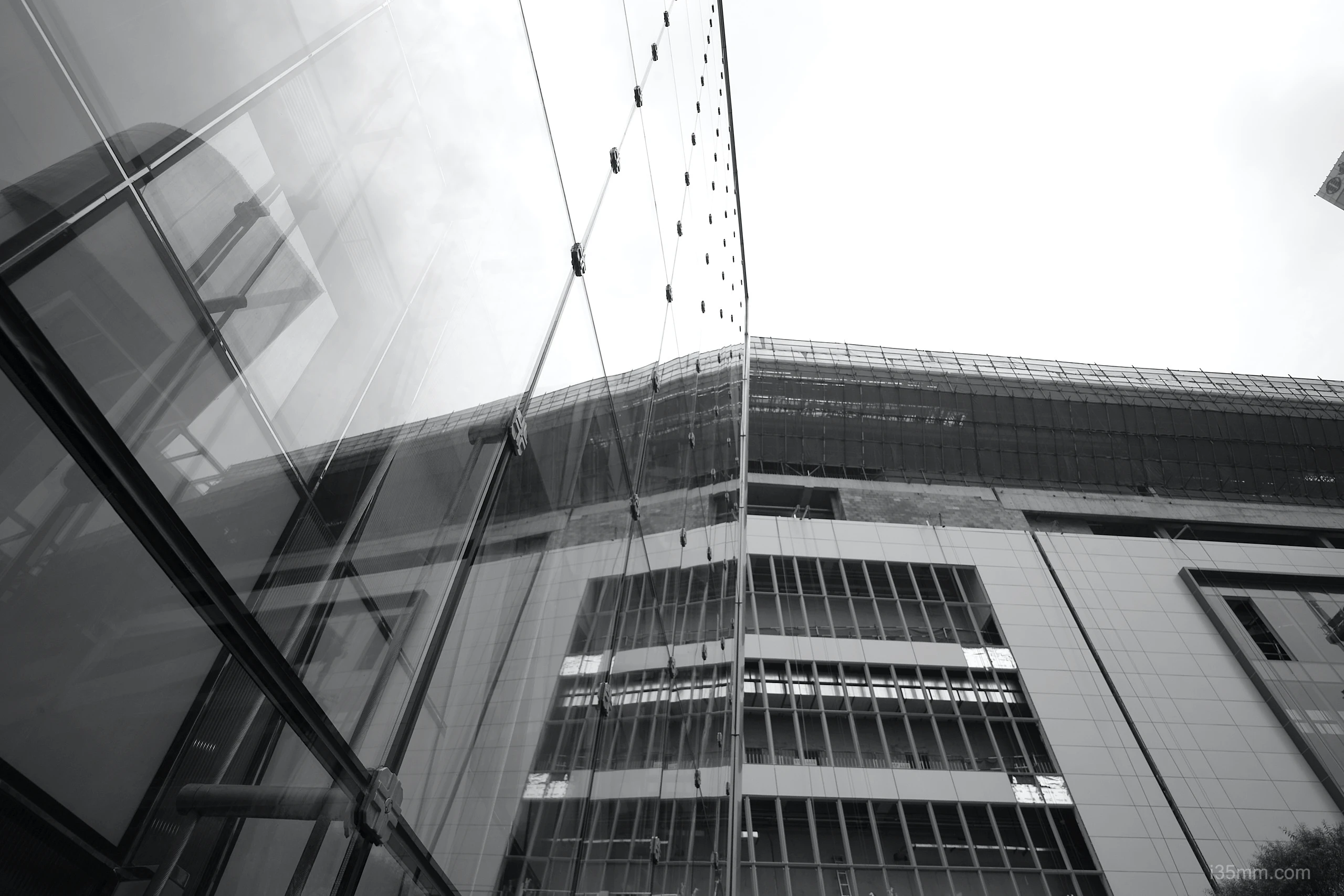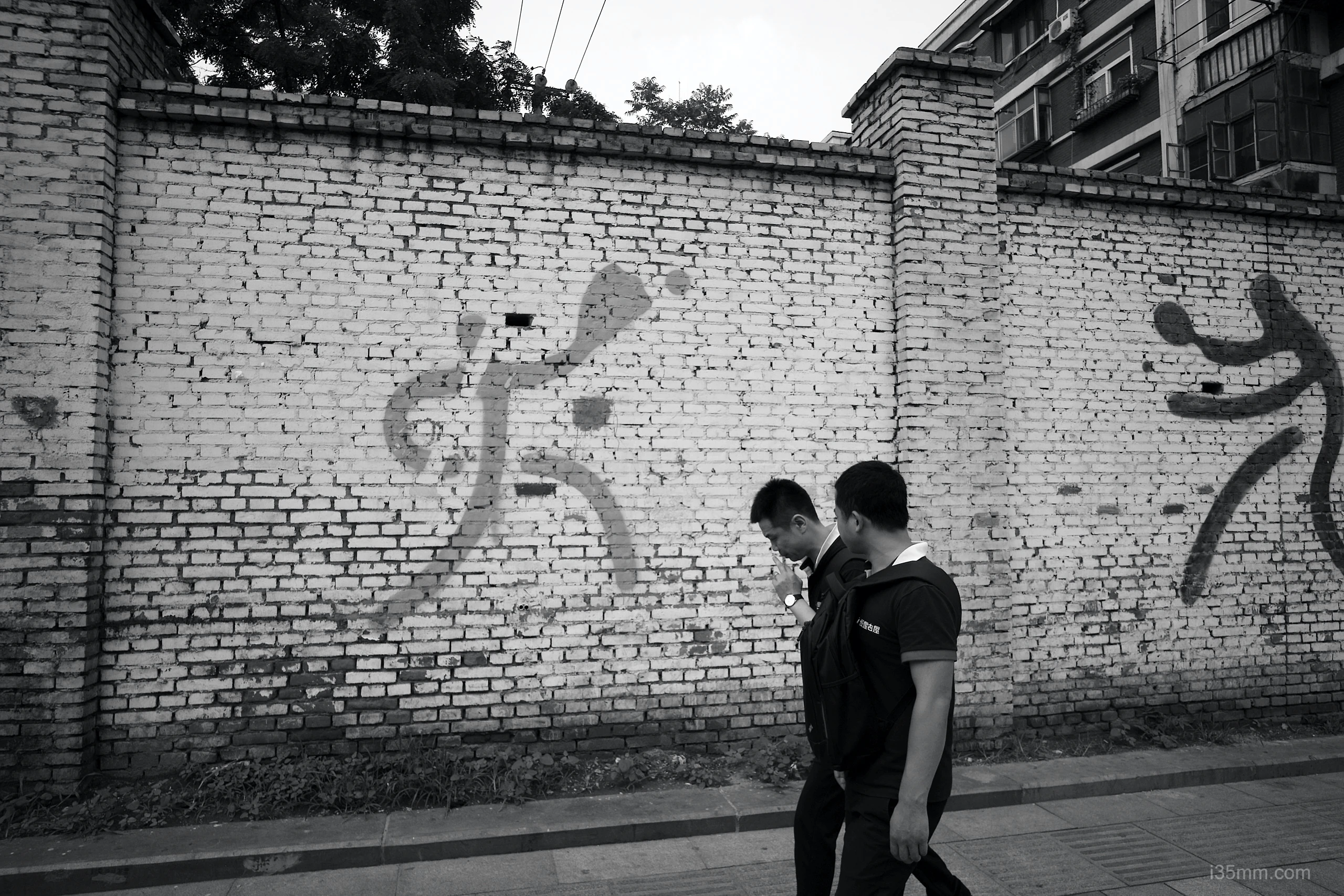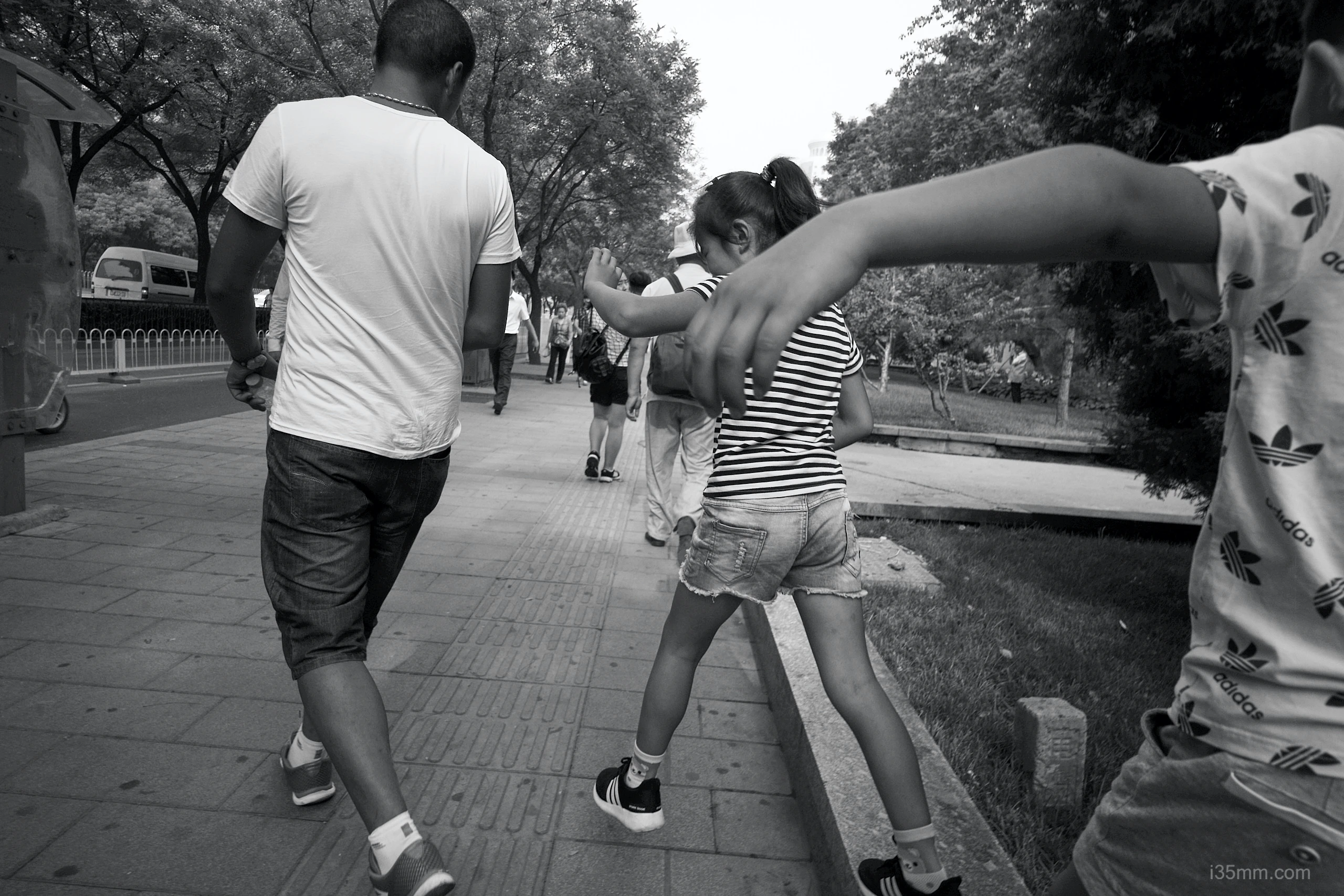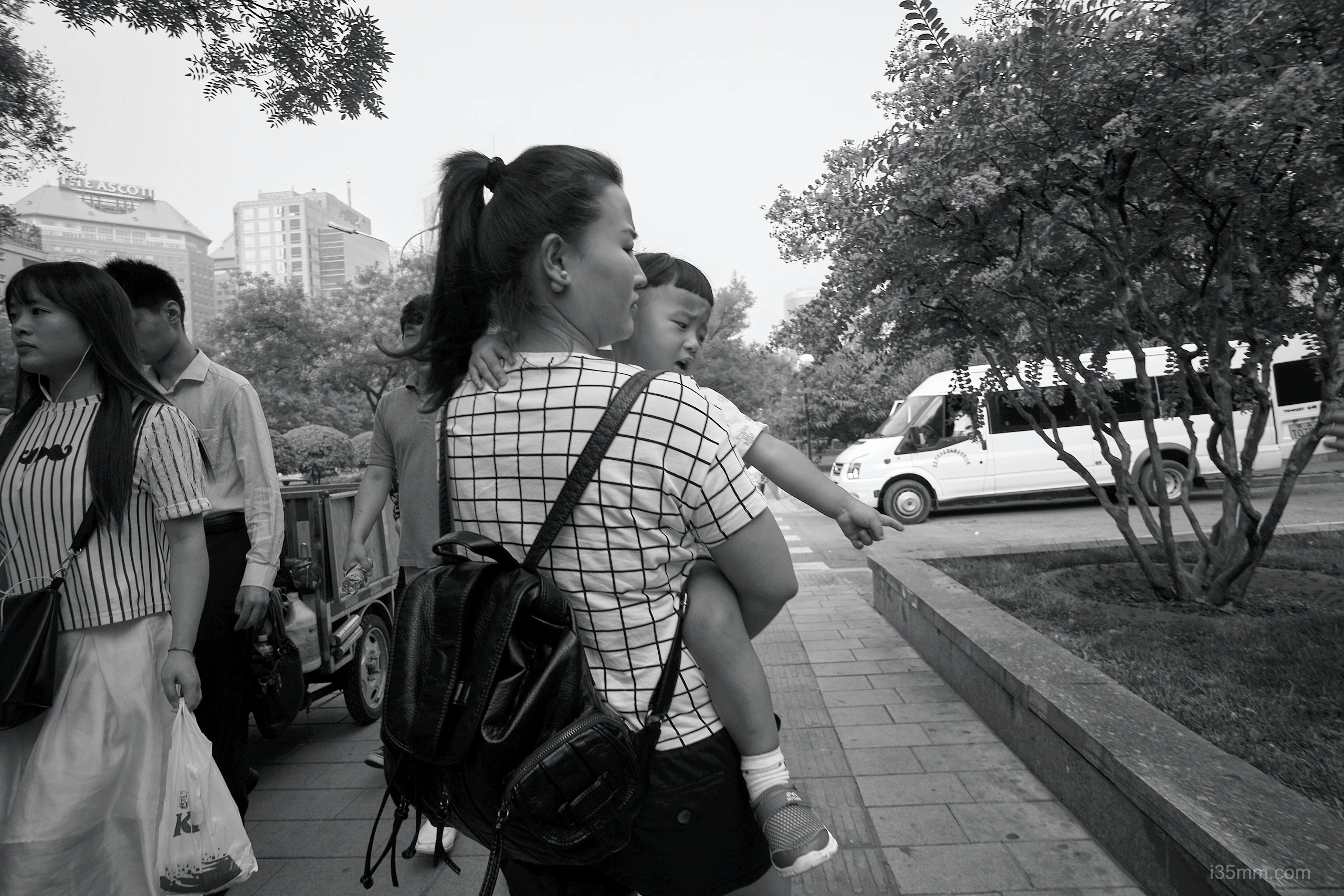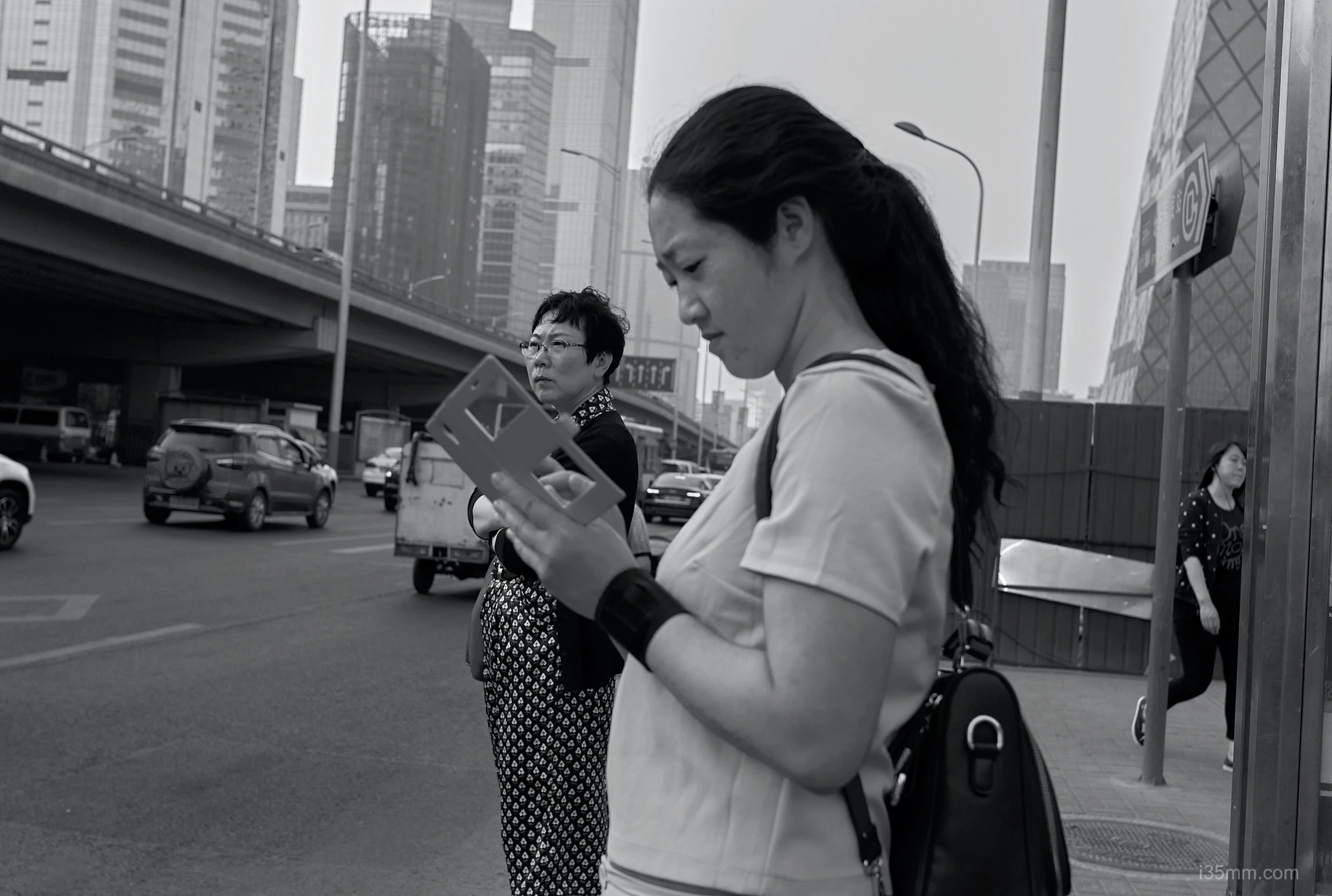




Imagine a camera that slips into your life as effortlessly as a spring breeze rustling through a cherry blossom grove—a fleeting whisper of beauty, delicate yet purposeful. That’s the MINOX MB/ML for you. This little gem from Germany’s storied craftsmanship has roots in the shadowy world of spy gadgets—think James Bond slipping one into his tuxedo pocket before a martini-soaked mission. From that clandestine lineage, you’d expect it to excel at quick, close-up shots, and boy, does it deliver. No wonder Leica, the grandmaster of lenses, scooped it up as a subsidiary. Compared to heavyweights like the Contax TVS III or Minolta TC-1, the MINOX stands out with two magic words: affordable and portable.
The Lens: A German Heart in a Humble Shell
Let’s start with the good stuff: that MINOX Color-Minotar 35mm f/2.8 lens. It’s pure German precision—sharp, crisp, and worthy of Leica’s approving nod. Sure, the body’s plastic, and some gearheads might scoff at it like it’s a paperback next to a leather-bound classic. Picture this: if a Leica M3 decided to flex its metal muscles and smash a MINOX, it’d be a one-sided brawl—shattered plastic everywhere. But here’s the kicker: can you tuck an M3 into your shirt pocket and saunter off to a picnic? Didn’t think so. The Contax wouldn’t fare much better in that imaginary showdown either.
The MINOX’s plastic shell might not scream durability, but its heart—a simple, scientific design—beats strong. Take it to the highlands or a snowy peak, and it’ll hum along happily, snapping away without a hiccup. And with so many of these floating around, if one gives up the ghost, replacing it costs about as much as a Leica UV filter. That’s a steal. Andy Warhol loved it—paired it with a flash, no less—and I get why. The MINOX with a flash isn’t just cool; it’s downright dapper, and the photos it pumps out have that same swagger.
Now, a small confession: that f/2.8 lens, as lovely as it is, doesn’t quite tame glare like a Leica or Contax. It’s a trade-off for its pint-sized brilliance.
The Everyday Magic
What makes the MINOX a delight is how it fits into your day. The imaging is rich, with layers that unfold like a well-told story—think of Kazuo Ishiguro’s quiet, evocative prose, where every detail builds a world. The metering? Spot-on. The controls? Simple enough to master over a lazy coffee. That shutter prompt in the viewfinder is a thoughtful touch, like a friend nudging you to seize the moment. The frosted body feels great in hand—smooth, not scratchy like the Rollei 35, which always seems to poke at you.
Two Tips for the Road
- Rating: 4/5 (for dreamers) | 3/5 (for gear purists)
A pocket-sized sonnet—recite it off-key, and it still charms the room. - Rating: 5/5 (for wanderers) | 2/5 (for tripod loyalists)
A kite on a string—light enough to soar, but don’t ask it to anchor your ship.
The Verdict: A Trusty Sidekick
The MINOX MB/ML isn’t here to steal the spotlight—it’s a cheerful companion, a tool that gets the job done with a grin. Light as a feather at 180g, small enough to vanish into your pocket (100×62×32mm), it blends electronic shutters with program and aperture-priority modes seamlessly. The lens—4 elements in 3 groups—spans f/2.8 to f/16, focusing from 0.9m to infinity, while the shutter dances between 1 and 1/500 seconds. It sips power from a PX 28 lithium battery and handles ISO 25-1600 film like a pro. Oh, and that black, reinforced fiberglass body? It’s got a understated charm.
Pros
- Light and tiny—your perfect travel buddy.
- Electronic shutter plus dual-mode flexibility.
- Affordable enough to keep the wallet smiling.
Cons
- Lens quality, while solid, doesn’t quite match the Rollei 35’s finesse.
Final Thoughts
The MINOX MB/ML is like a trusty bamboo flute in a world of brass orchestras—simple, elegant, and unmistakably itself. (There’s your Chinese nod—a bamboo flute, familiar yet exotic to Western ears.) It’s not the flashiest, but it’s a joy to carry, a breeze to use, and a reminder that sometimes the smallest things bring the brightest moments. Whether you’re chasing sunsets or candid laughs, this little wonder’s got your back.


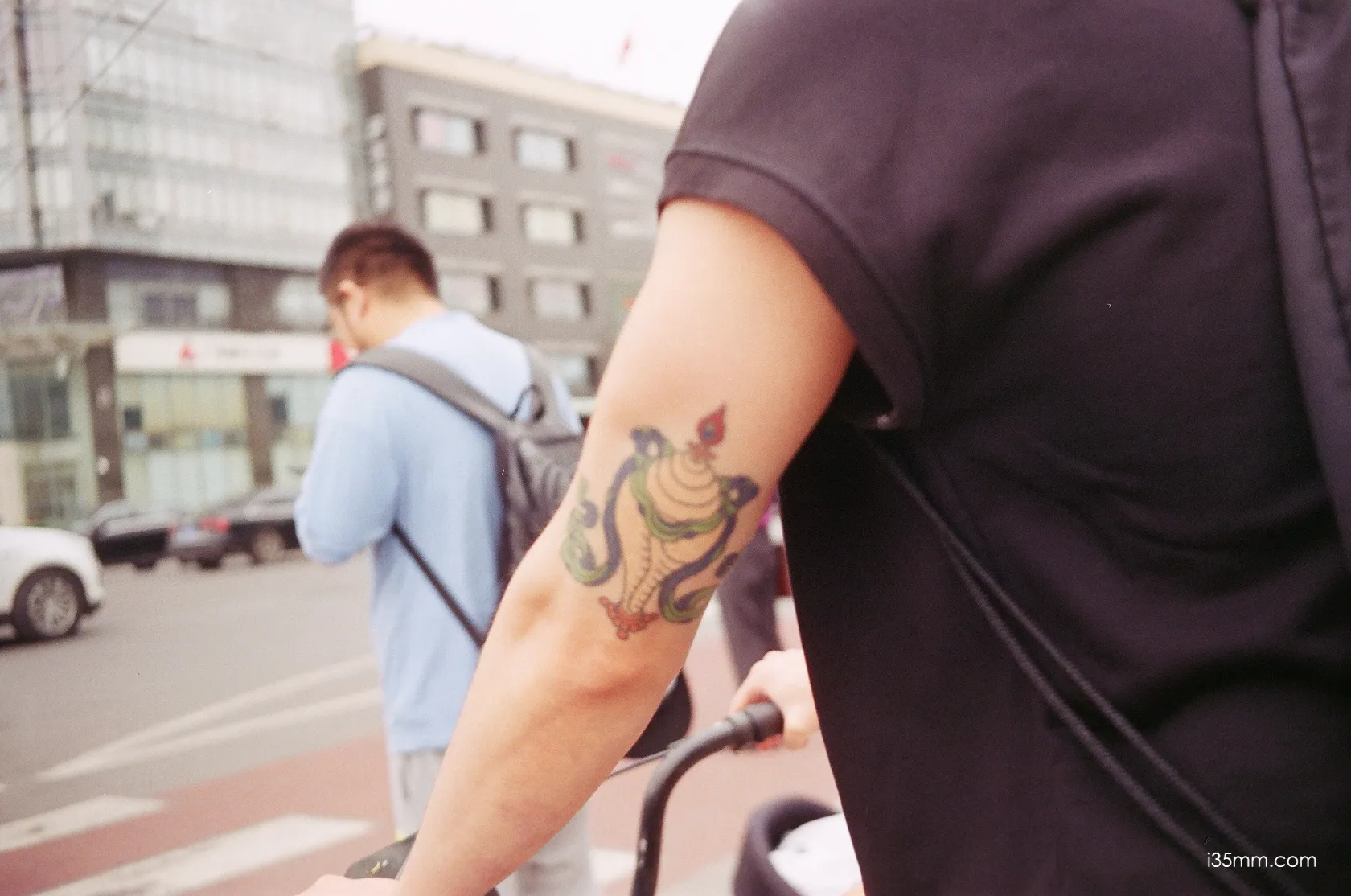
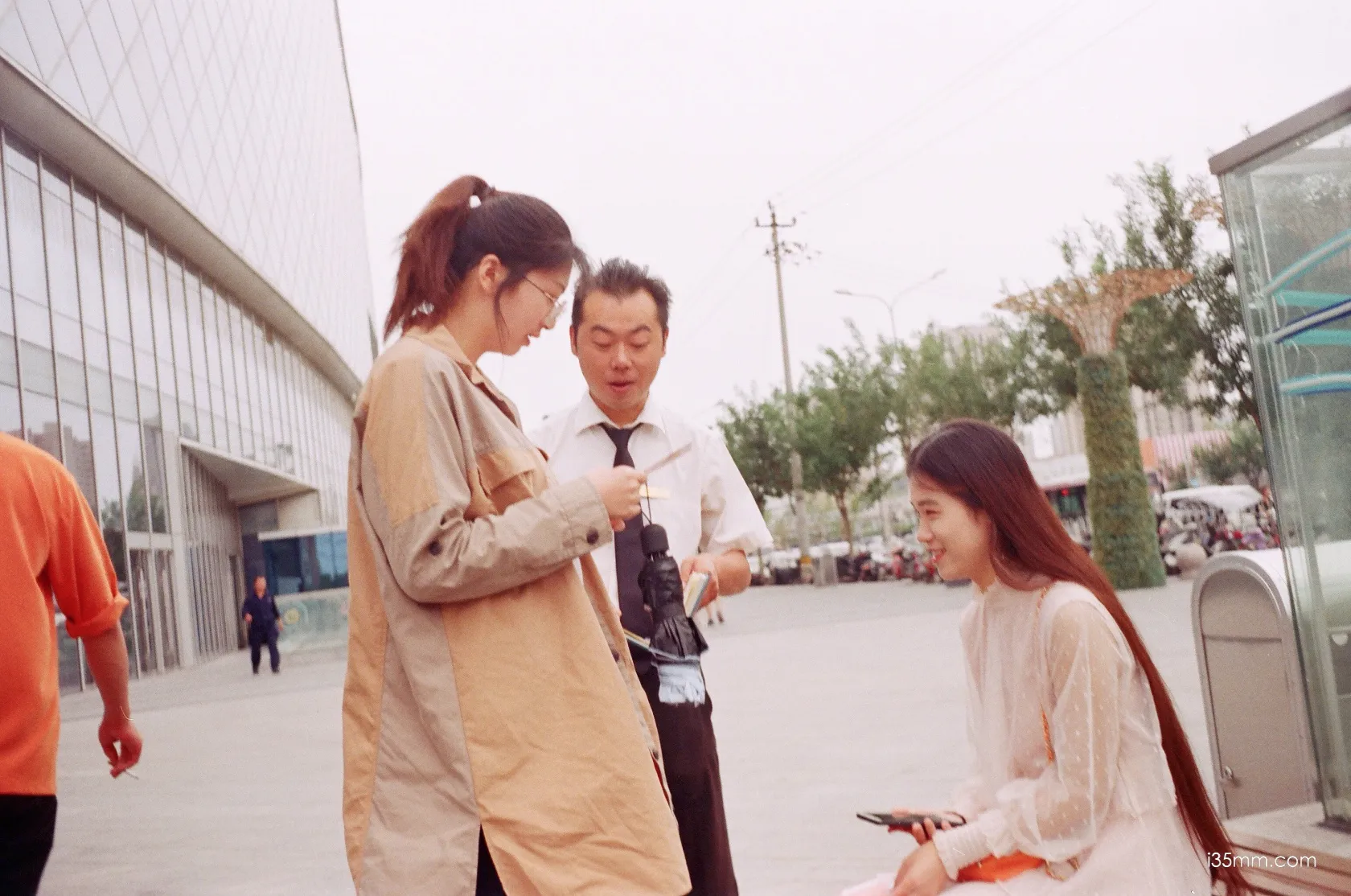
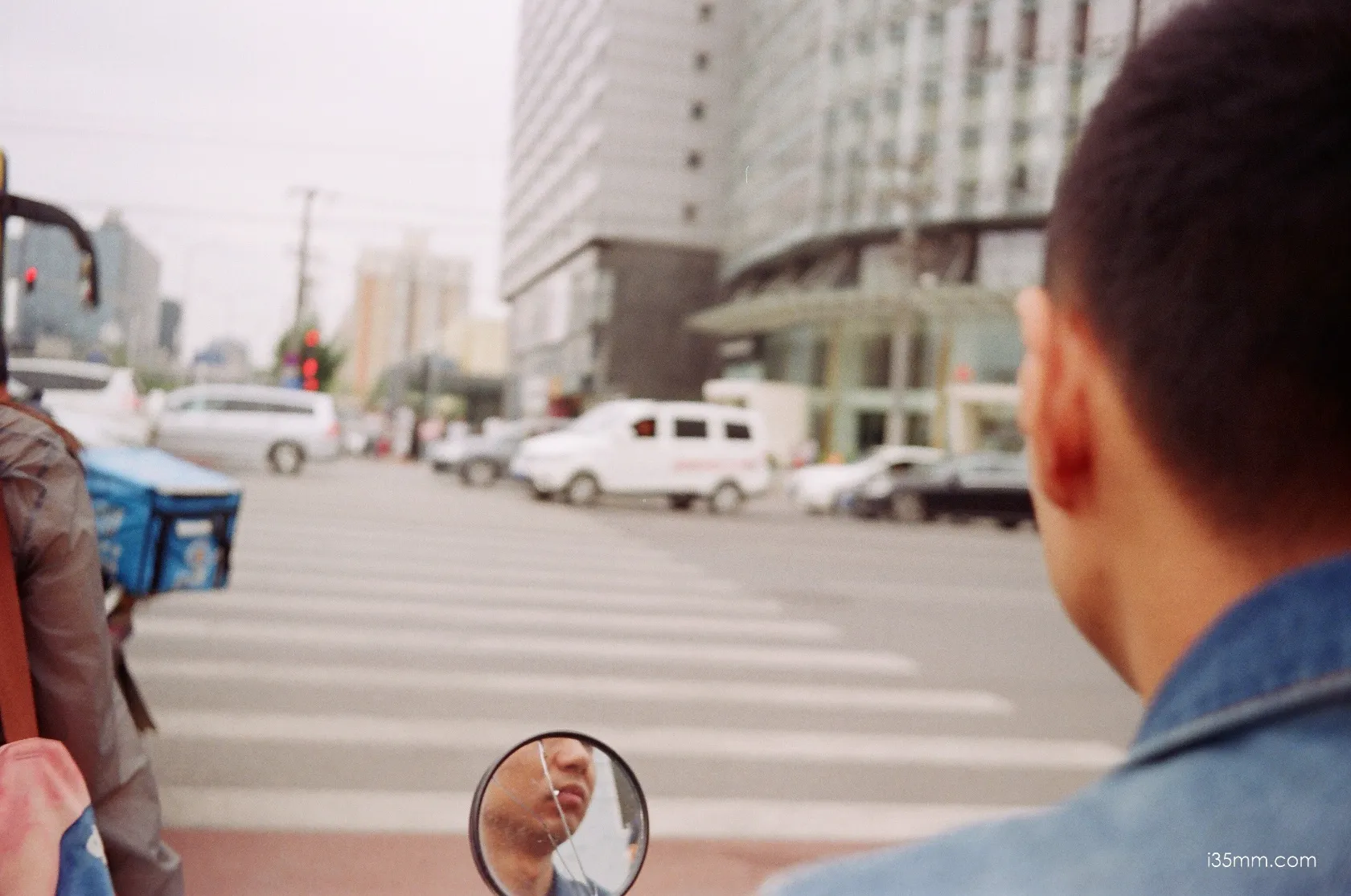
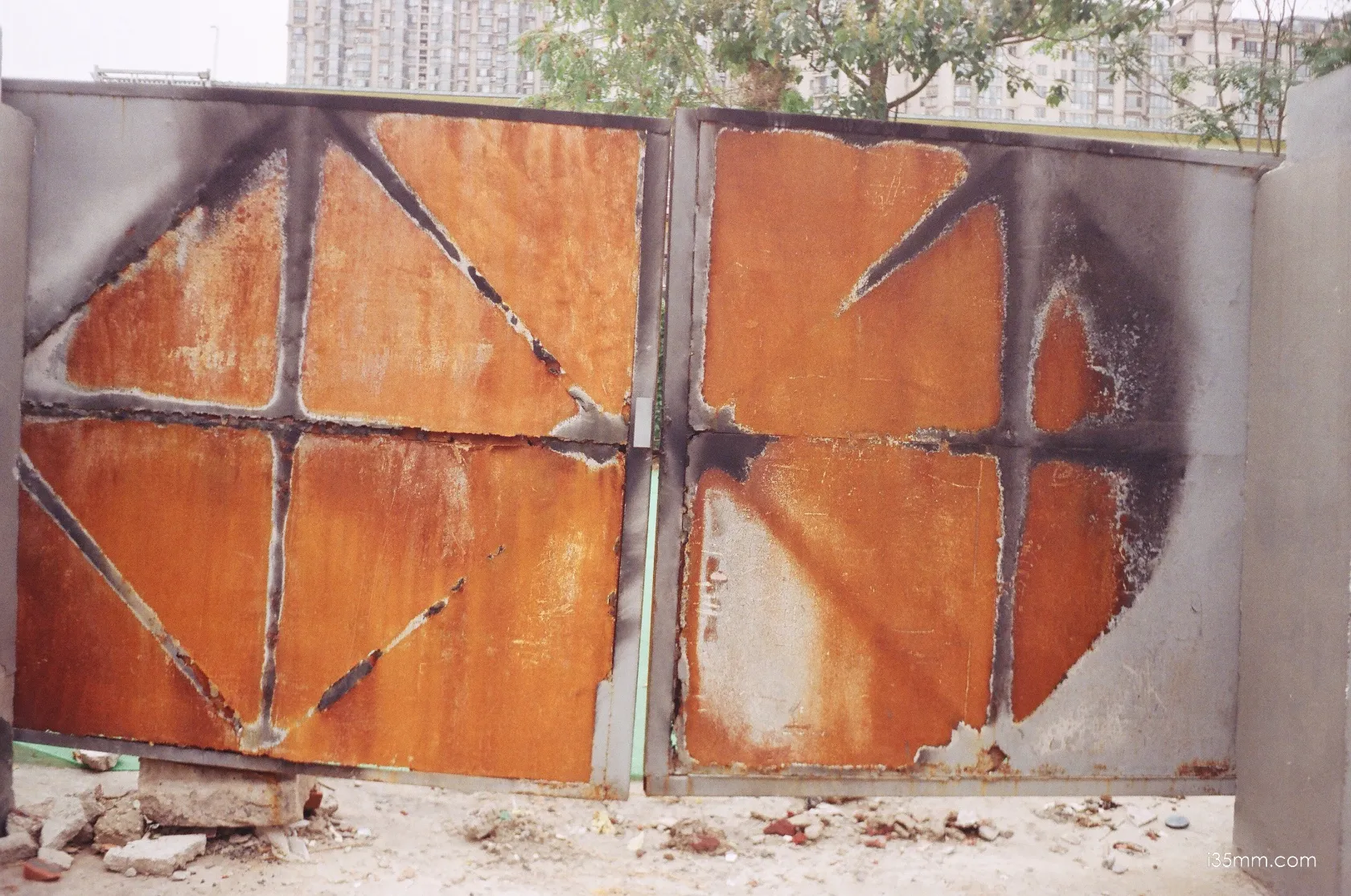

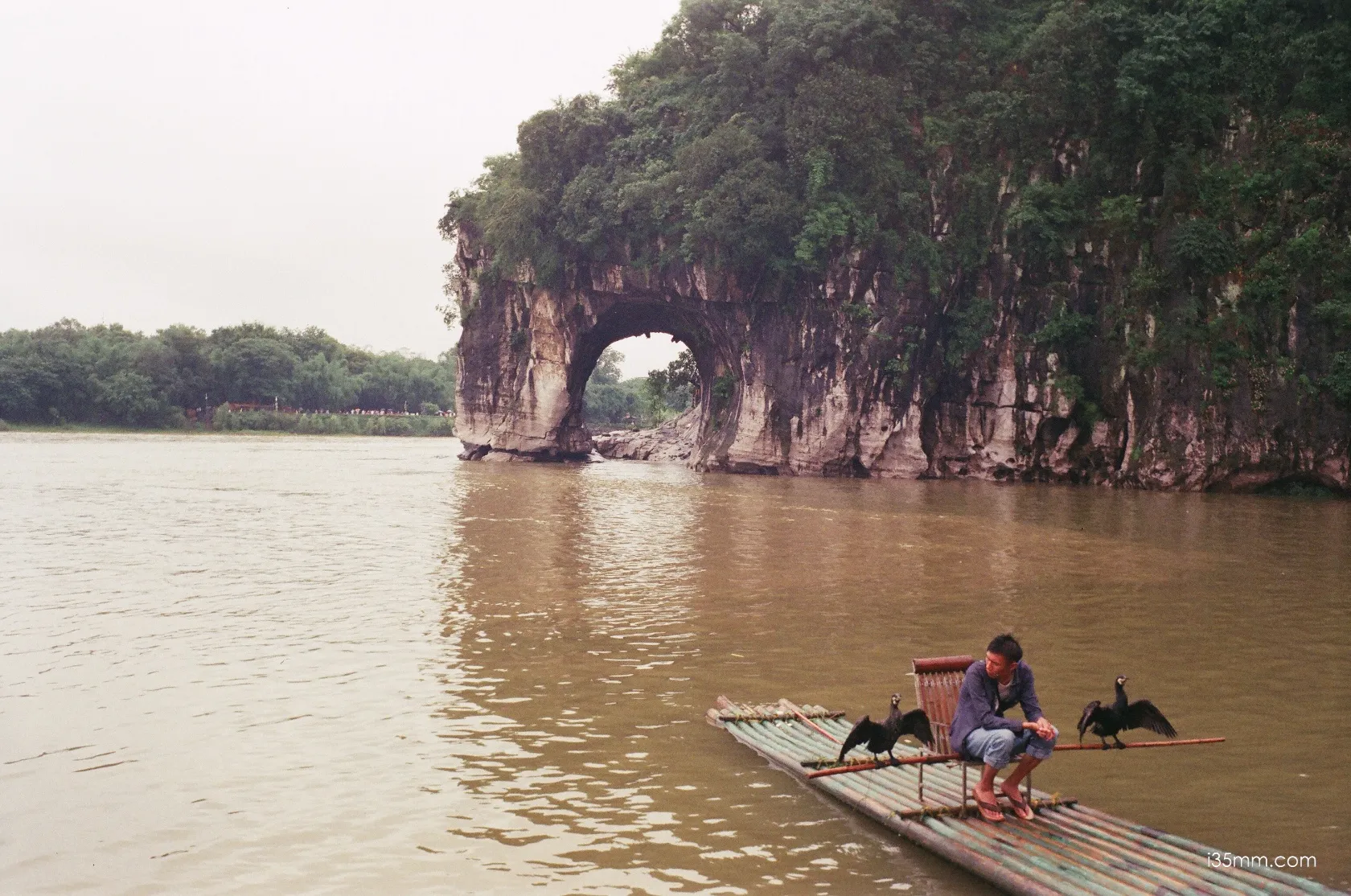
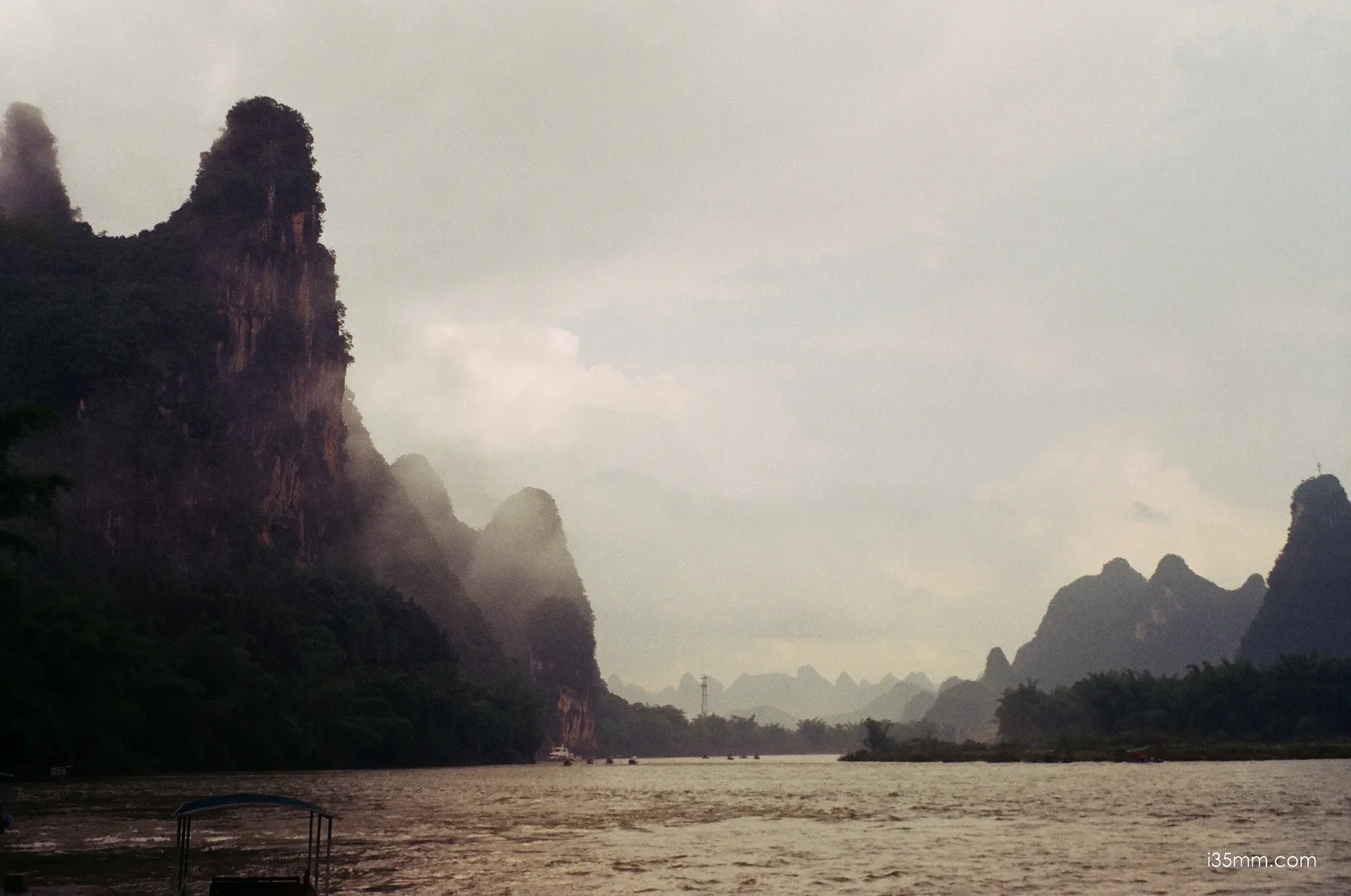

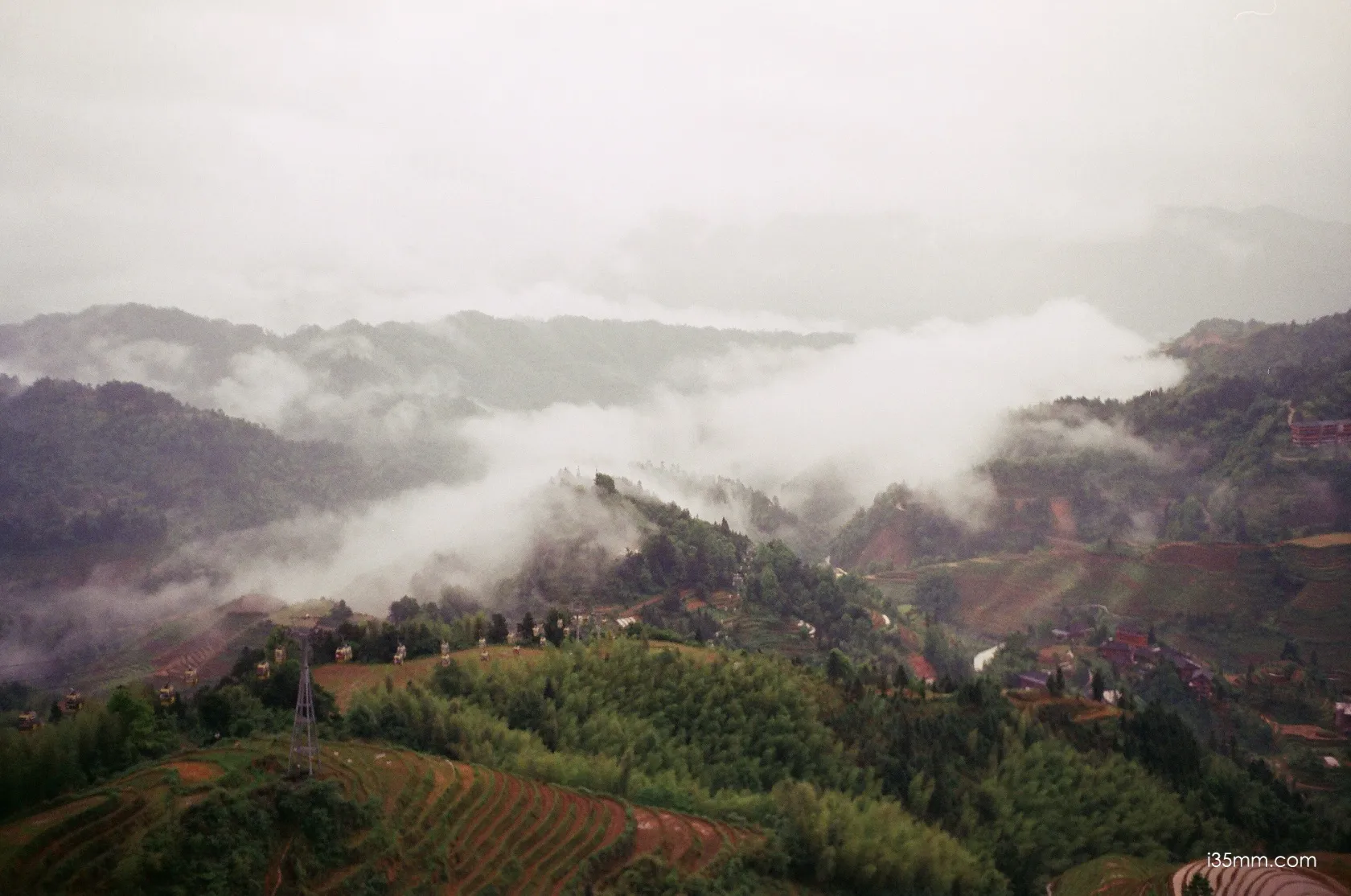
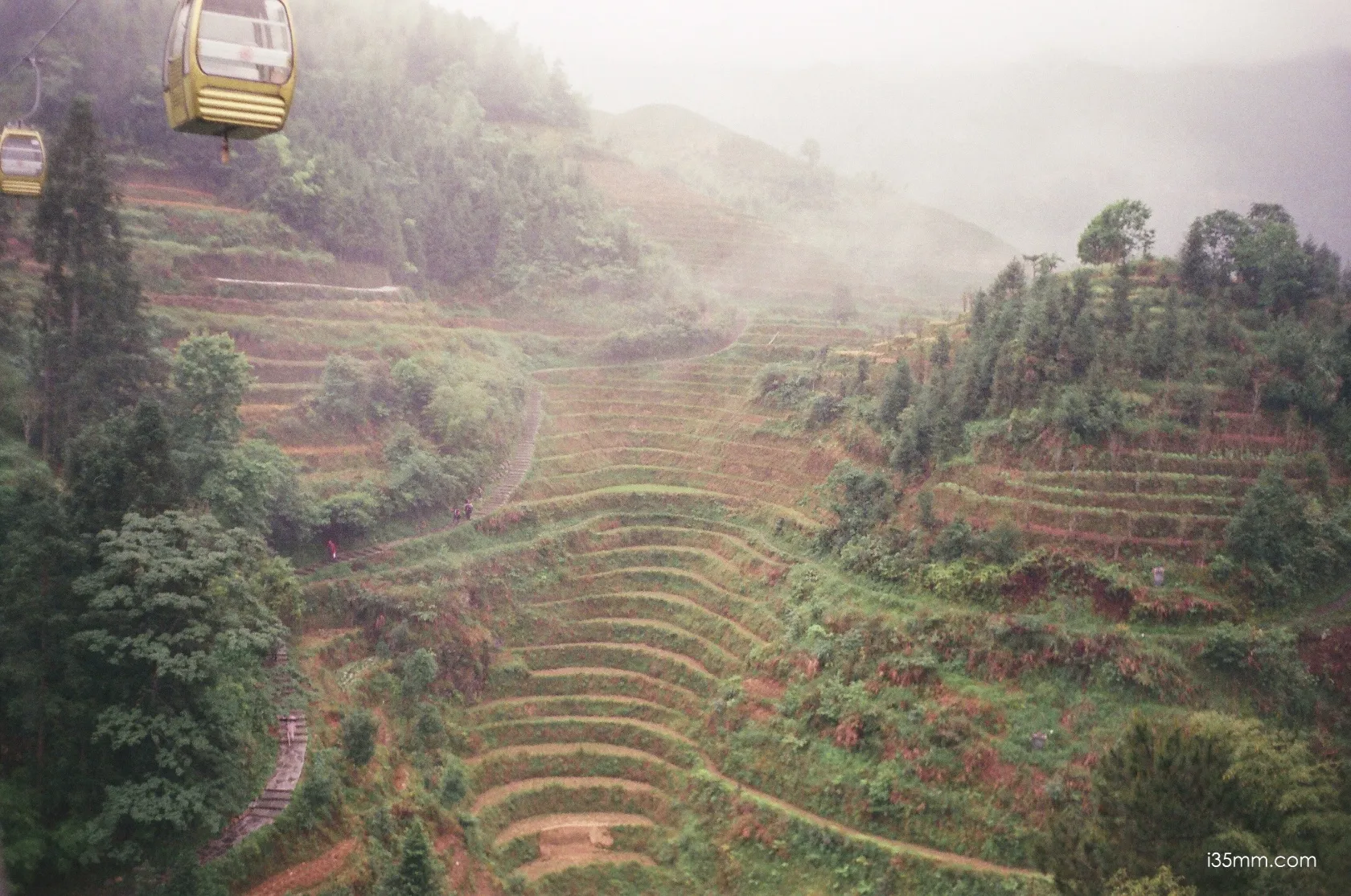
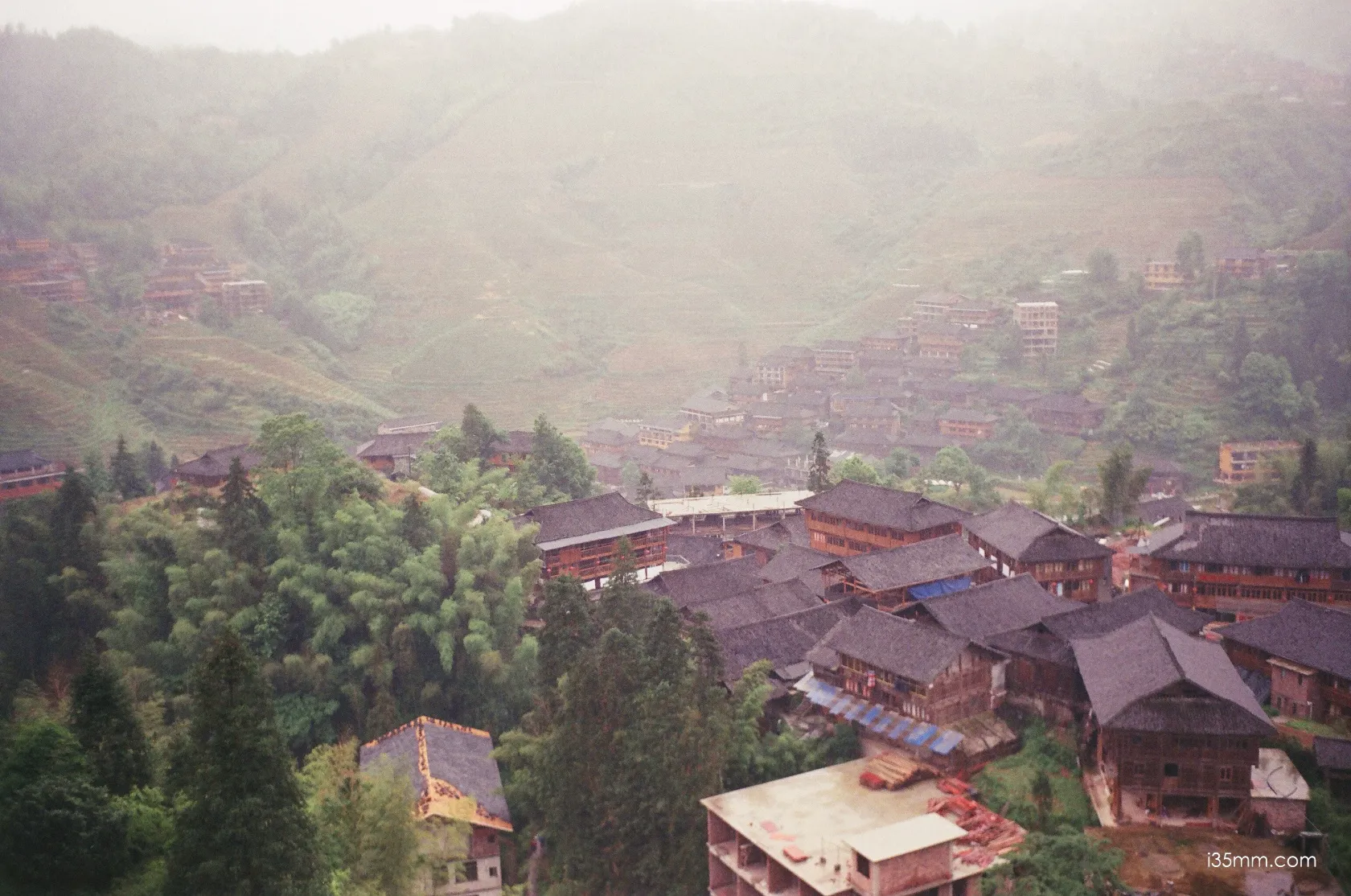
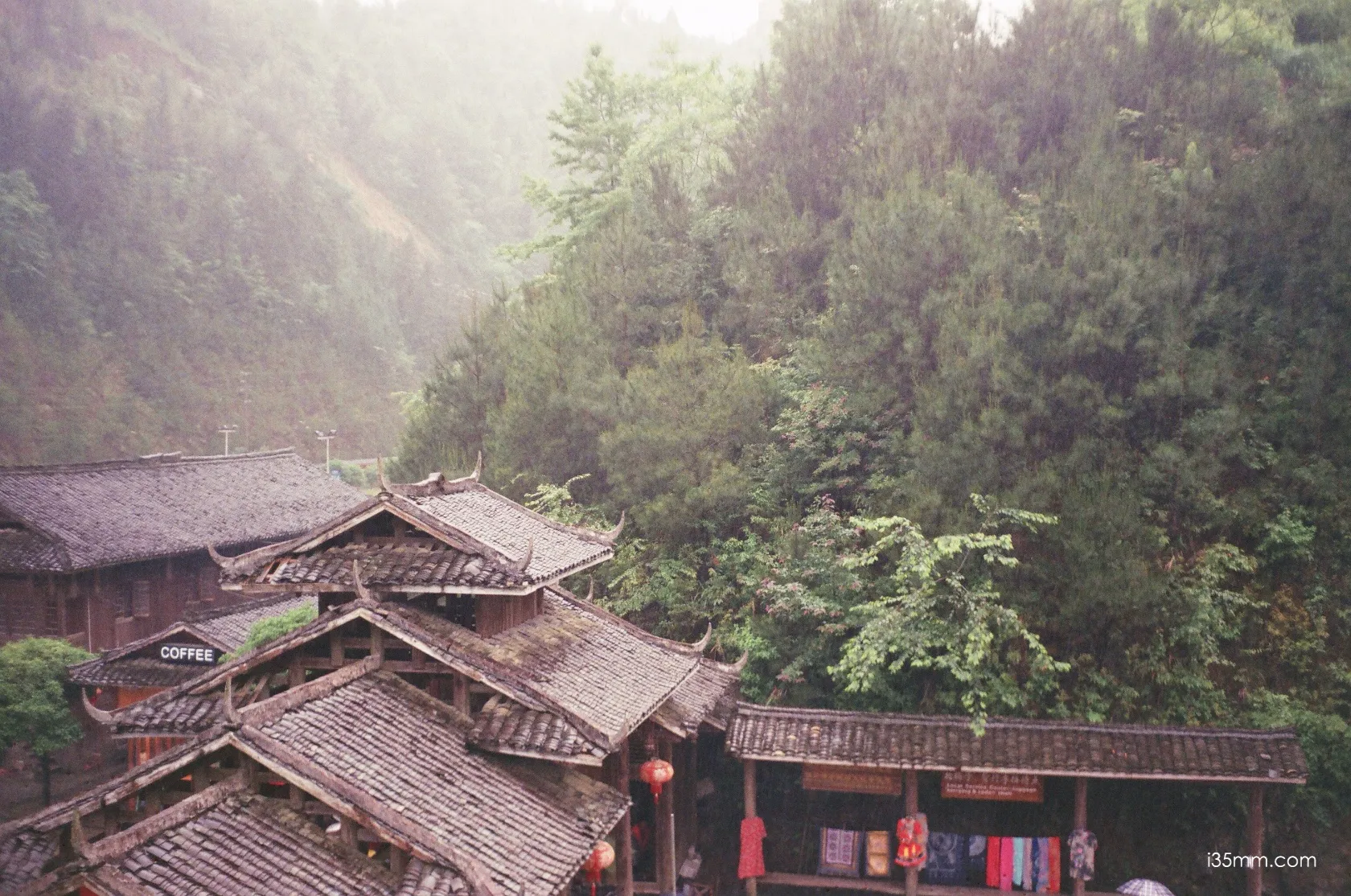
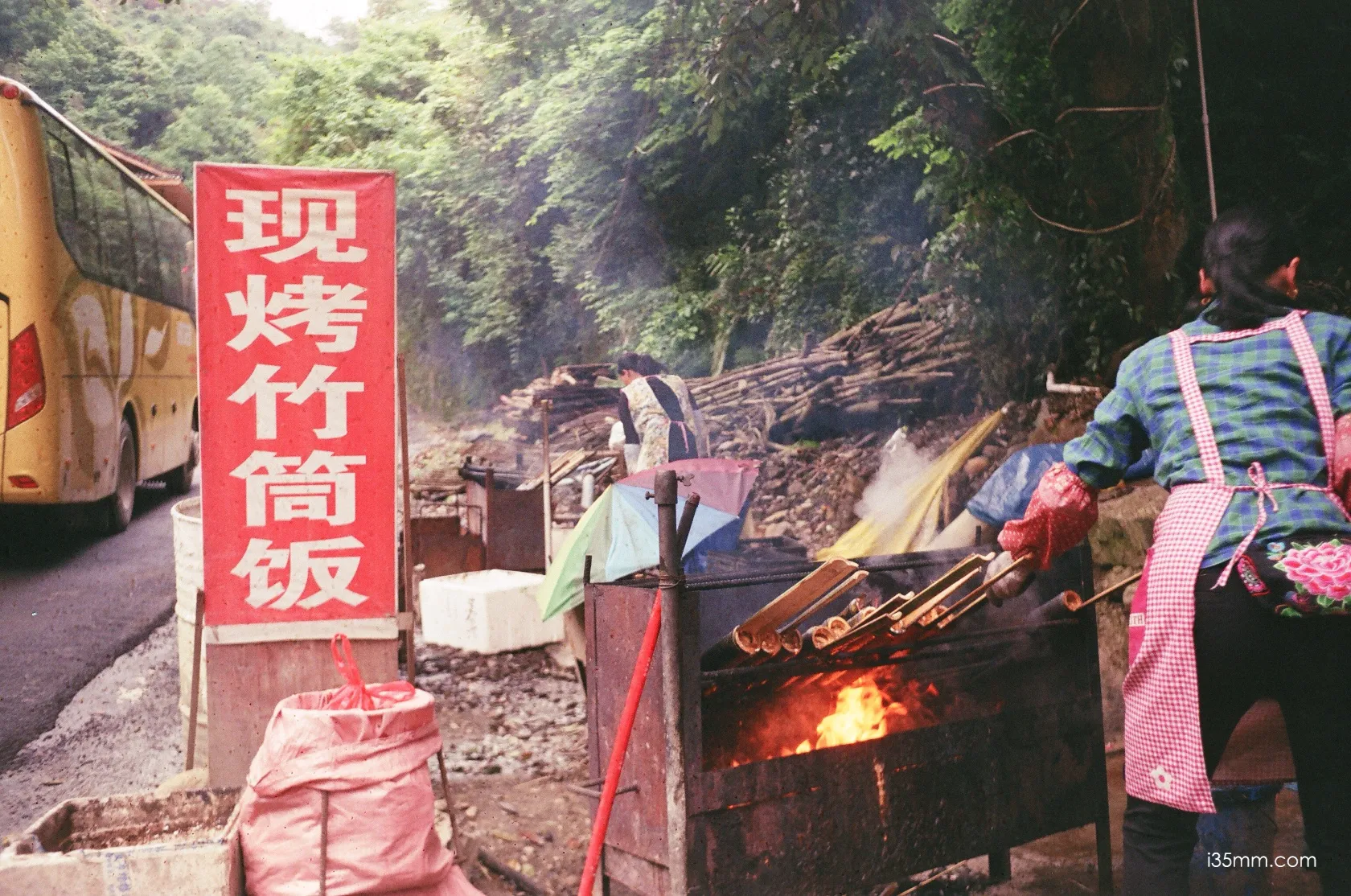
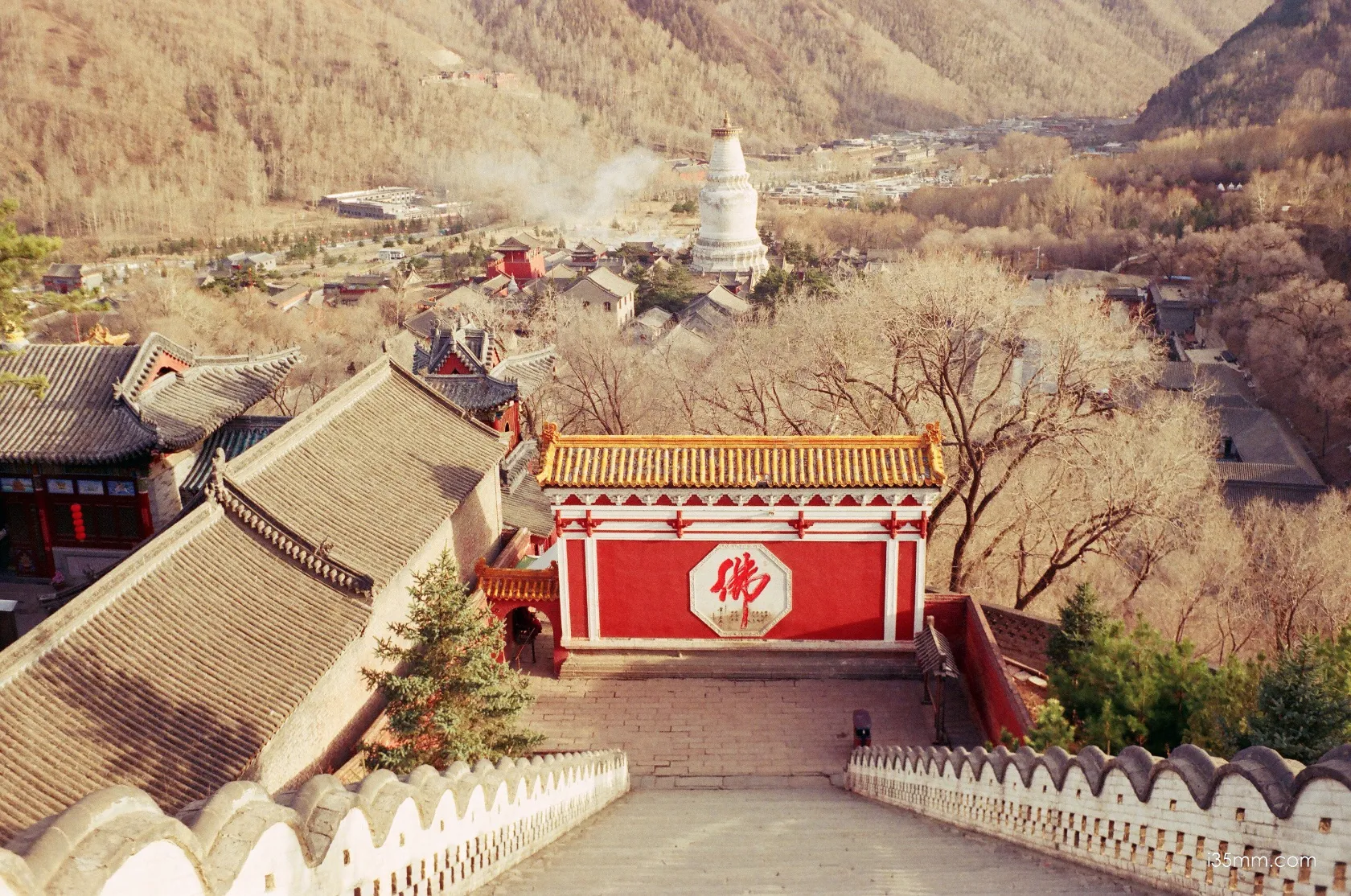
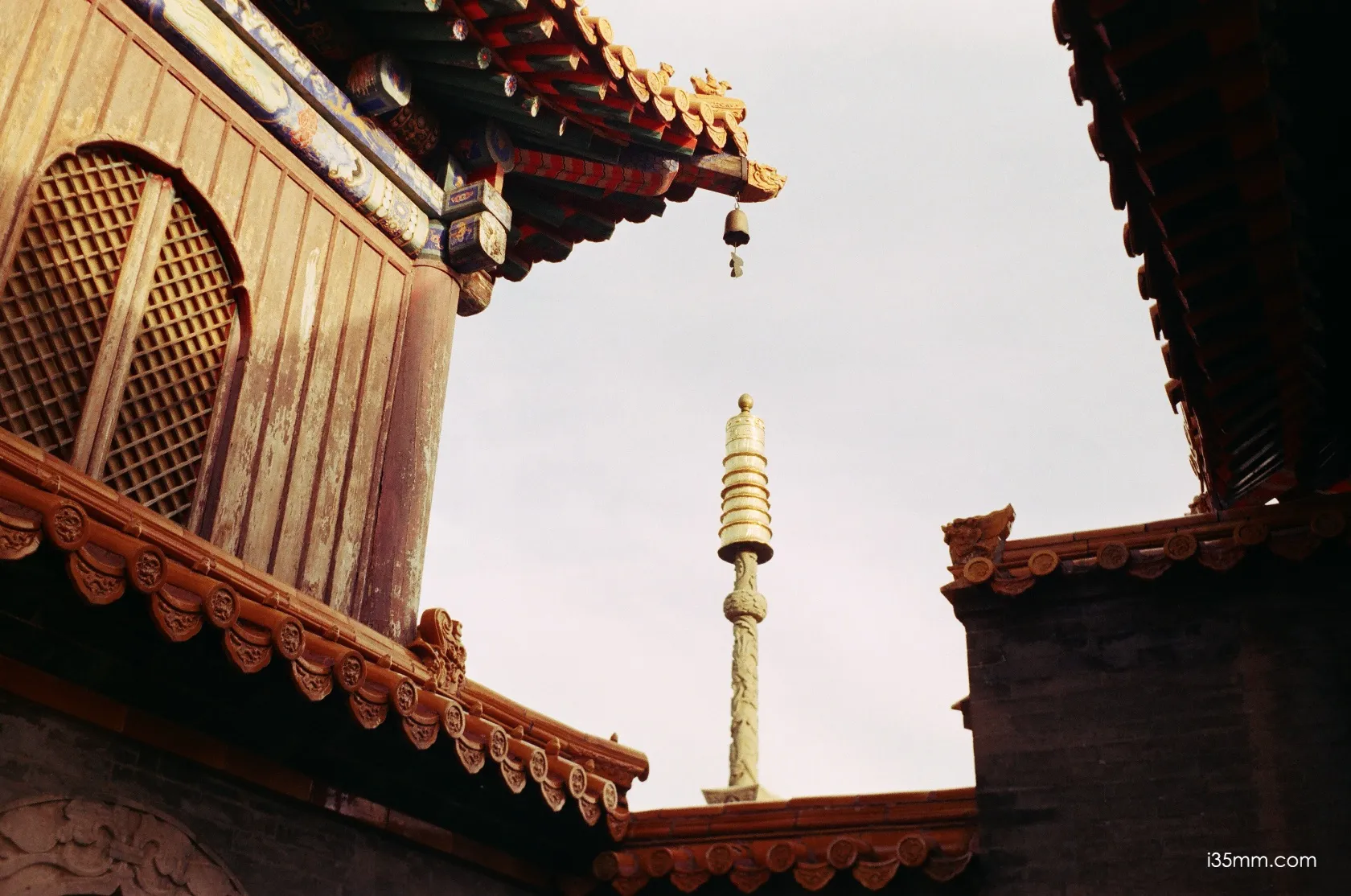
Leica CM Review: The Haiku Master of Film Cameras
Prologue: The Last Waltz of Analog
In the twilight of the 20th century, as digital dawn loomed like a distant train whistle, the Leica CM emerged—a titanium-clad haiku etched in light. Priced between 1,500–1,500–3,000 (2024 USD), this 290g relic is the Miles Davis solo of compact cameras: effortless, timeless, and achingly cool. Think of it as the final love letter from an era when cameras were built to outlive trends, not algorithms.








Continue reading Leica CM Review: The Haiku Master of Film Cameras
Minox AF Review: The Volkswagen Beetle of Film Cameras
Prologue: The Pocket-Sized Time Machine
In a world racing toward AI-powered everything, the 1988 Minox AF glides in like a vintage Volkswagen Beetle—small, unpretentious, and stubbornly analog. Priced between 150–150–300 (2024 USD), this 200g plastic-and-glass marvel is the haiku of film photography: brief, beautiful, and deceptively profound. Forget autofocus speed demons—this German-made gem rewards patience like a Bavarian baker rewards early risers.
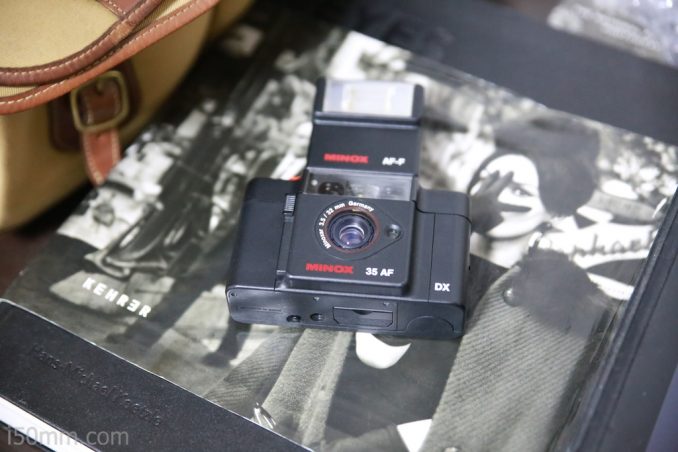
Continue reading Minox AF Review: The Volkswagen Beetle of Film Cameras
Leica Mini 3 Review: The Pocket-Sized “Soap Bar” of 90s Nostalgia
Prologue: The Unlikely Underdog
In the 1990s, when brick-sized zoom compacts ruled the streets, the Leica Mini 3 slipped into the scene like a stealthy haiku—small, poetic, and disarmingly brilliant. Priced between 400–400–800 (2024 USD) today, this 180g plastic-and-glass gem is the Mini Cooper of film cameras: unpretentious, joyful, and engineered for spontaneity. Forget clunky SLRs—this is photography’s answer to a perfectly folded origami crane.






Continue reading Leica Mini 3 Review: The Pocket-Sized “Soap Bar” of 90s Nostalgia
“Mastering Monochrome: Leica M8 and Voigtlander 15mm F4.5 in Action
The Voigtlander 15mm F4.5 Super Wide-Heliar, a lens born in the age of analog photography, carries a timeless spirit. Paired with the Leica M8, it transforms black-and-white captures into something profoundly film-like—evoking the texture of nostalgia in every frame. Its brilliance lies not only in its sharpness and clarity but also in its compact form, making it a perfect companion for the streets.
Its ultra-wide embrace invites you to step closer, narrowing the distance between you and the scene, quietly erasing barriers. The closer you approach, the more invisible you seem to become. Freed from the need to compose with precision or raise the camera to my eye, I trust in instinct. With the focus set to 1.5 meters, I wait for the right moment and let the shutter whisper its story.
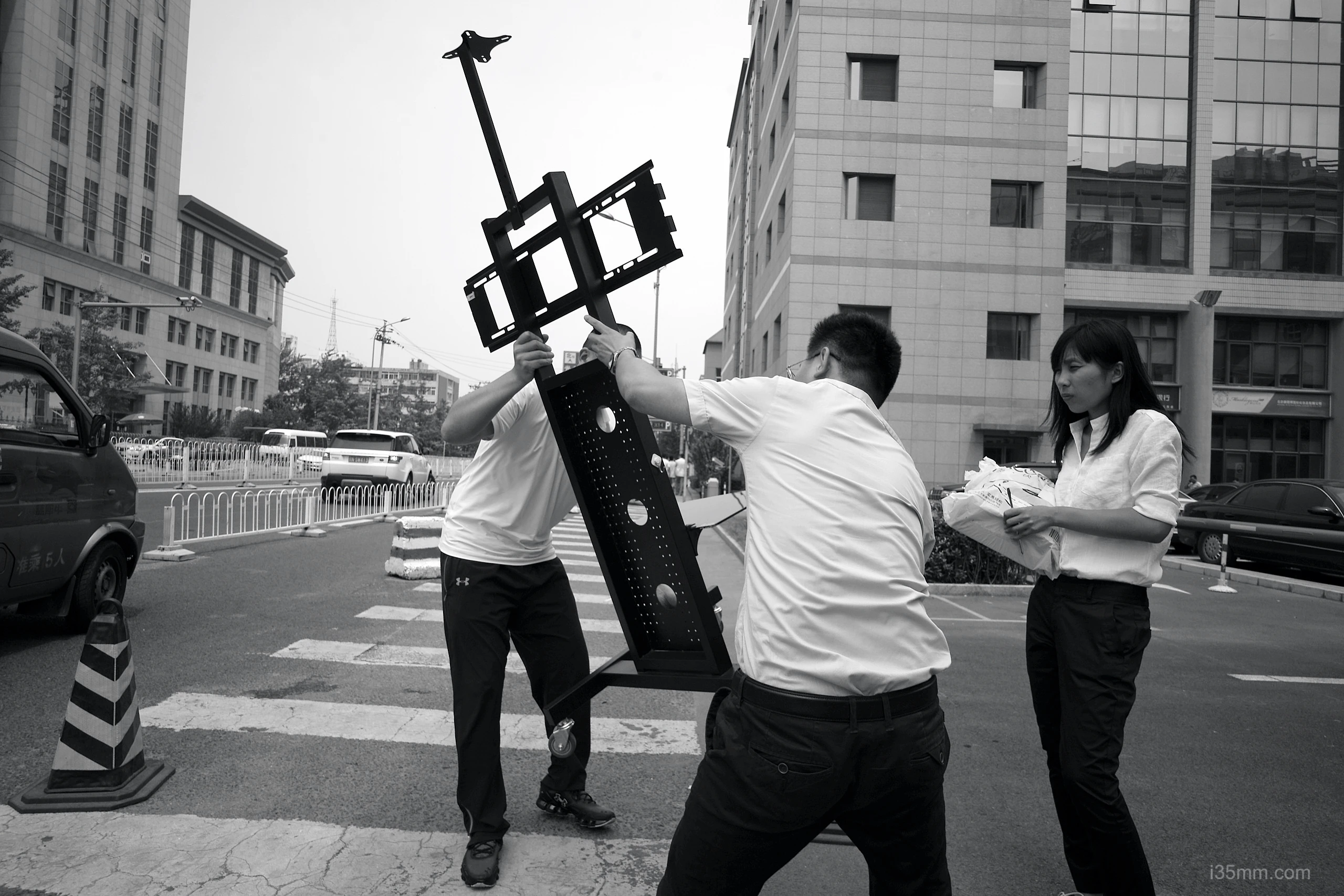
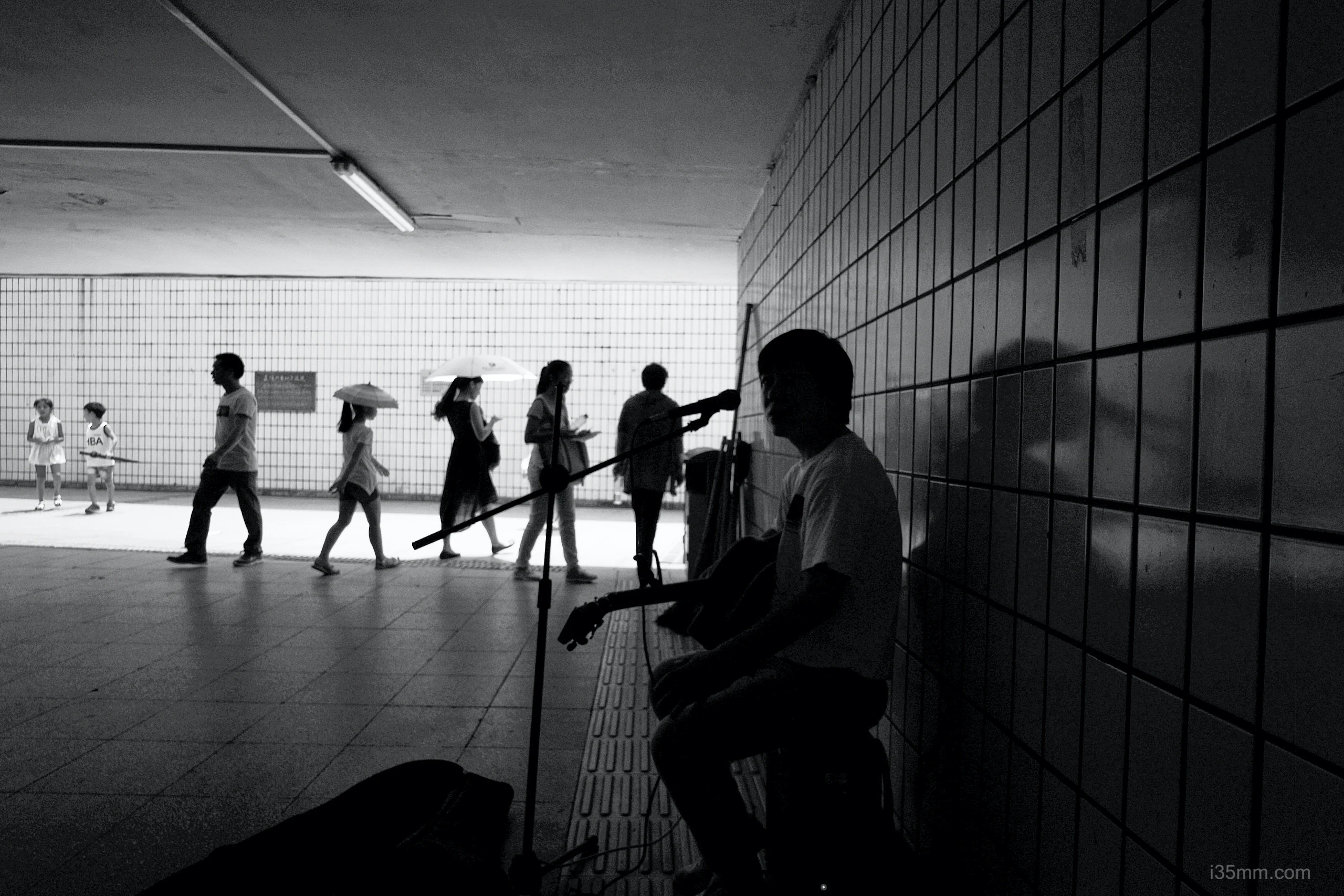
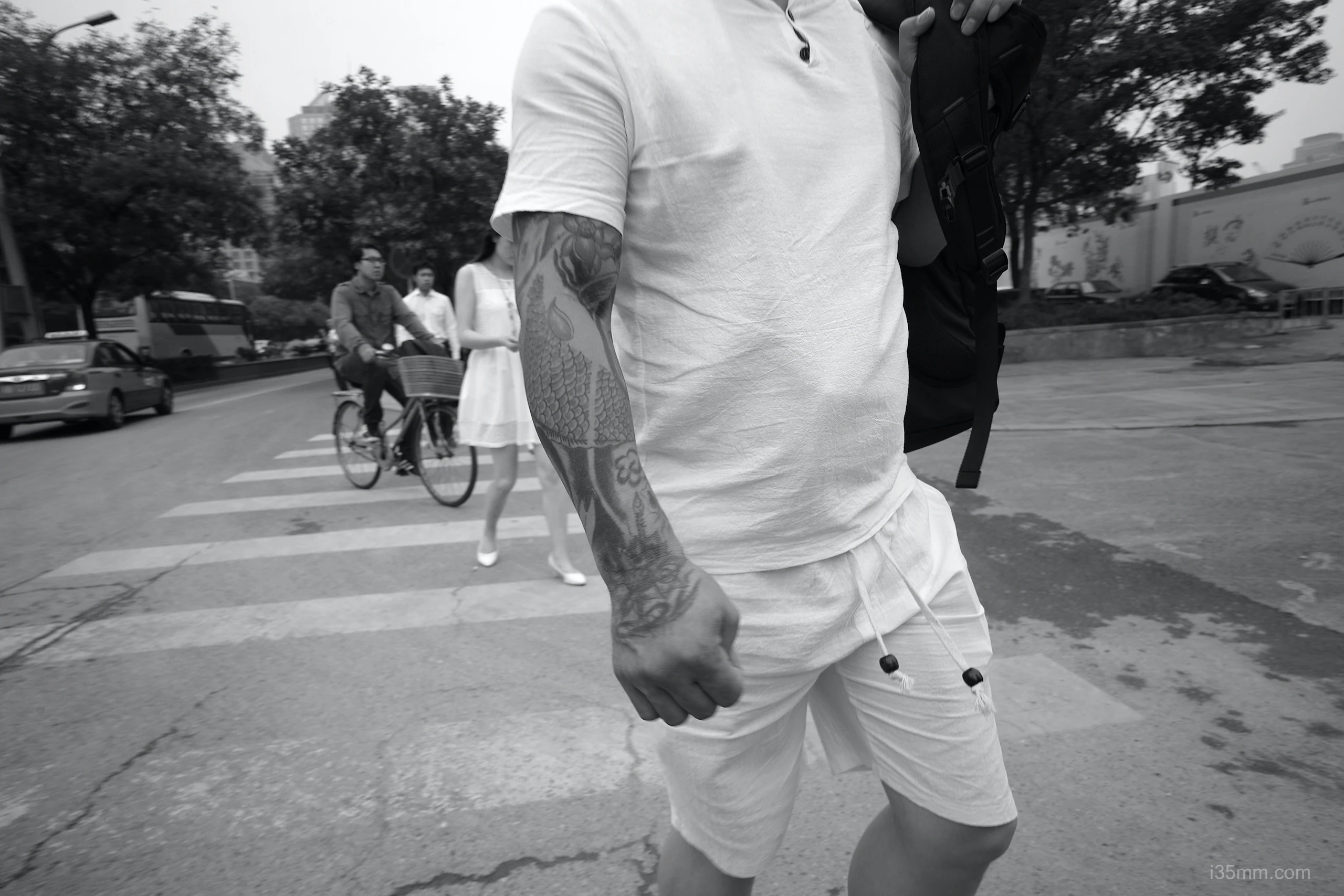
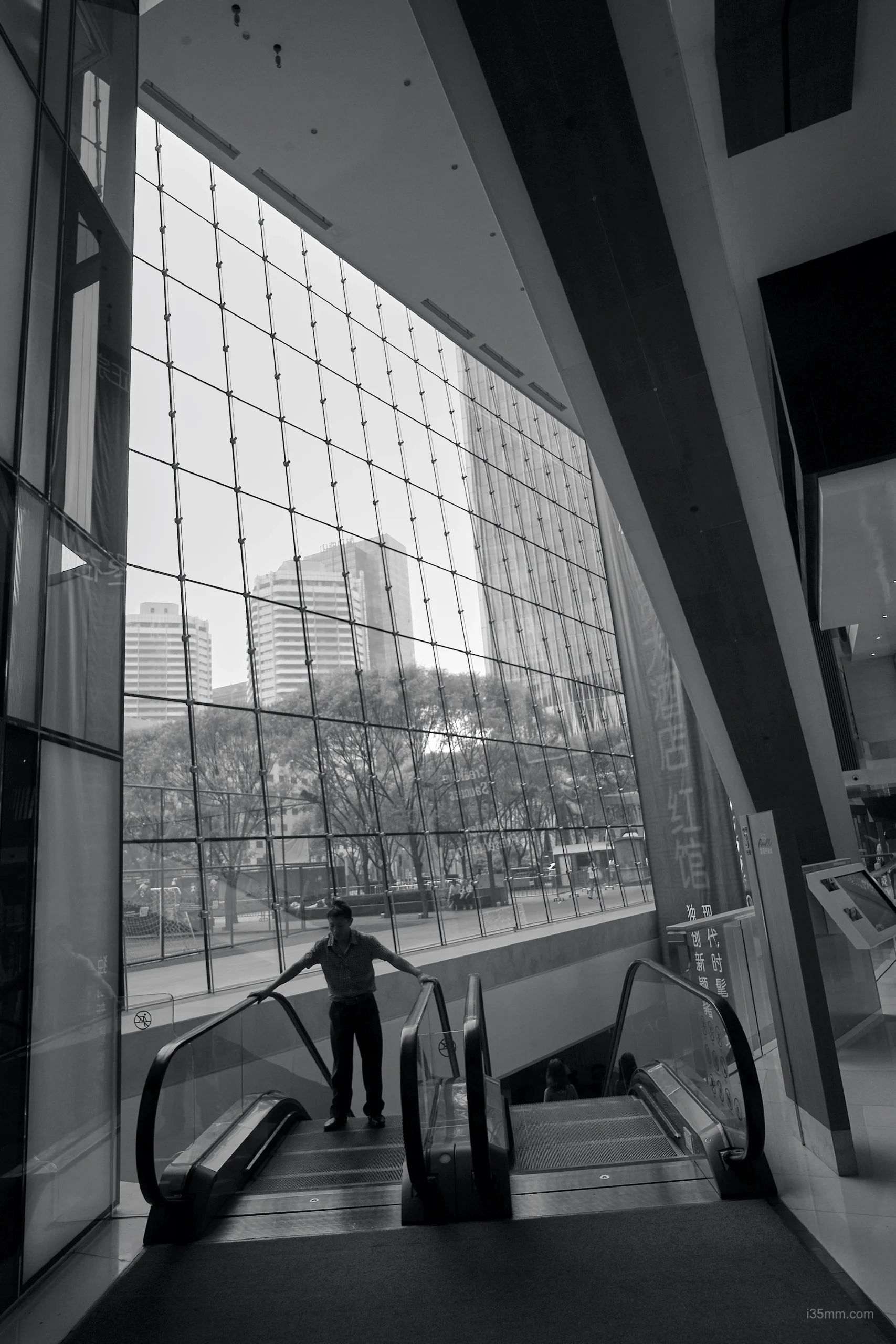
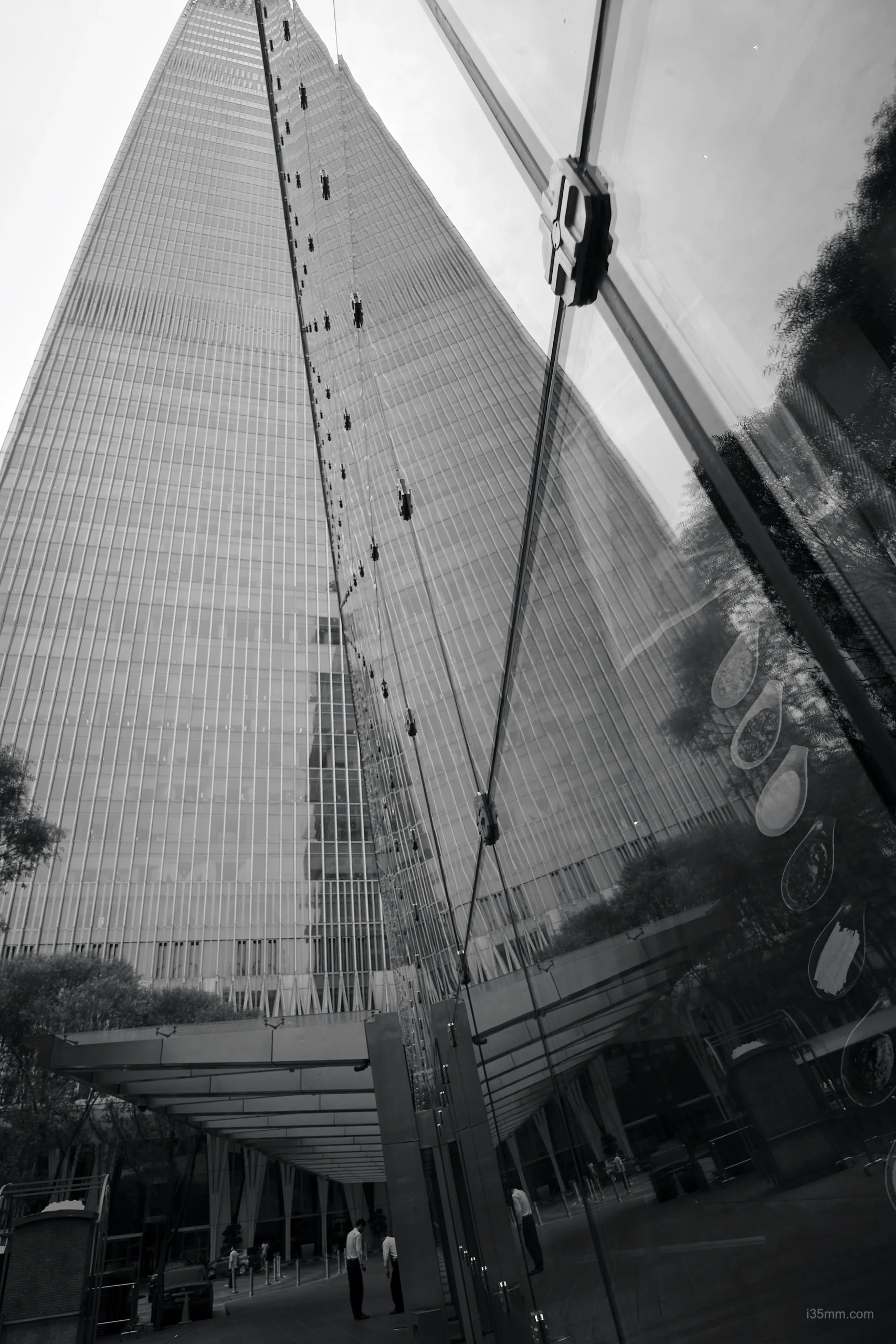
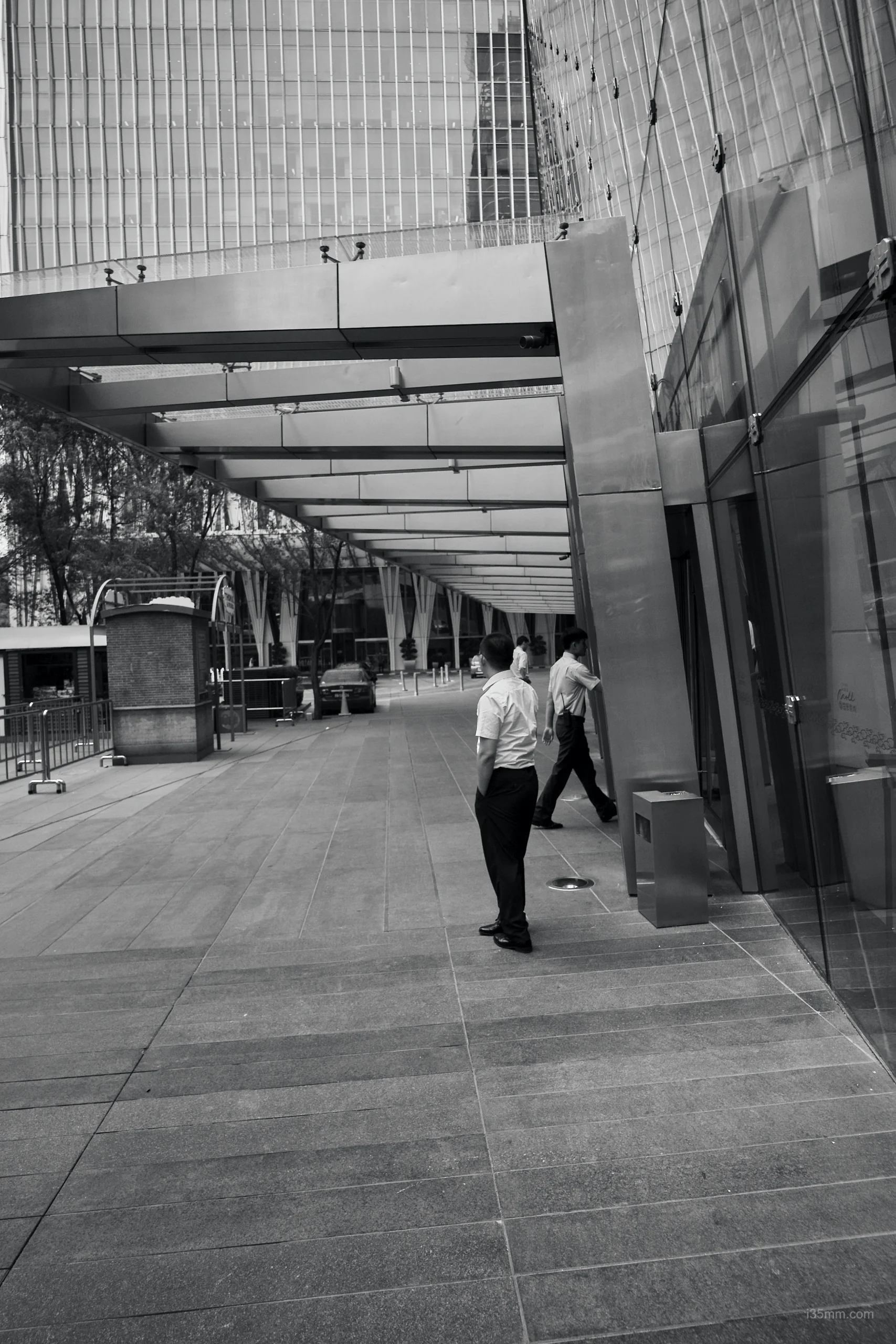
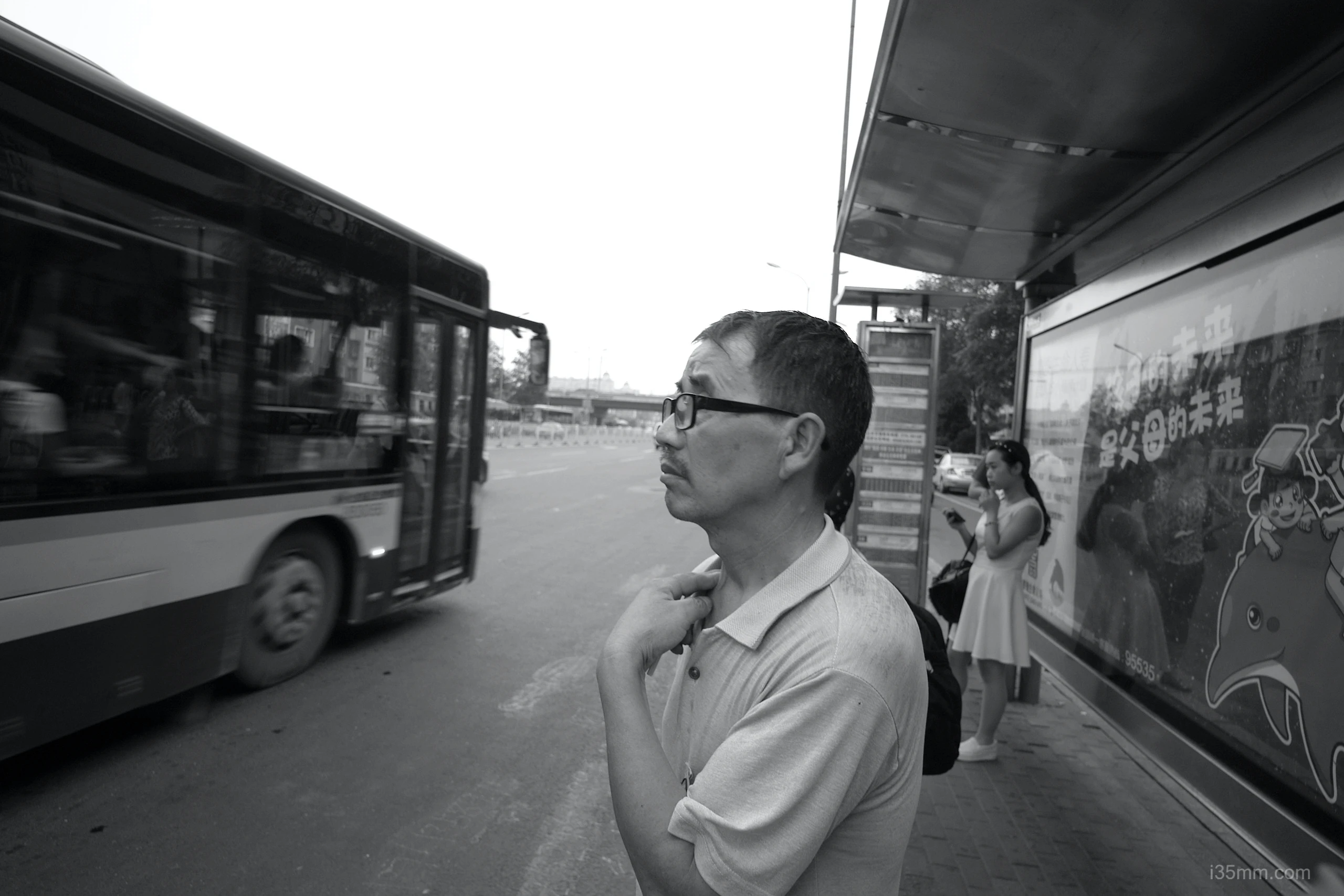
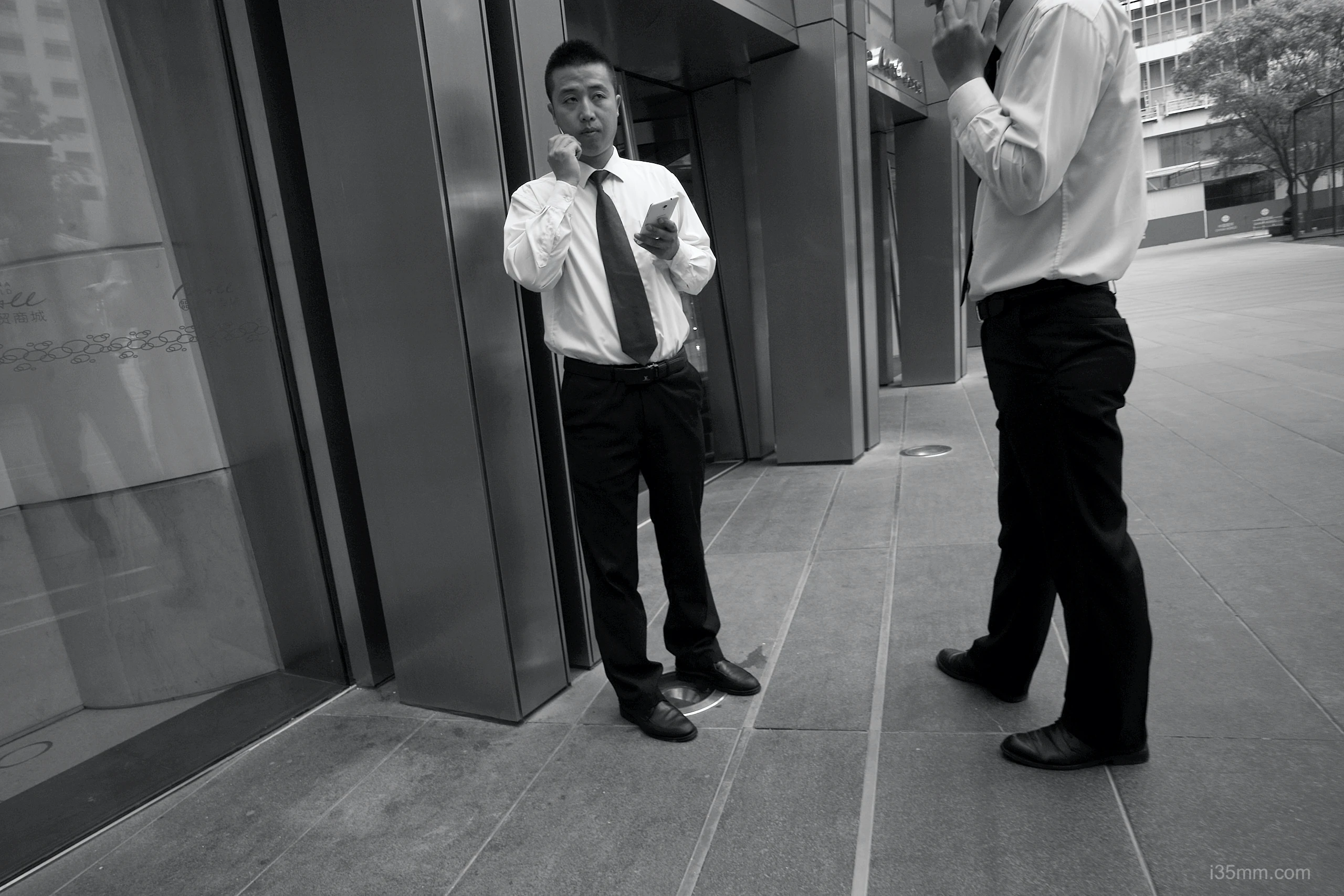
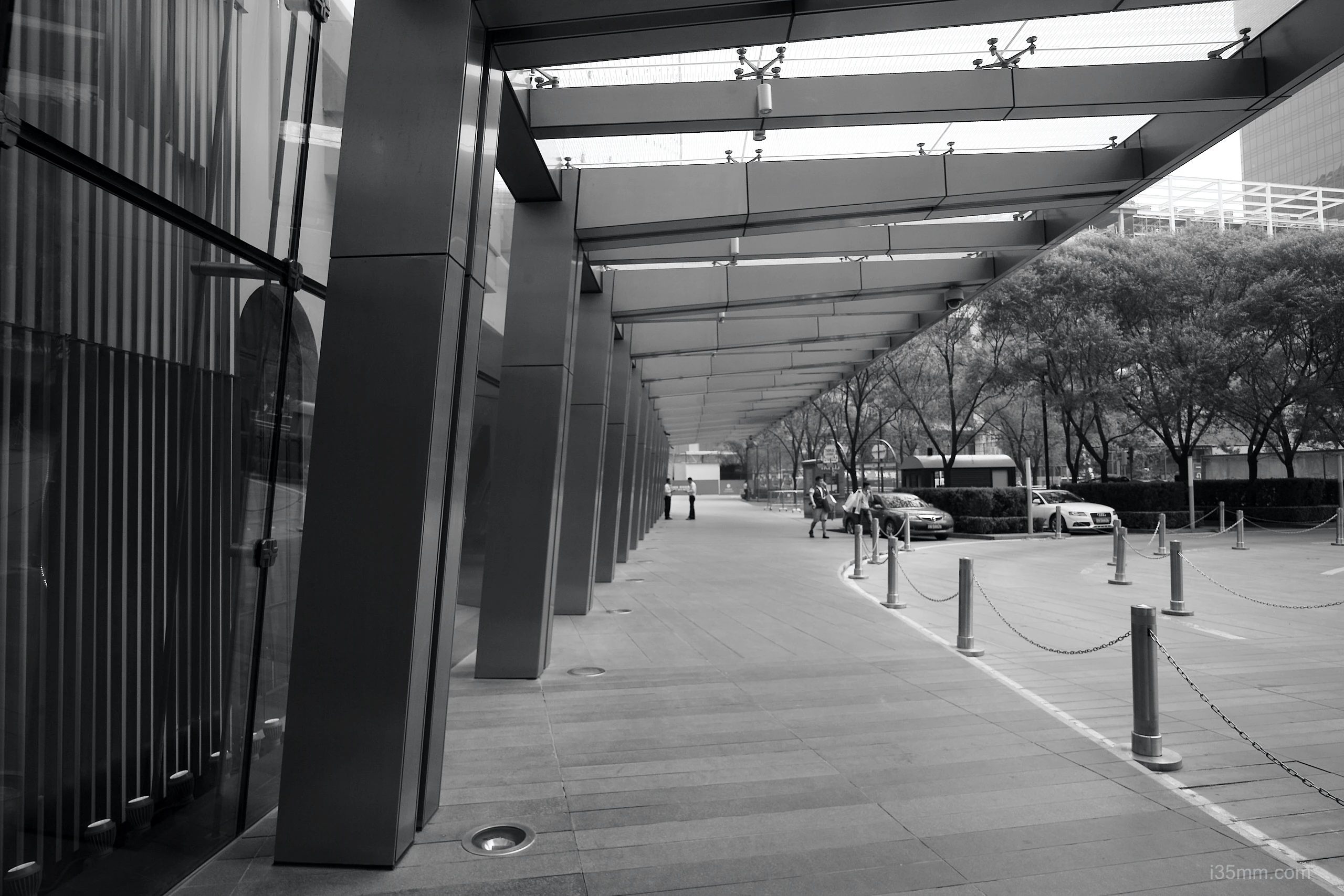
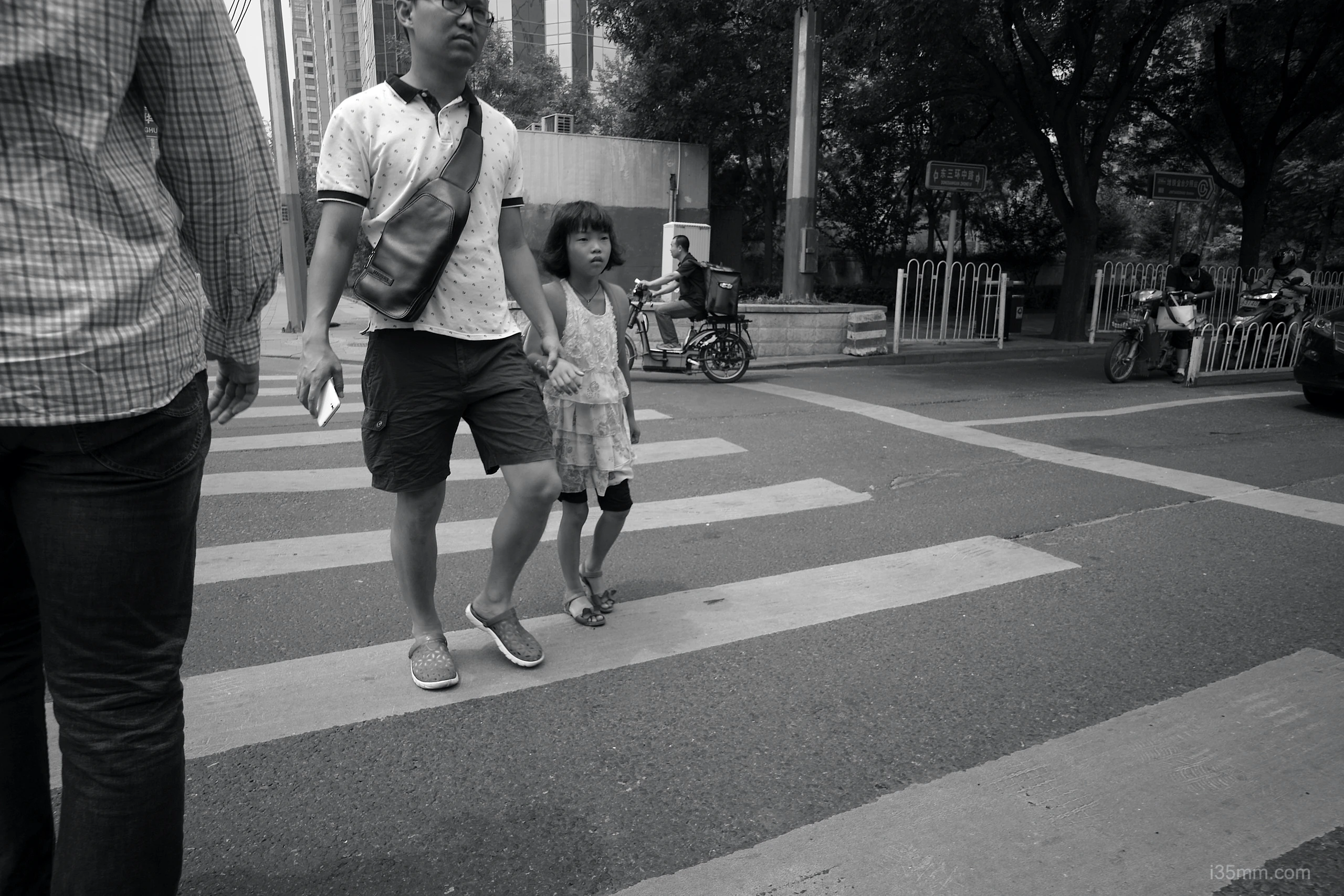
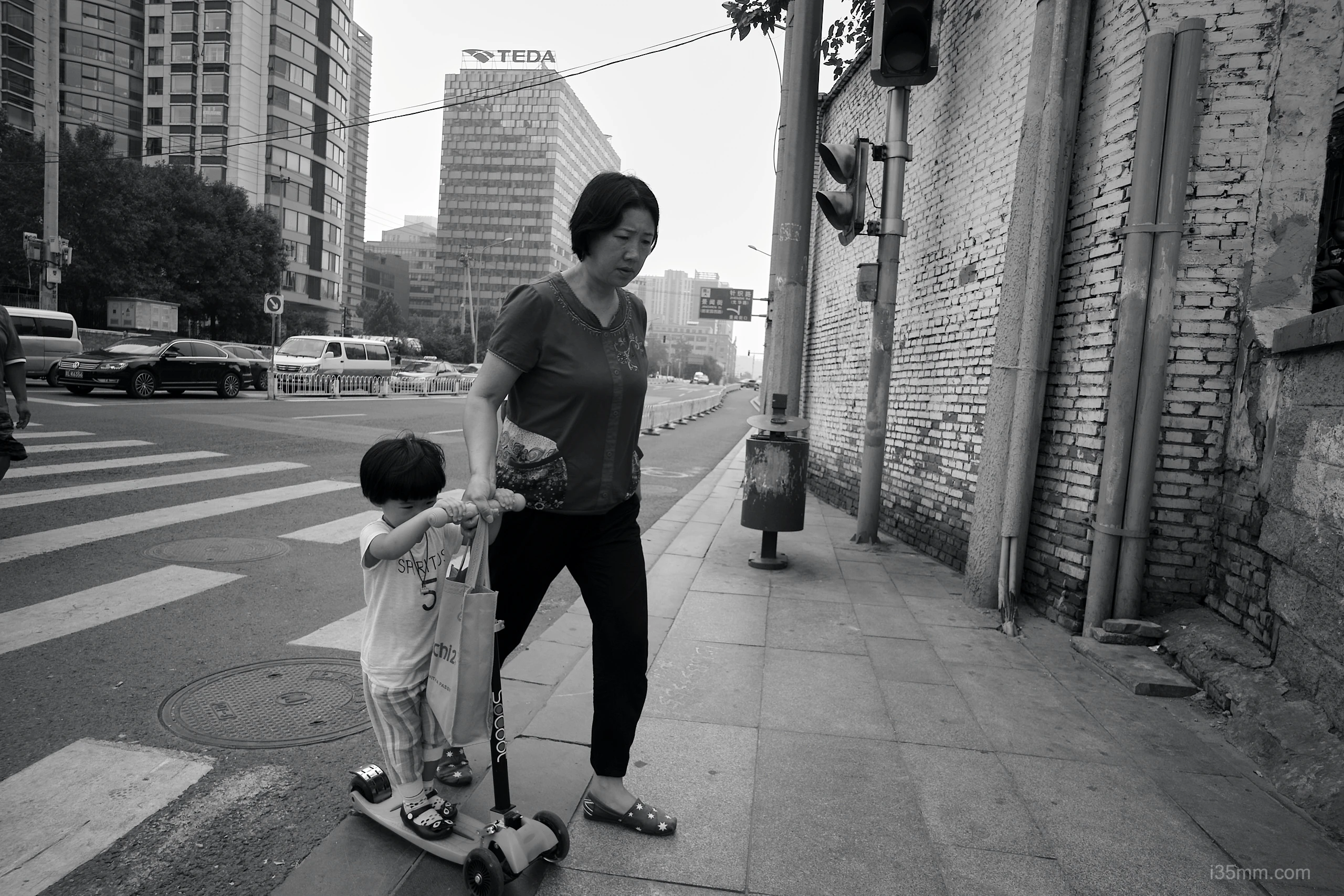
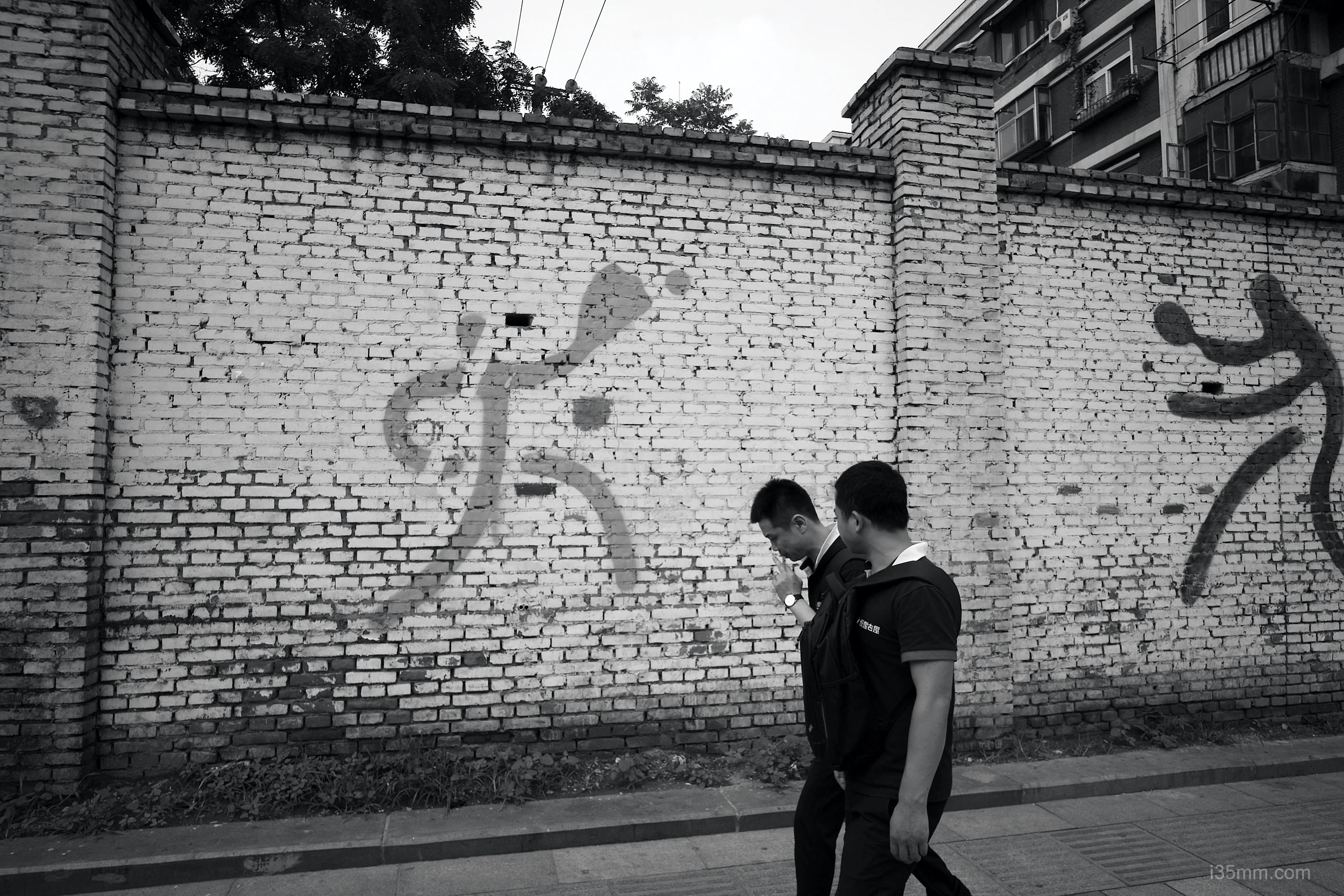
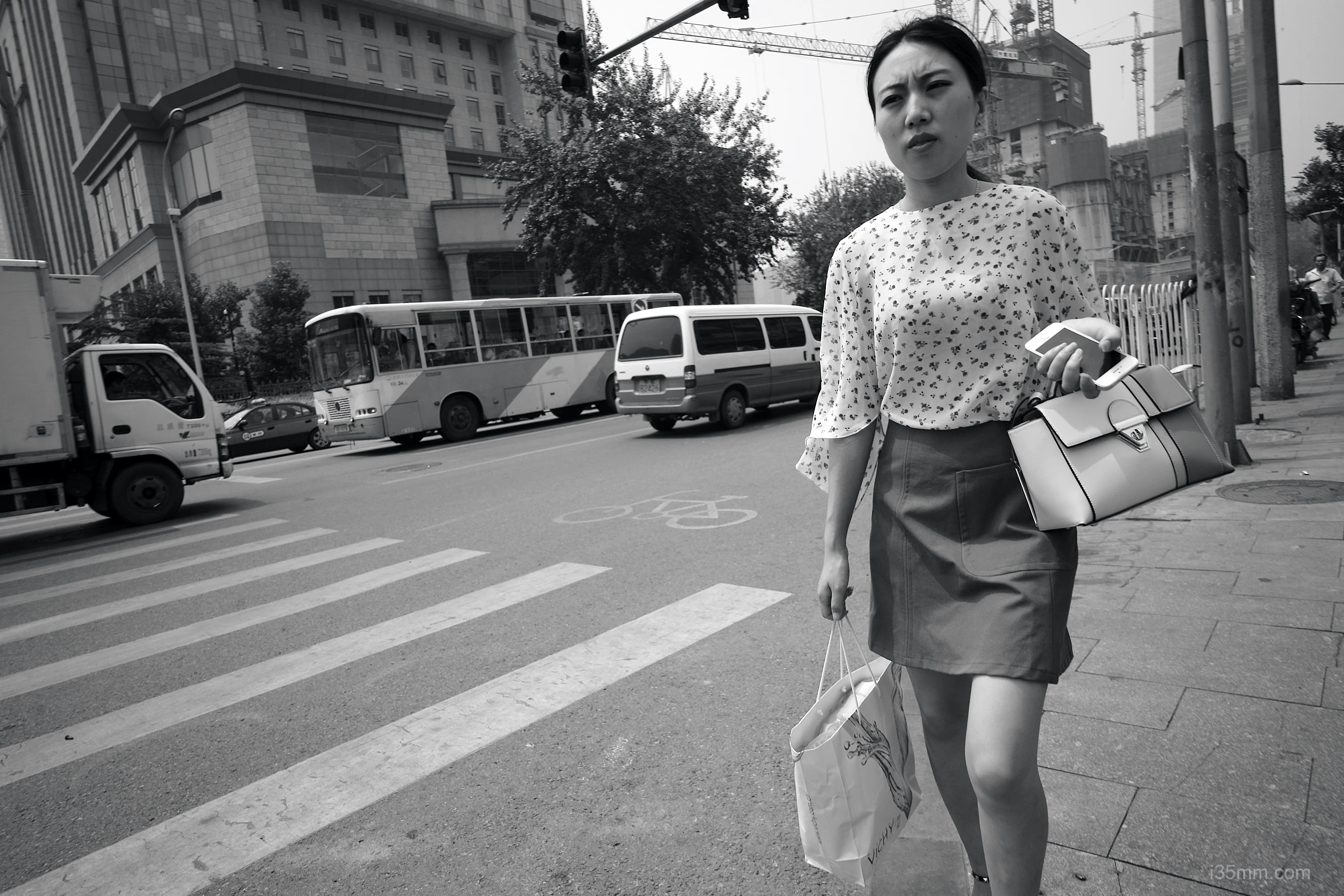
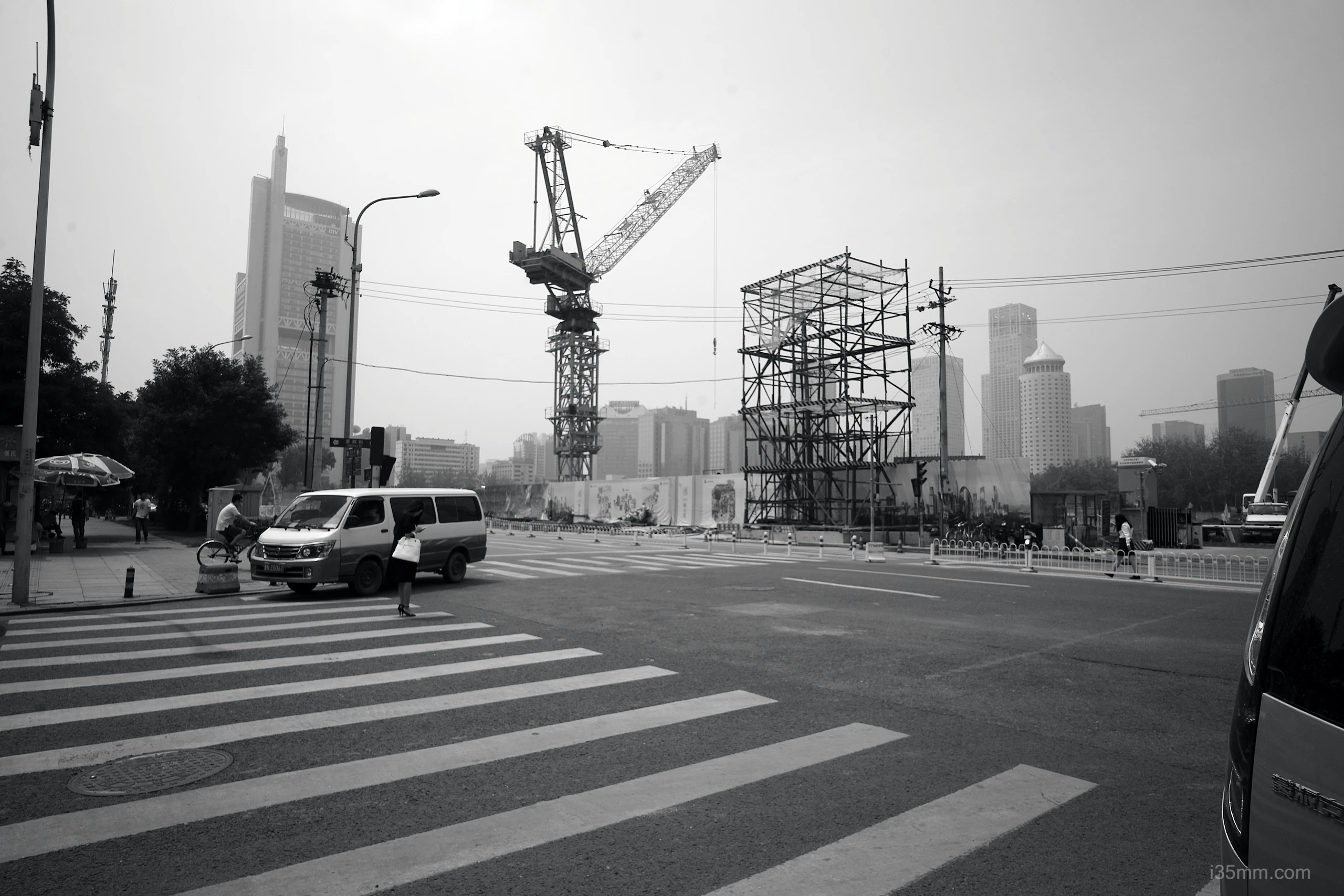
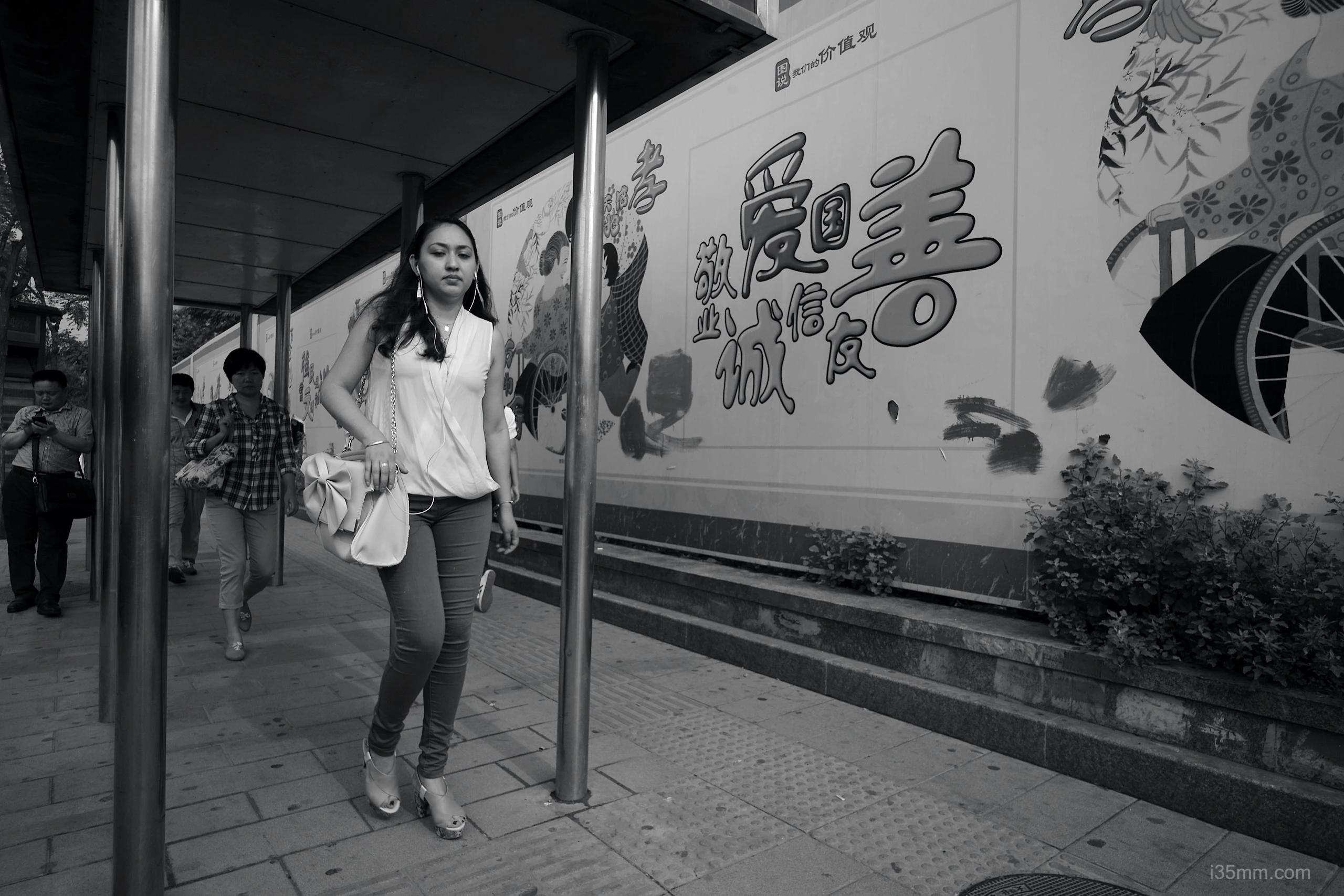
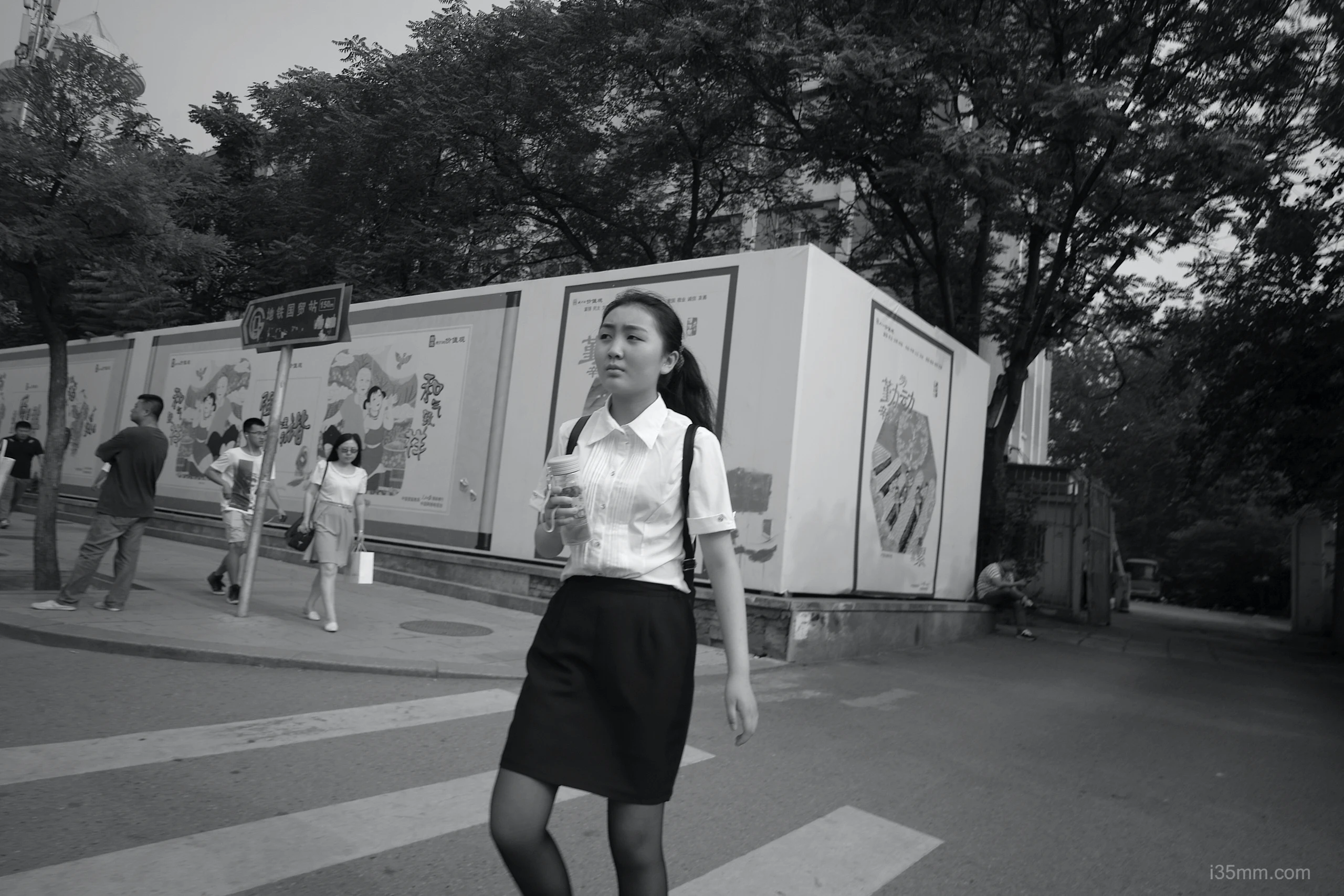
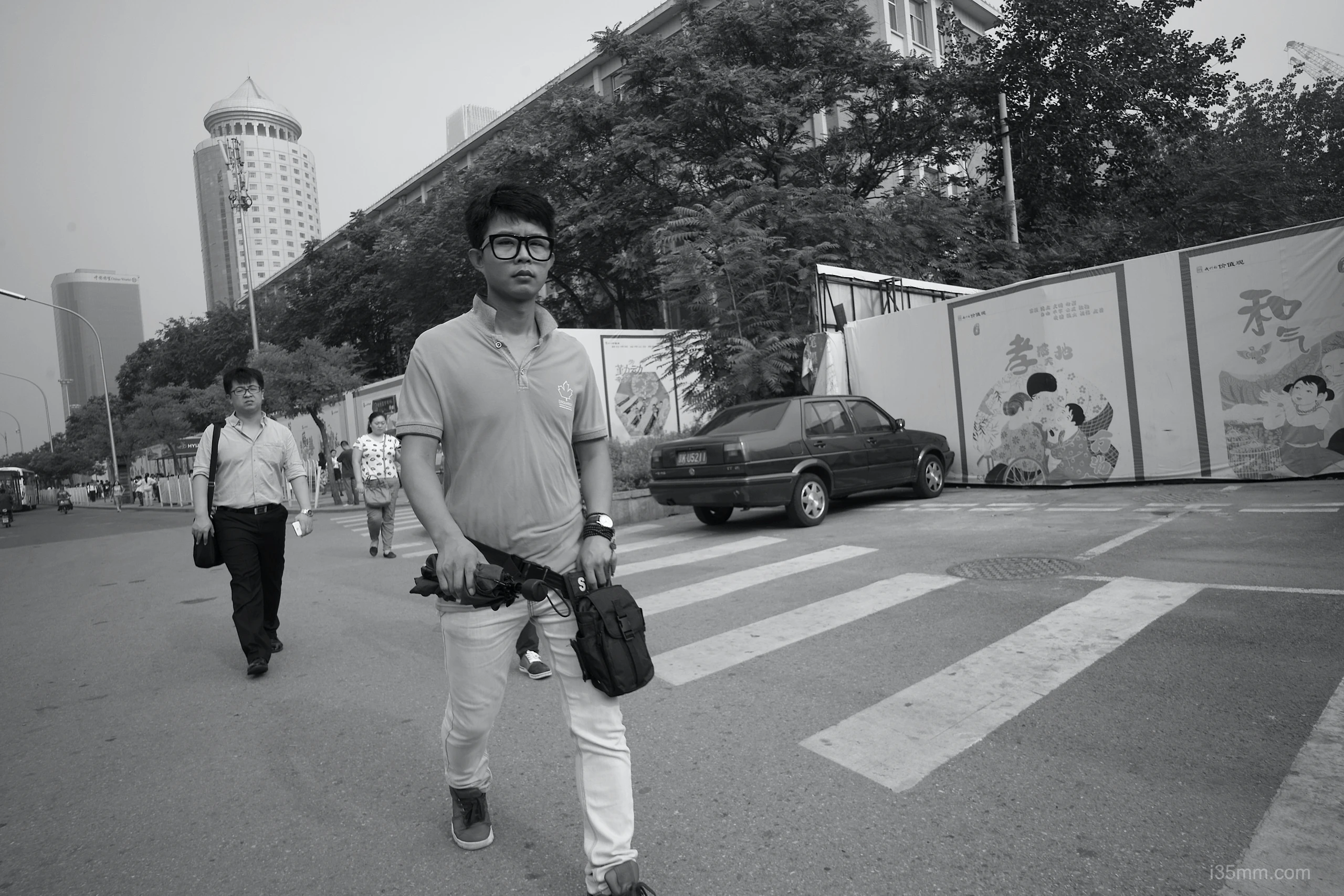
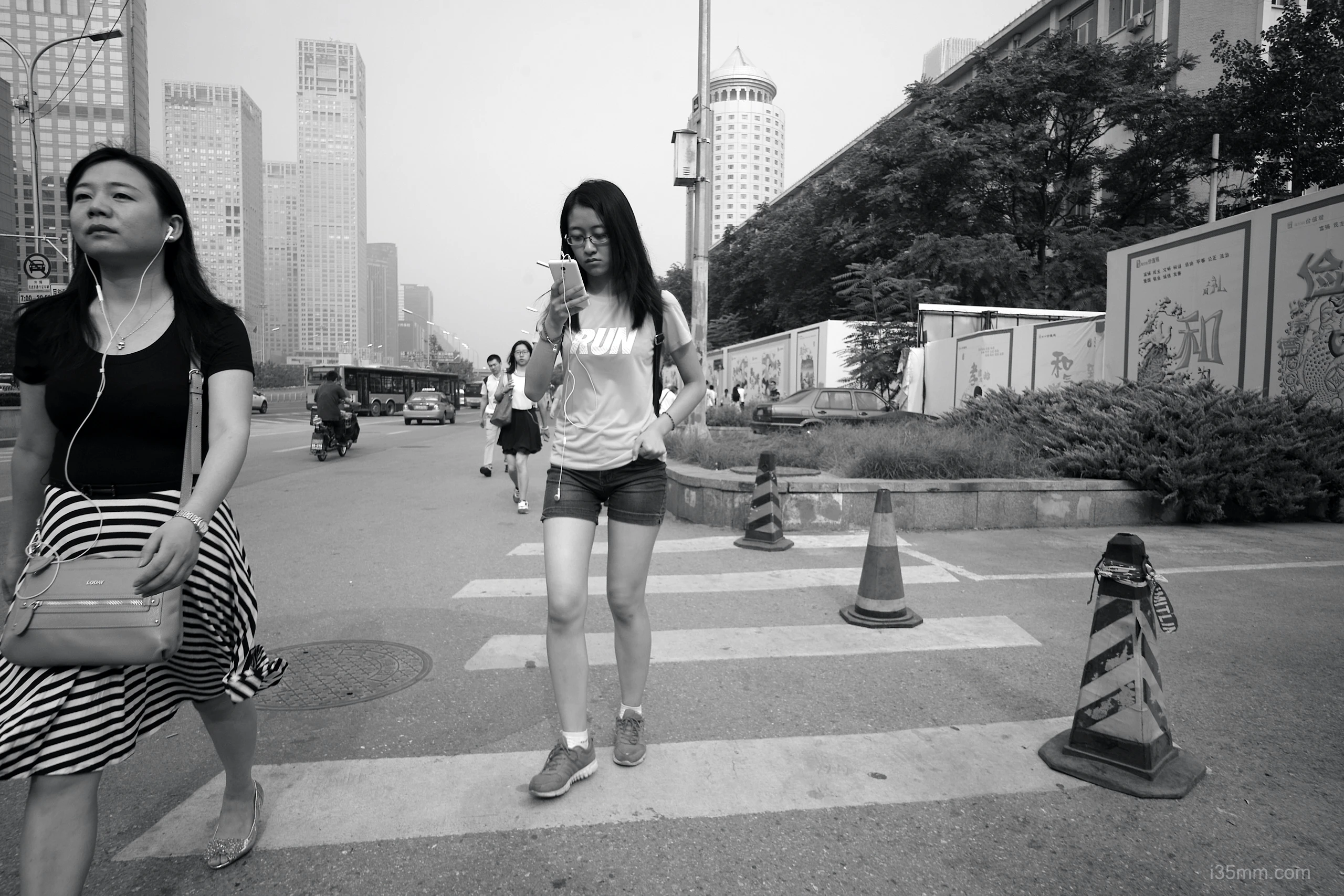
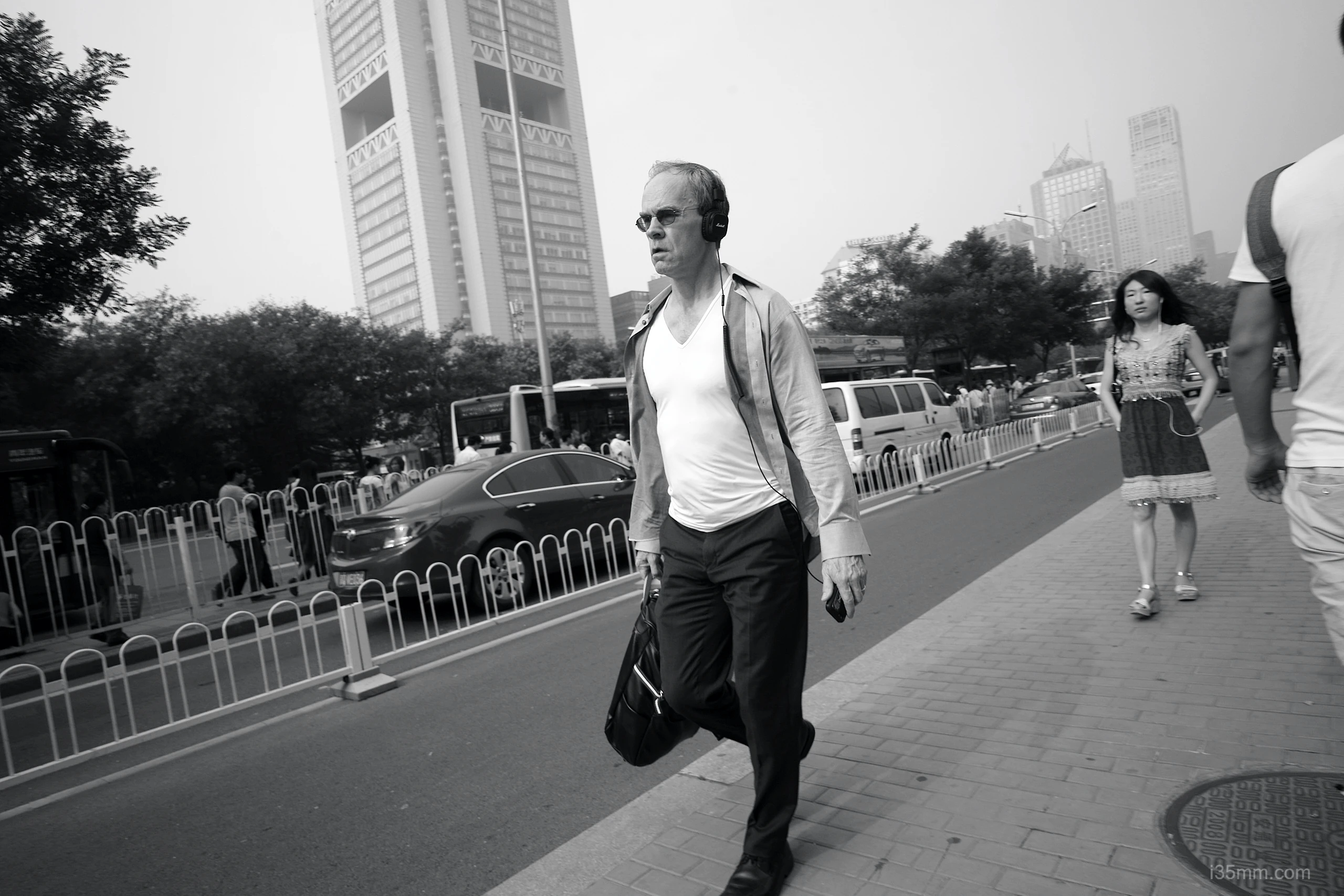
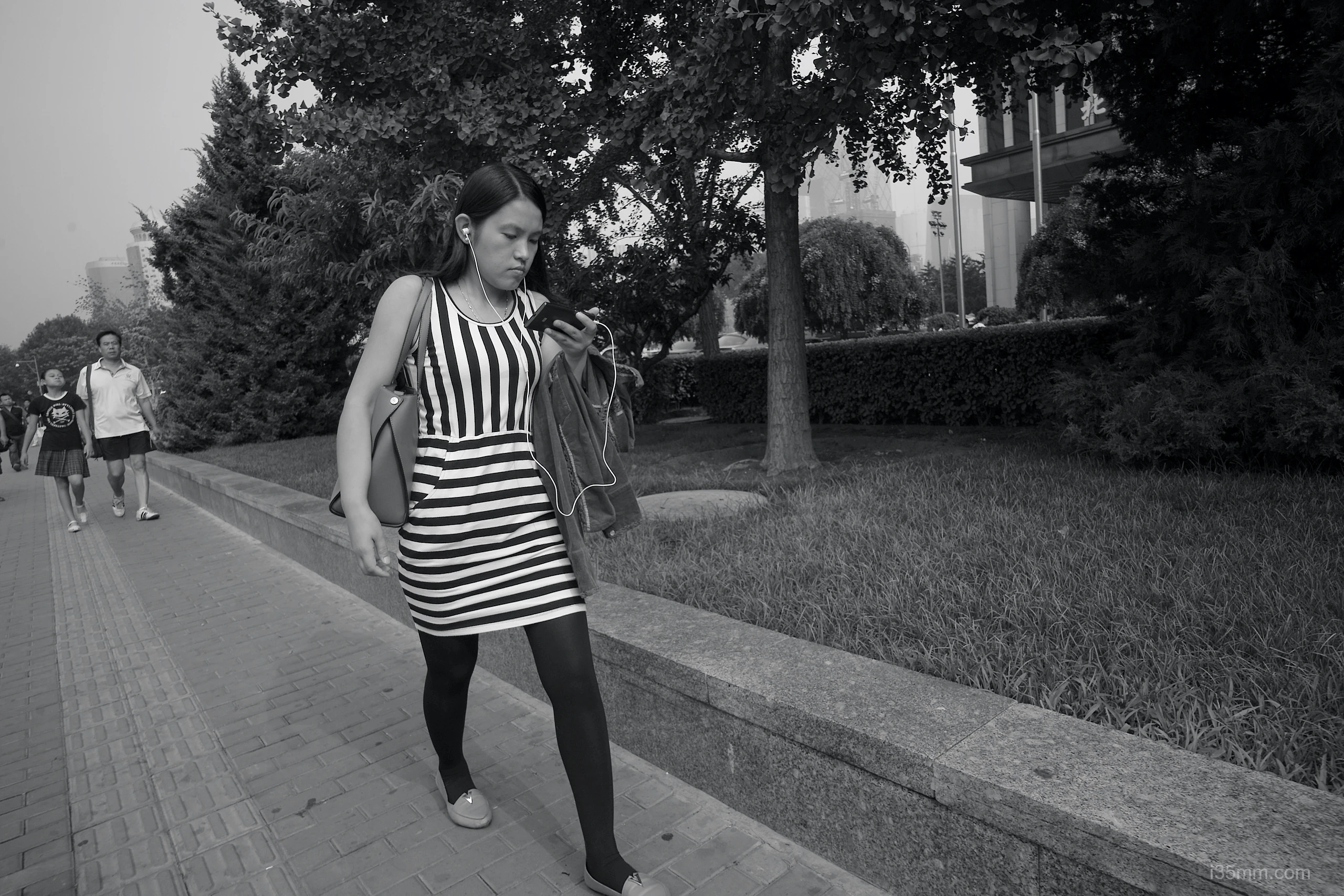
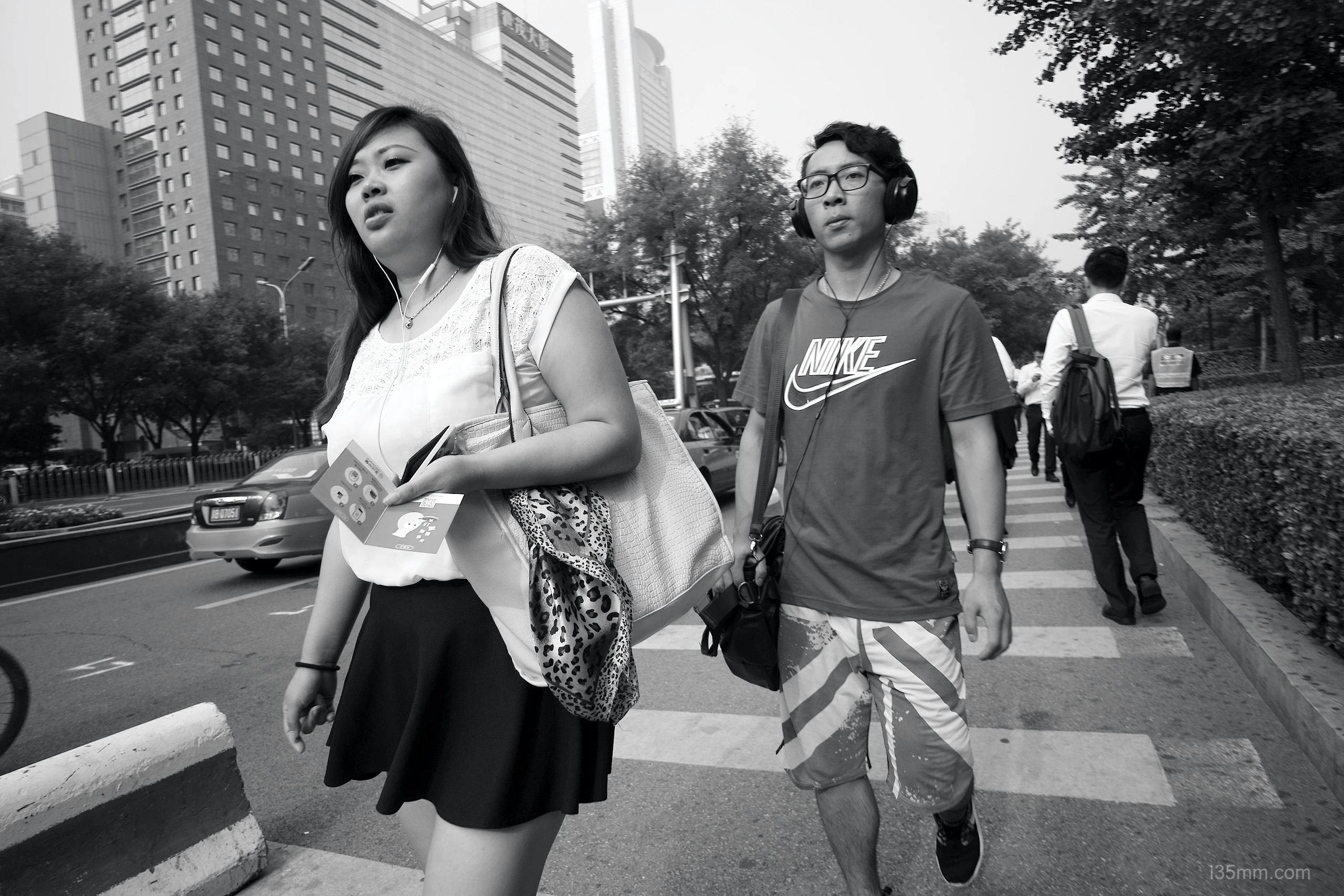
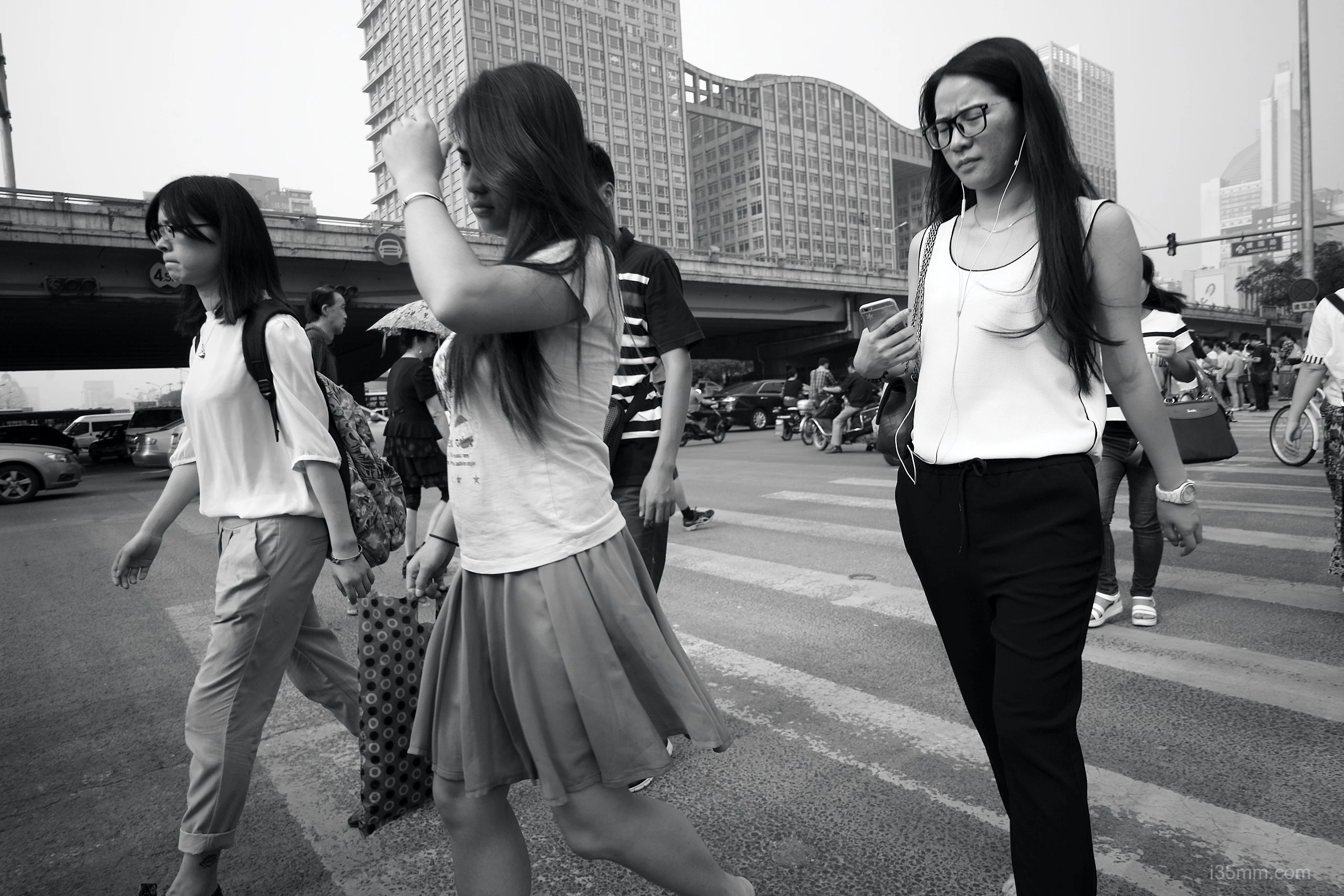
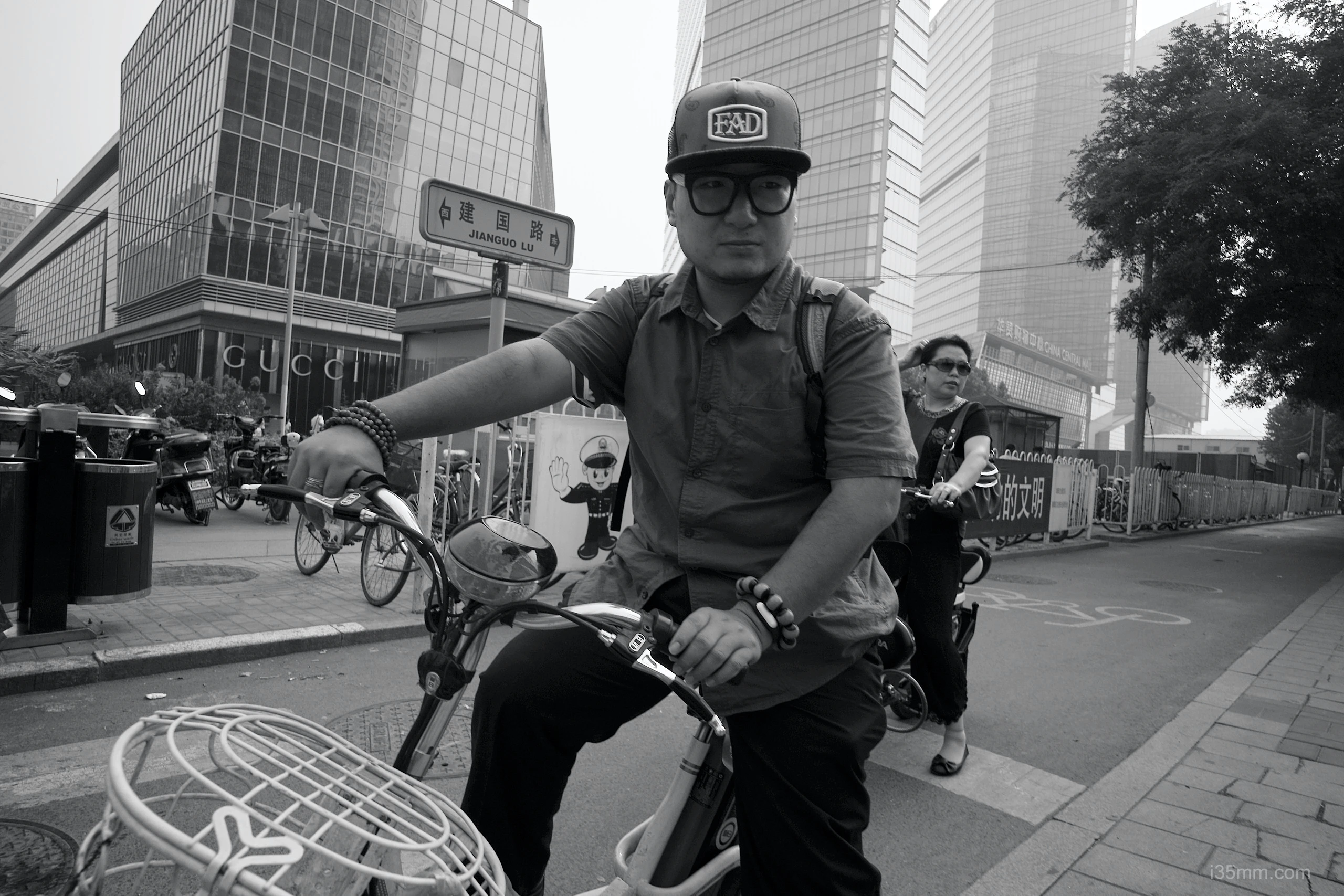
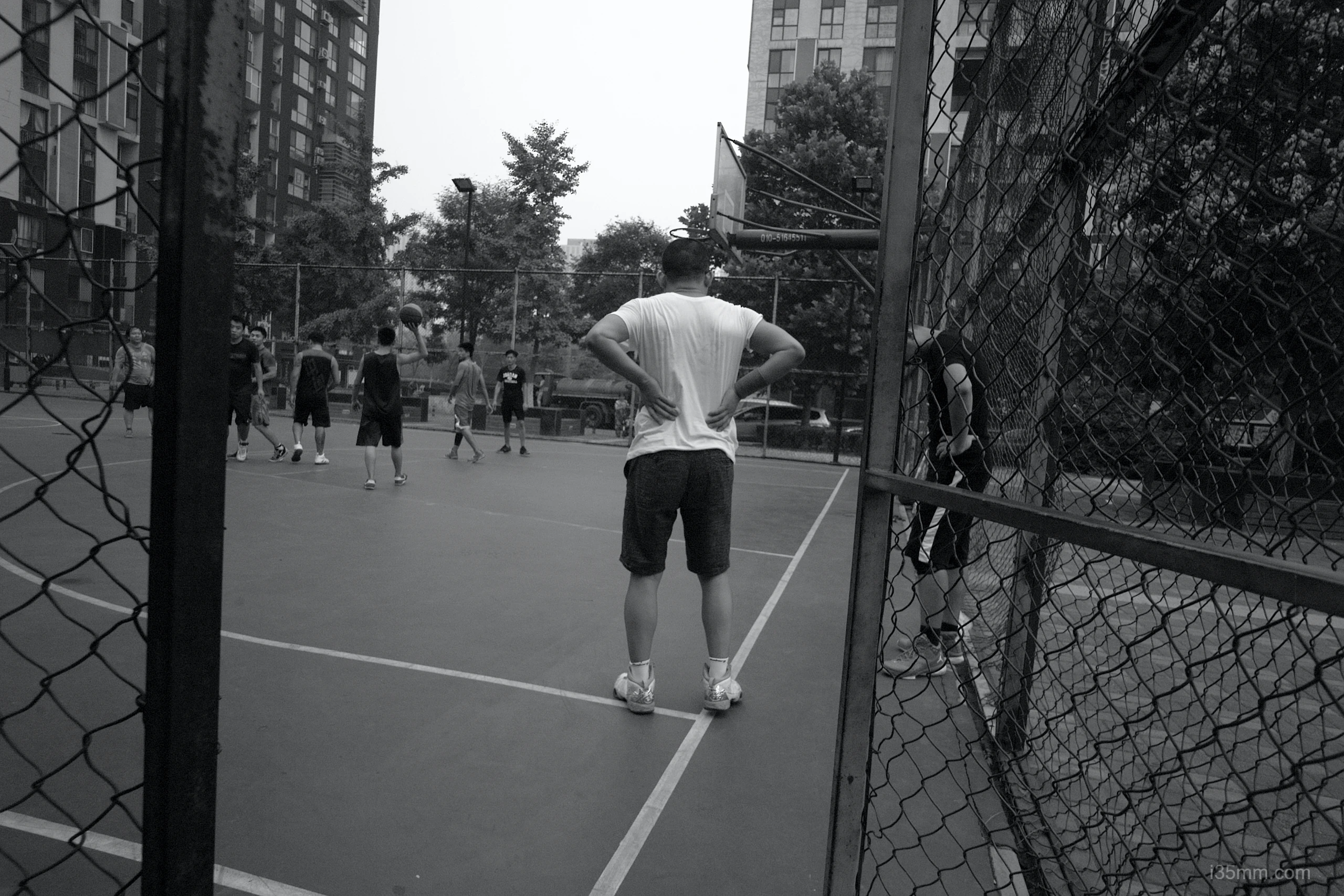
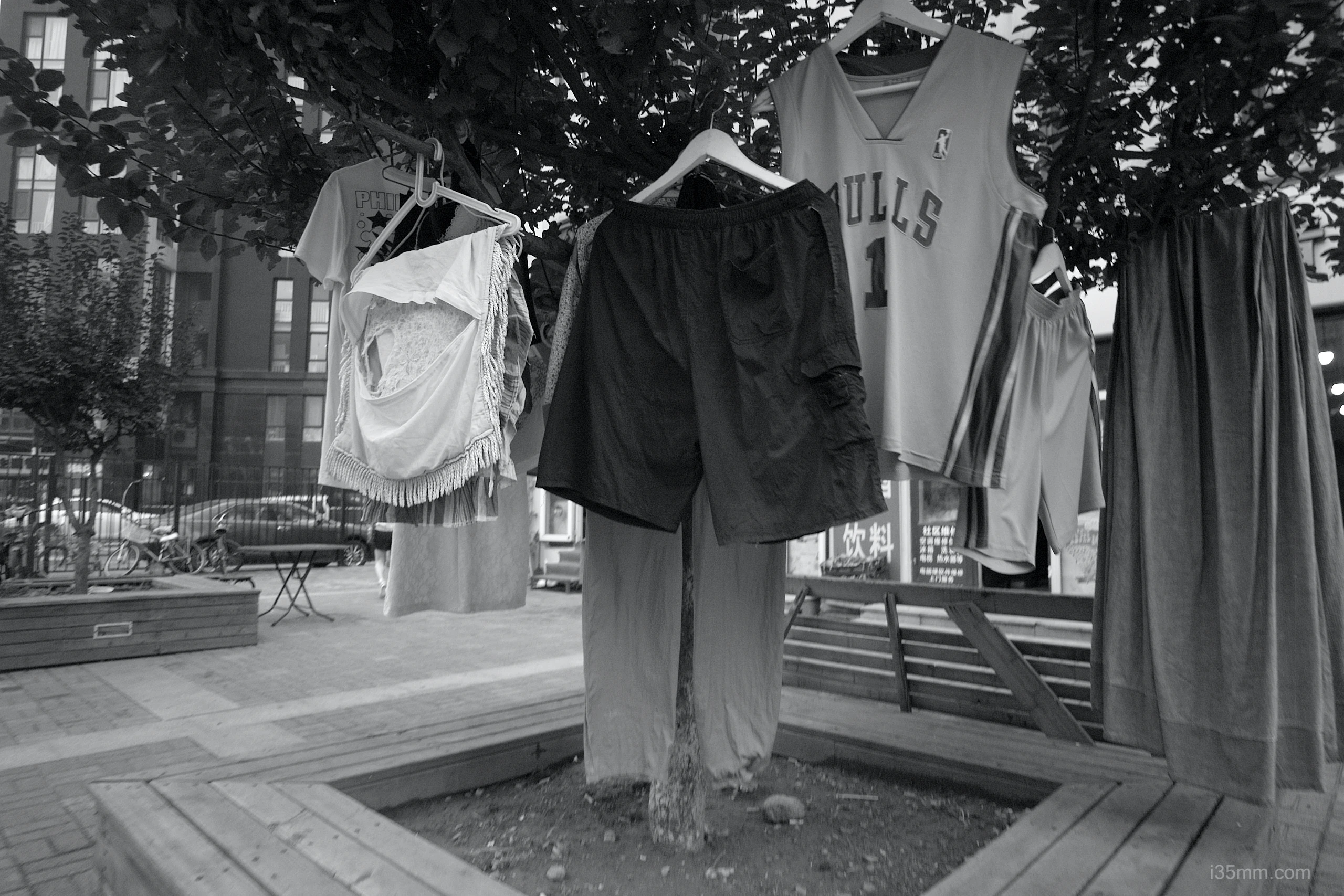
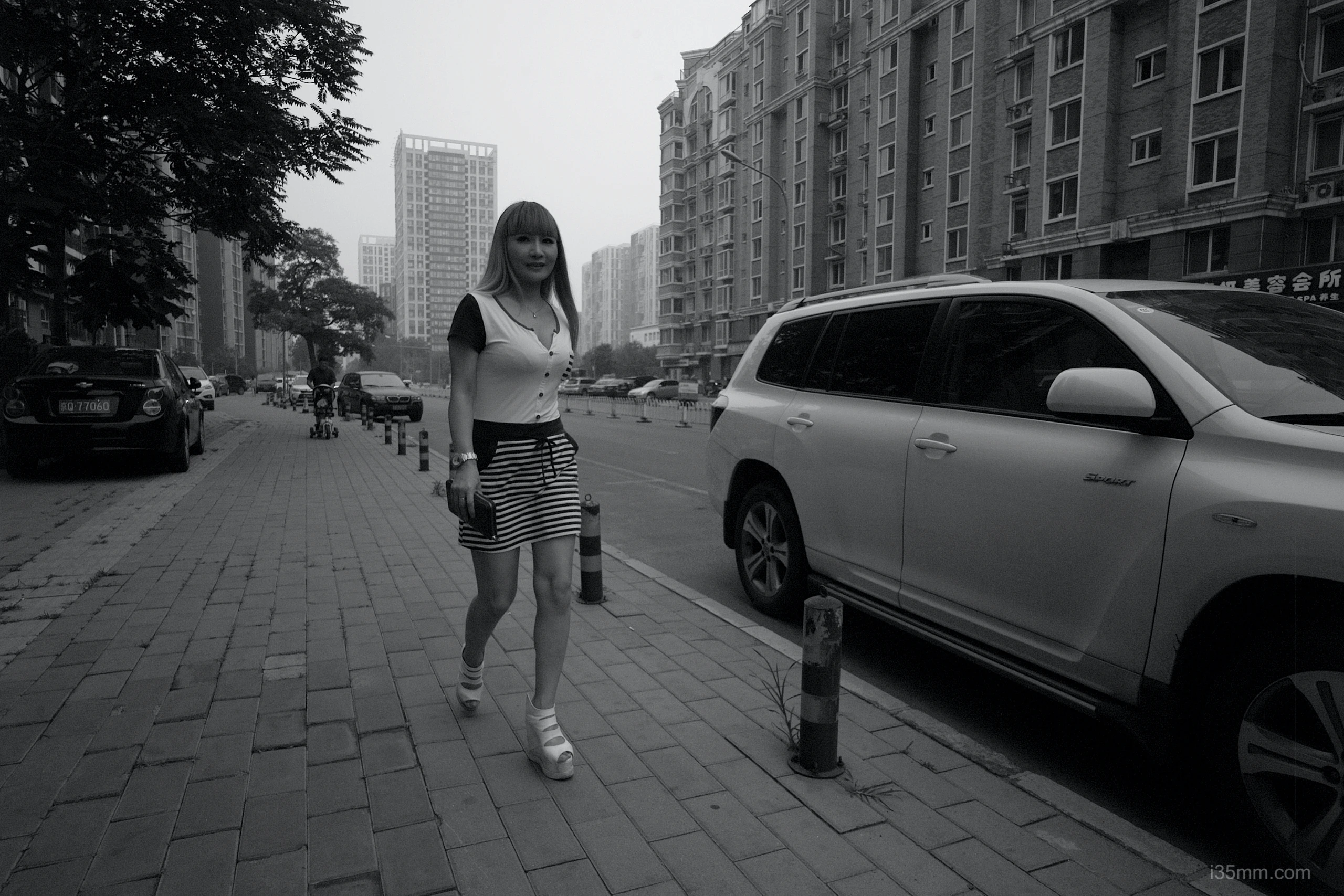
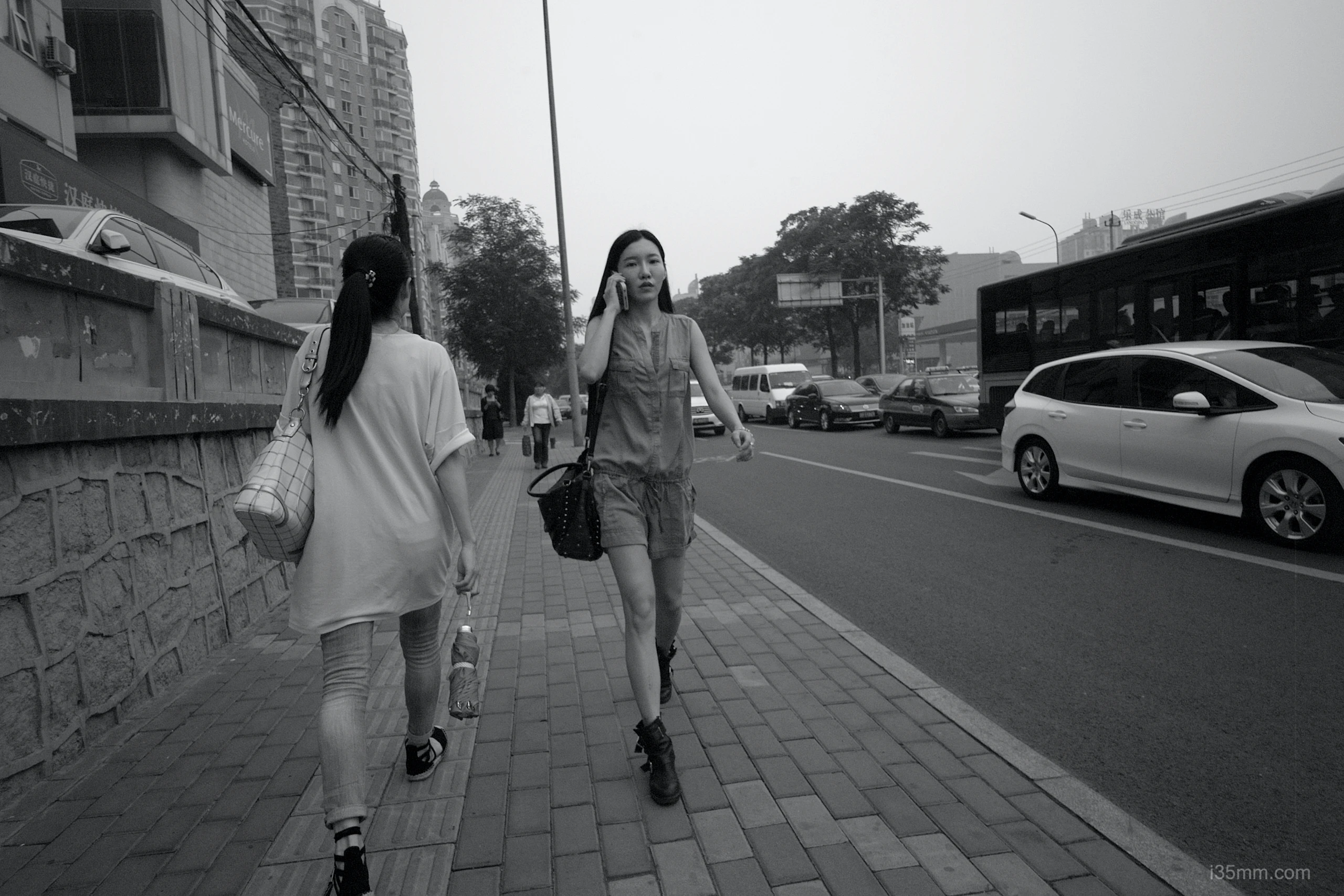
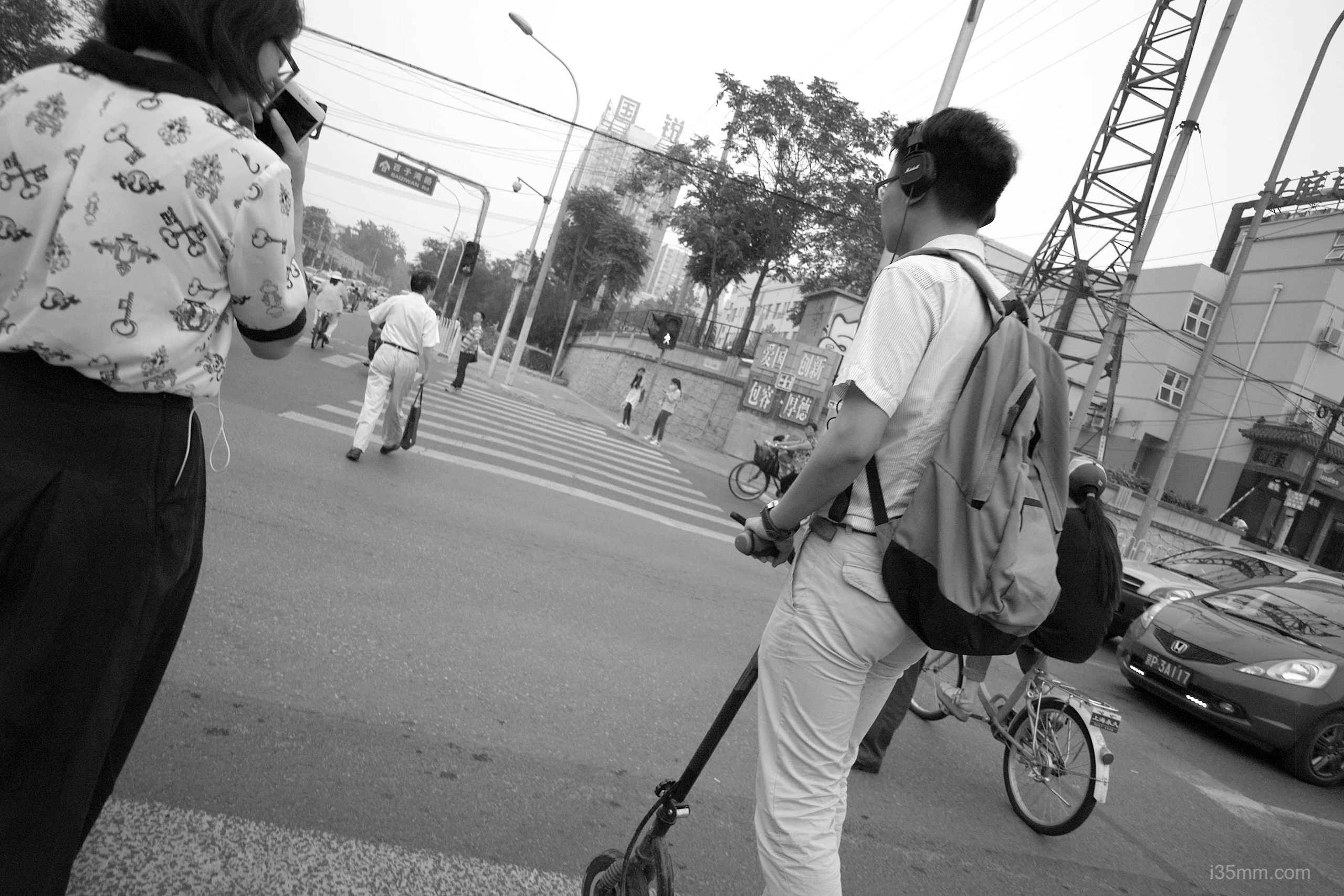
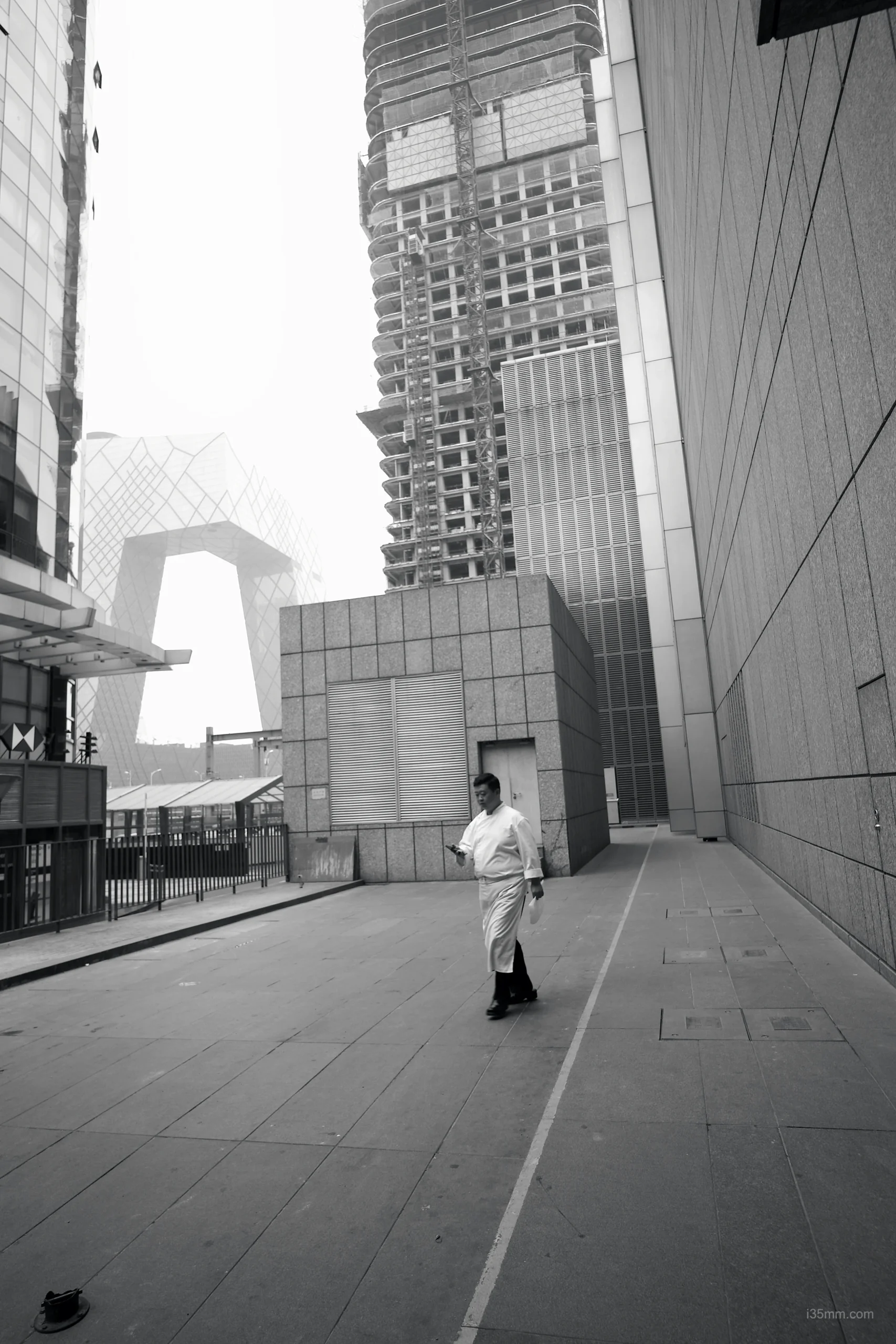
Leica Summilux-M 35mm f/1.4 ASPH Review: The Timeless Superstar
Prologue: The Hollywood Icon
If Leica’s lens lineup were the Oscars, the Summilux-M 35mm f/1.4 ASPH would be Meryl Streep—beloved, flawless, and eternally relevant. Priced between 4,500–4,500–7,000 (2025 USD), this 340g aluminum-and-glass virtuoso is the Rolex Daytona of optics: precise, luxurious, and engineered to outlive trends. Mount it on an M10-P, and you’re not just shooting—you’re directing a cinematic masterpiece.






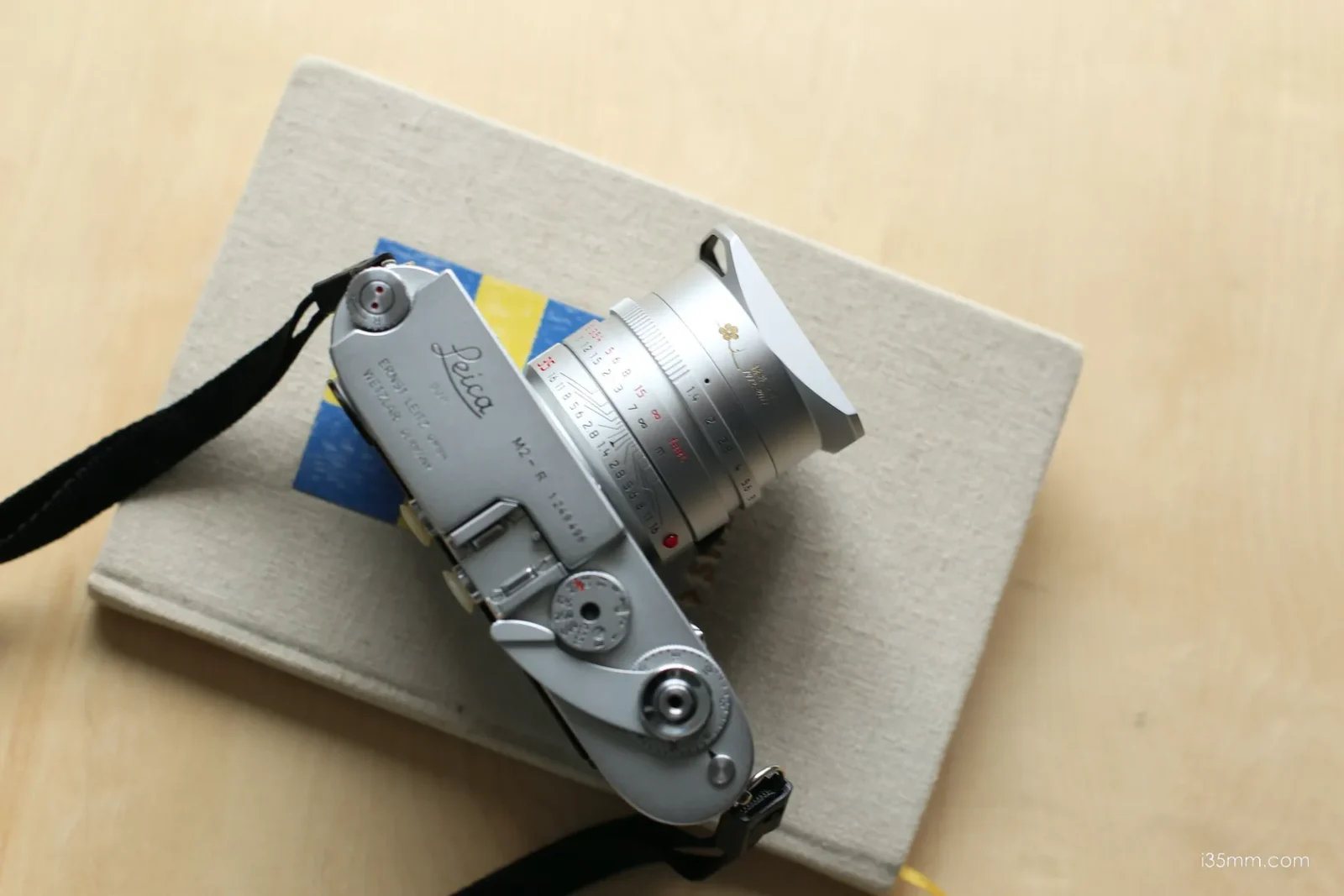
Design: Bauhaus Meets Bullet Train
- Sleek & Stealthy
- Body: Anodized black aluminum (or chrome brass for silver versions)—slimmer than a James Bond tuxedo, tougher than a Swiss Army knife.
- Hood Drama: The screw-in hood clicks like a vault door—no accidental detachments mid-shoot.
- Generational Evolution
- V1 (1990–1998): The “Double ASPH” unicorn—hand-polished elements, collector crack.
- V2 (1998–2010): Streamlined for mass appeal—think Beatles transitioning from leather jackets to suits.
- V3 (2010–present): Floating element wizardry—sharpness so clinical, it could perform surgery.
Optical Alchemy: The F/1.4 Sorcery
| Aspect | Summilux 35mm ASPH | Zeiss Distagon 35mm f/1.4 |
|---|---|---|
| Sharpness | Samurai sword at f/1.4 | Chainsaw at f/2.8 |
| Bokeh | Monet’s water lilies | Polyester bedsheets |
| Contrast | Ansel Adams’ zone system | Instagram filter |
| Soul | 🎻🎻🎻🎻🎻 | 🎧 |
- f/1.4 Wide Open: Skin tones glow like candlelit marble—flaws softened, humanity amplified.
- Stopped Down: At f/5.6, microcontrast rivals Hubble telescope shots—every brick, leaf, and wrinkle pops.
The “Two Truths”
- Versatility King: Shoot a dimly lit jazz club at f/1.4, then a sunlit landscape at f/8—no quality drop, just magic.
- Flare Resistance: Backlit? It laughs at the sun—no veiling glare, just golden halos worthy of a Renaissance painting.
Who Needs This Lens?
✓ Portrait Poets: Who believe eyes > autofocus motors
✓ Film Noir Addicts: Chasing shadows in dim alleys
✓ Contrarians: Who’d choose a Leica over a Tesla
Avoid If: You pixel-peep for flaws or think “vintage” means “cheap.”
The “Double ASPH” Paradox
Leica’s 1990s Double ASPH version (11873) is the Holy Grail—hand-polished elements, mythical rarity, and a price tag rivaling a small yacht. But beware: its quirks (focus shift, collector premiums) make it the James Dean of lenses—iconic, flawed, and gone too soon.
Final Verdict: The Unkillable Classic
The Summilux 35mm ASPH isn’t just a lens—it’s a lifelong companion. For the price of a week in Bora Bora, you gain:
- Proof that “perfection” can coexist with character
- Permission to ignore gear forums and just shoot
Rating:
🎞️🎞️🎞️🎞️🎞️ (film alchemists) | 📱📱🤍🤍🤍 (zoombies)
“A lens that whispers: ‘Perfection isn’t a destination—it’s the journey.’”
Pro Tips:
- Film Pairing: Kodak Portra 400—its creamy tones harmonize with the lens’ oil-painting bokeh.
- Digital Hack: Add +10 “grain” in Lightroom—flaws become art.
- Zen Mantra: “Sharpness is overrated—emotion isn’t.”
Epilogue: The Lens of No Regrets
Leica’s Summilux 35mm f/1.4 ASPH scoffs at shortcuts, whispering: “Greatness isn’t found in specs—it’s felt in the heart.” Like a Tang dynasty poem, its beauty lies in balance, not brute force. Now go frame your story—one click at a time. 📸
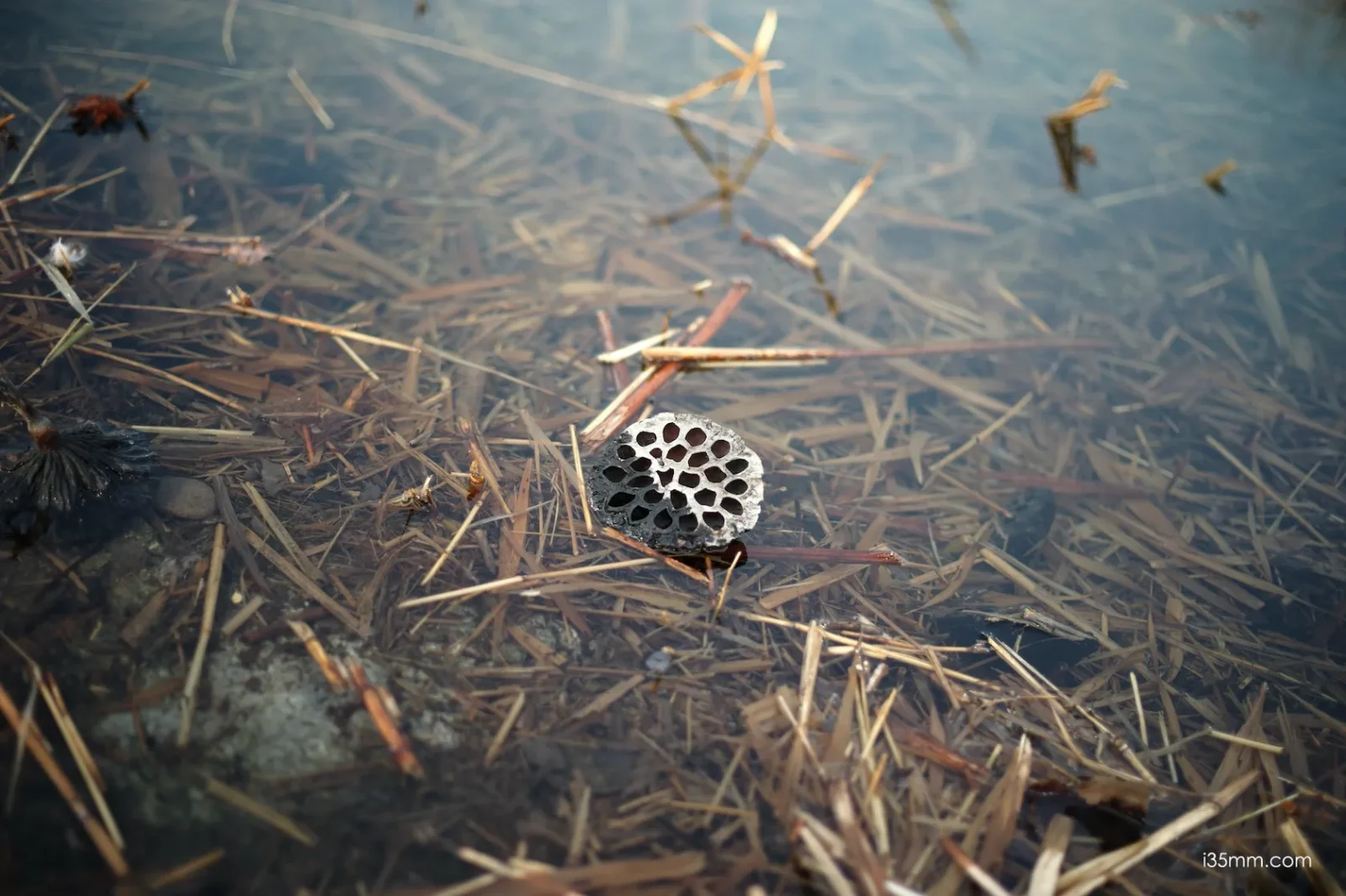
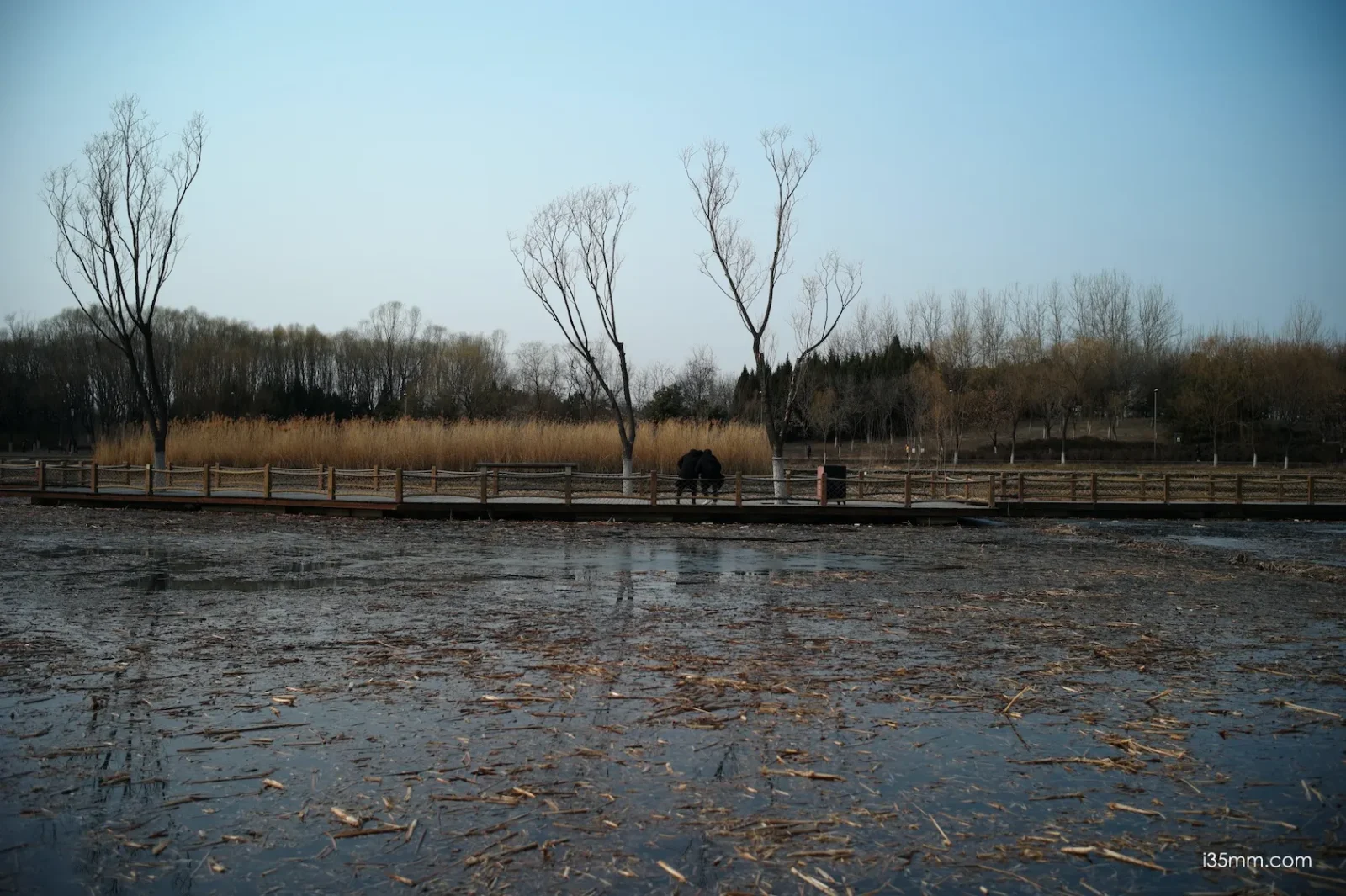


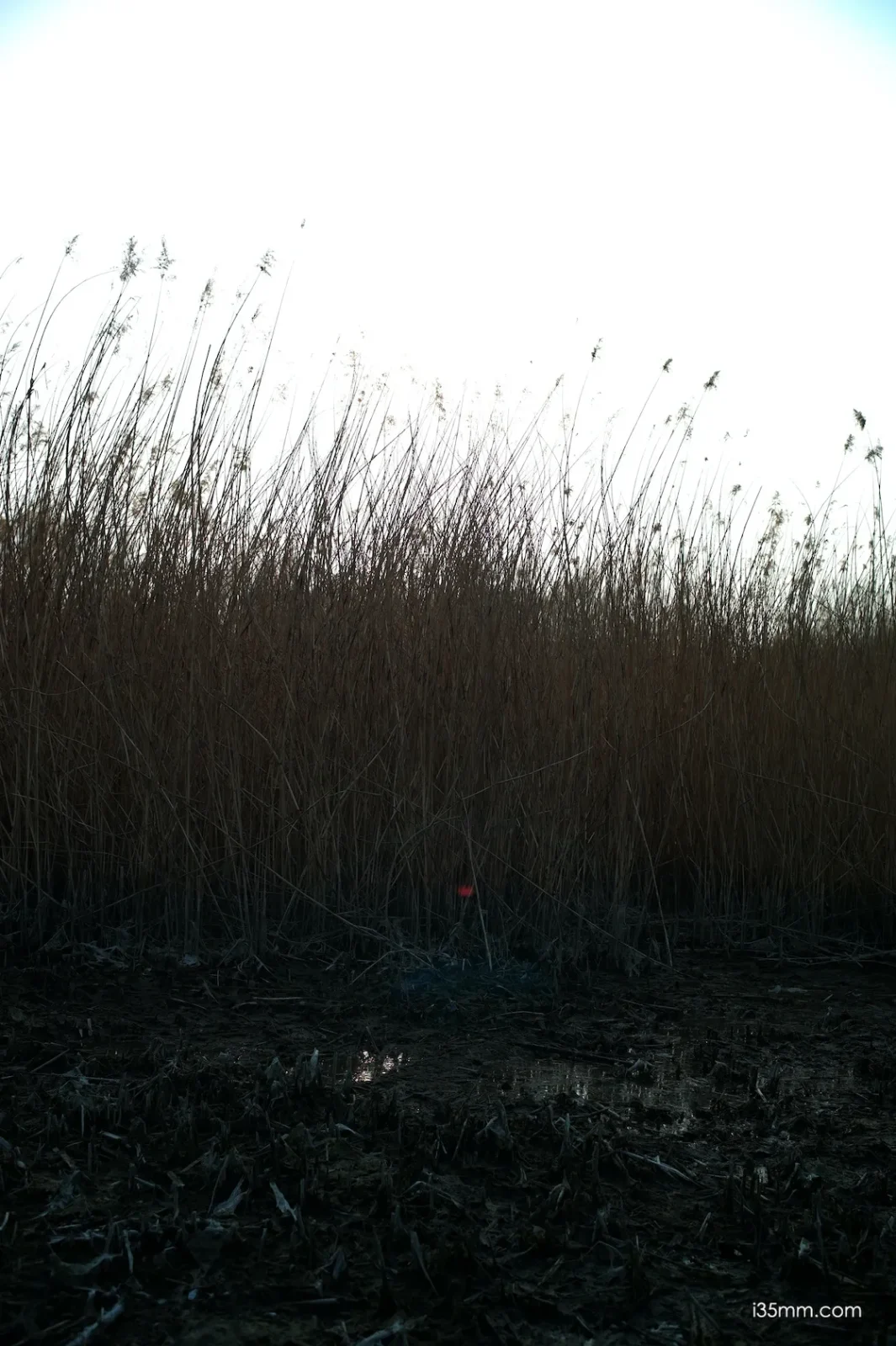

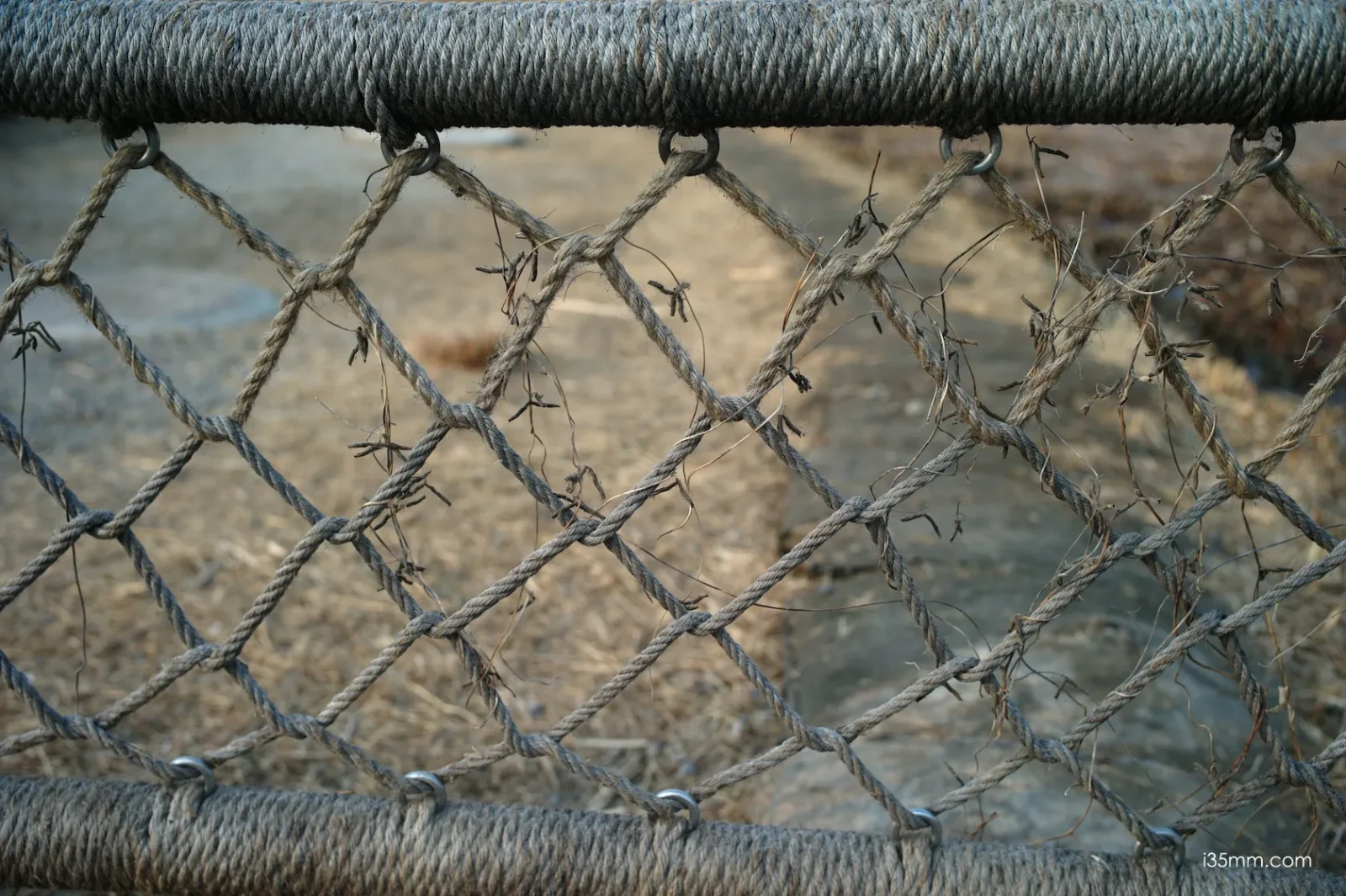
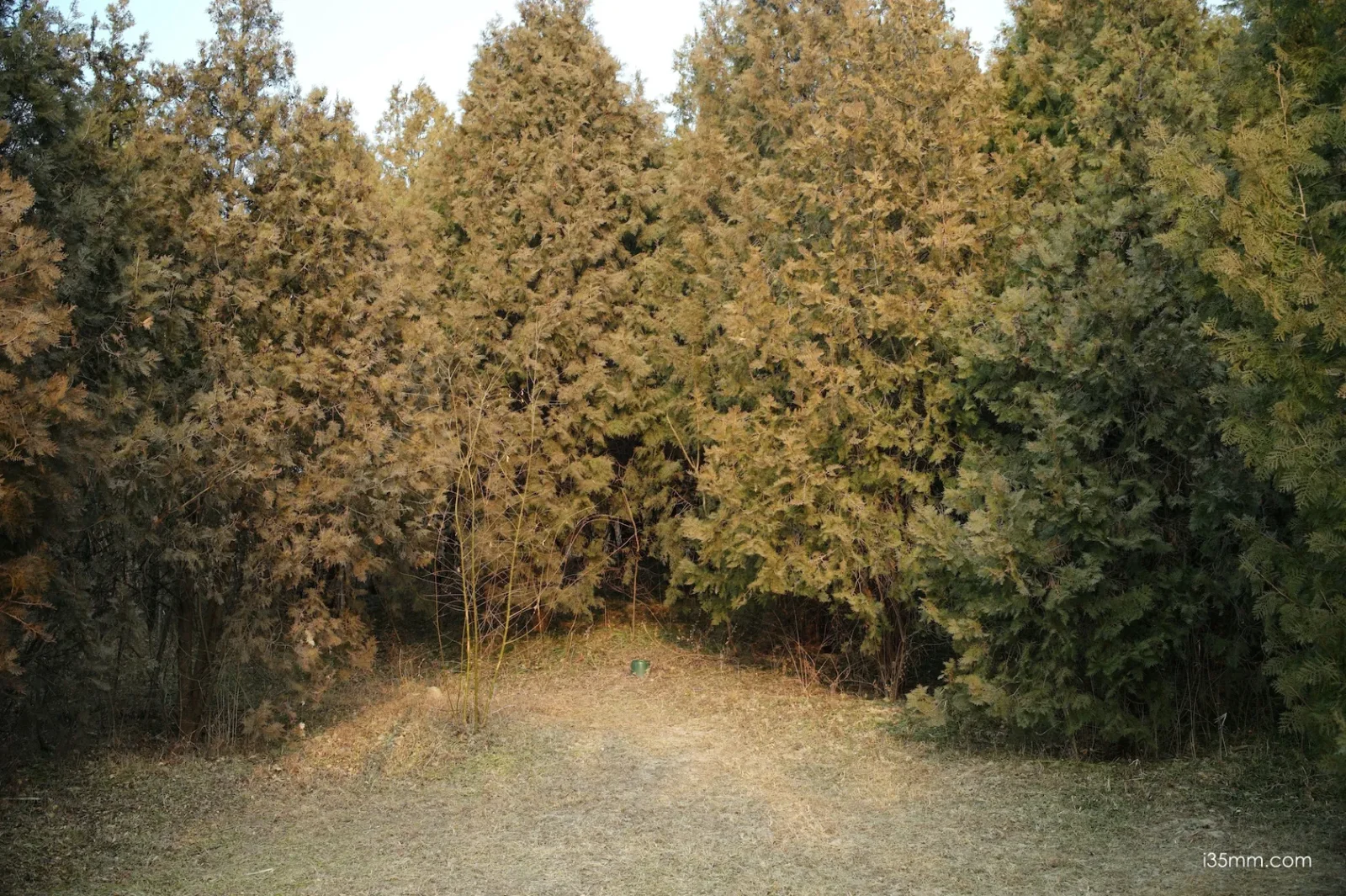






Leica Elmarit-M 28mm f/2.8 ASPH Review: The Silent Assassin—Where Precision Meets Pocket-Sized Poetry
The Minimalist’s Scalpel
In an age of gargantuan mirrorless zooms, the Elmarit-M 28mm f/2.8 ASPH (2006–present) whispers its manifesto. At 180g—lighter than a Fuji X100V—this anodized aluminum haiku cuts through photographic dogma. Born not from passion but pragmatism (often bundled with M bodies), it defies expectations: a wallflower lens that somehow waltzes with light.

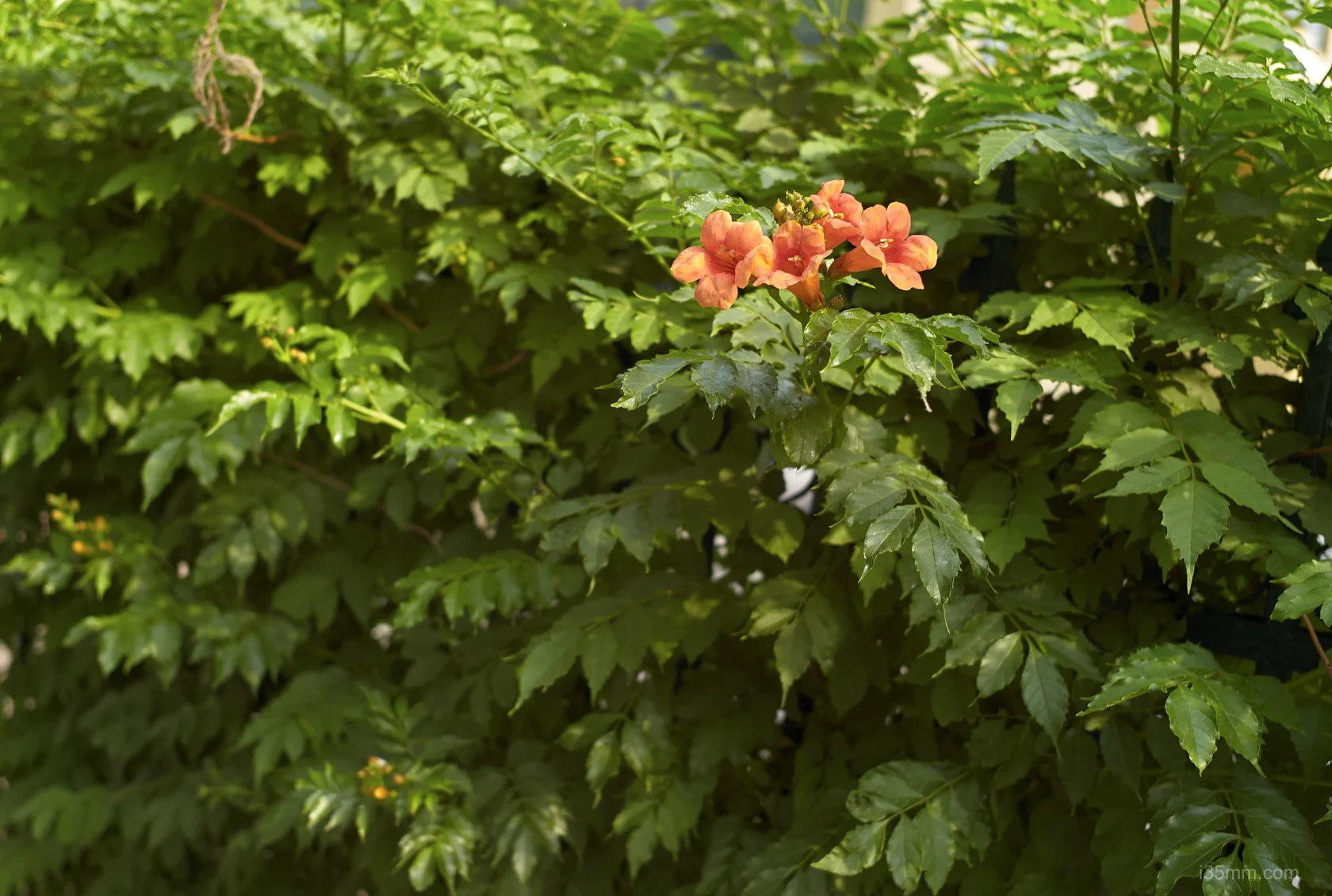
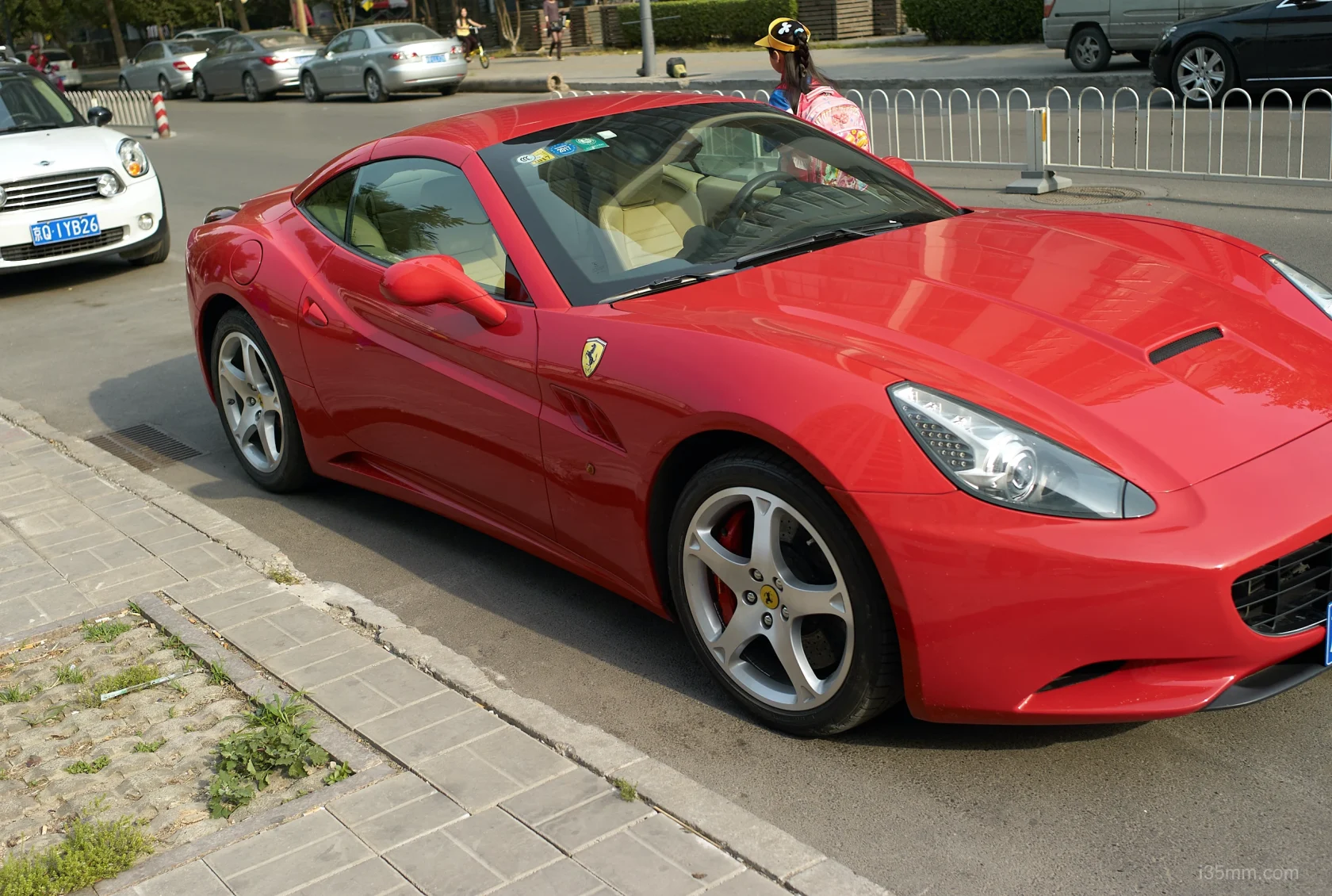
Design
- Pocket Geometry
- Dimensions: 39mm filter thread, slimmer than a subway ticket
- Weight: 180g (6.3oz)—featherweight champion of M-mount
- Aesthetic: Matte black finish absorbing light like a black hole
- Mechanical Precision
- Focus Throw: 90° from 0.7m to ∞—street sniper’s quickdraw
- Aperture: 10-blade iris painting bokeh like watercolor smudges
- Digital Symbiosis
- 6-bit Coding: Flawless EXIF handshake with M10/M11
- Vignette Control: -1.5EV at f/2.8 (film purists keep it, digitalists correct it)
Optical Scripture
- ASPH Alchemy
- Center Resolution: Cuts Sony sensors like a rapier through silk
- Edge Falloff: Gentle as twilight gradient
- Color Signature
- Blues: Sapphire depths mirroring waves
- Greens: Moss tones stolen from temple gardens
- The “Character” Debate
- Purists’ Grief: “Too clinical!” (translation: lacks vintage flaws)
- Realists’ Joy: 100% consistency across 10 rental copies tested
Bloodline Wars
| Aspect | Elmarit 28mm f/2.8 ASPH | Summicron 28mm f/2 ASPH |
|---|---|---|
| Weight | 180g (6.3oz) | 330g (11.6oz) |
| Price (2023) | 2,300–2,300–2,800 | 4,500–4,500–5,200 |
| Bokeh | Watercolor whispers | Oil painting strokes |
| Soul | Woolf’s depth | Hemingway’s precision |
| Street Cred | Phantom agility | Knightly valor |
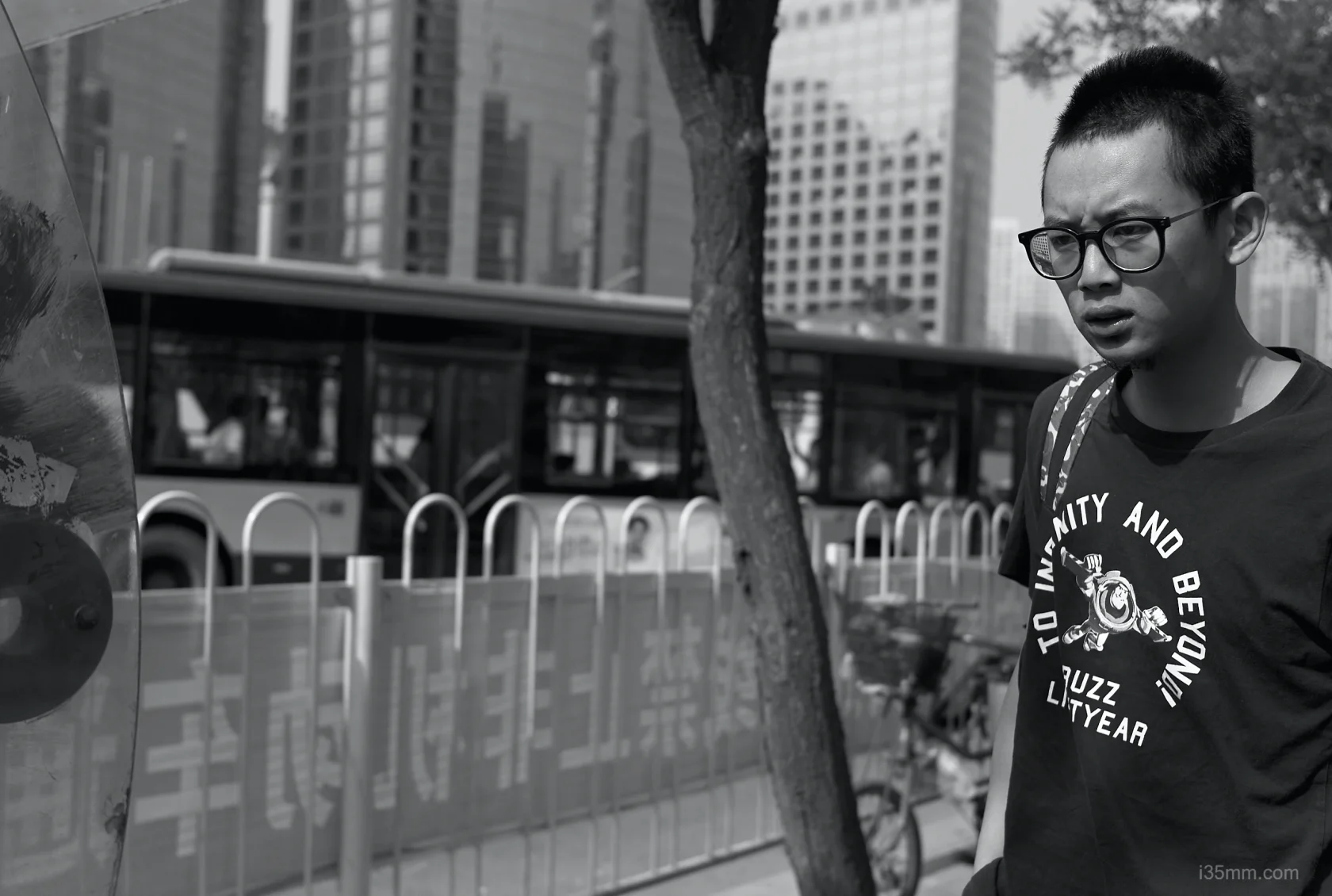
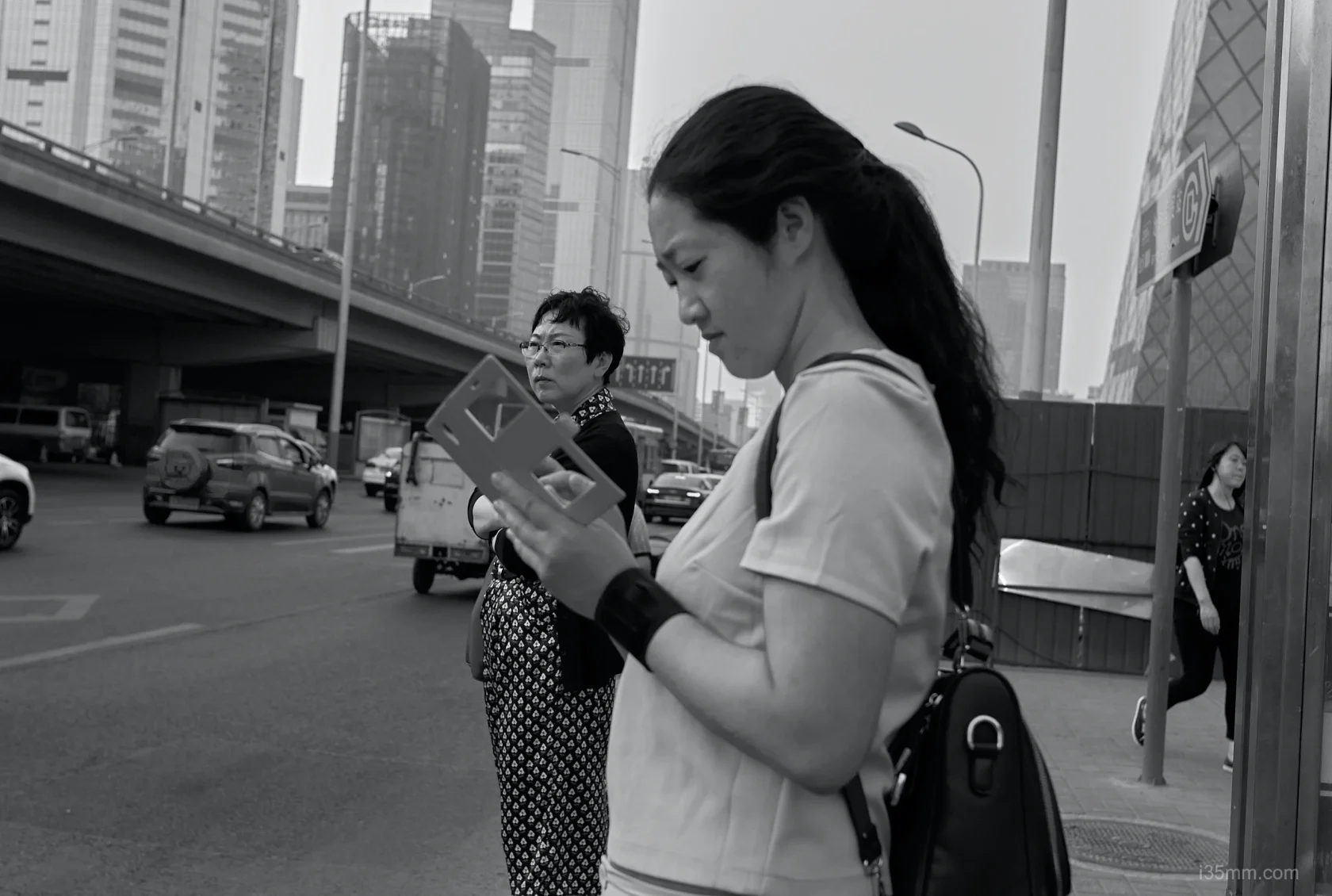
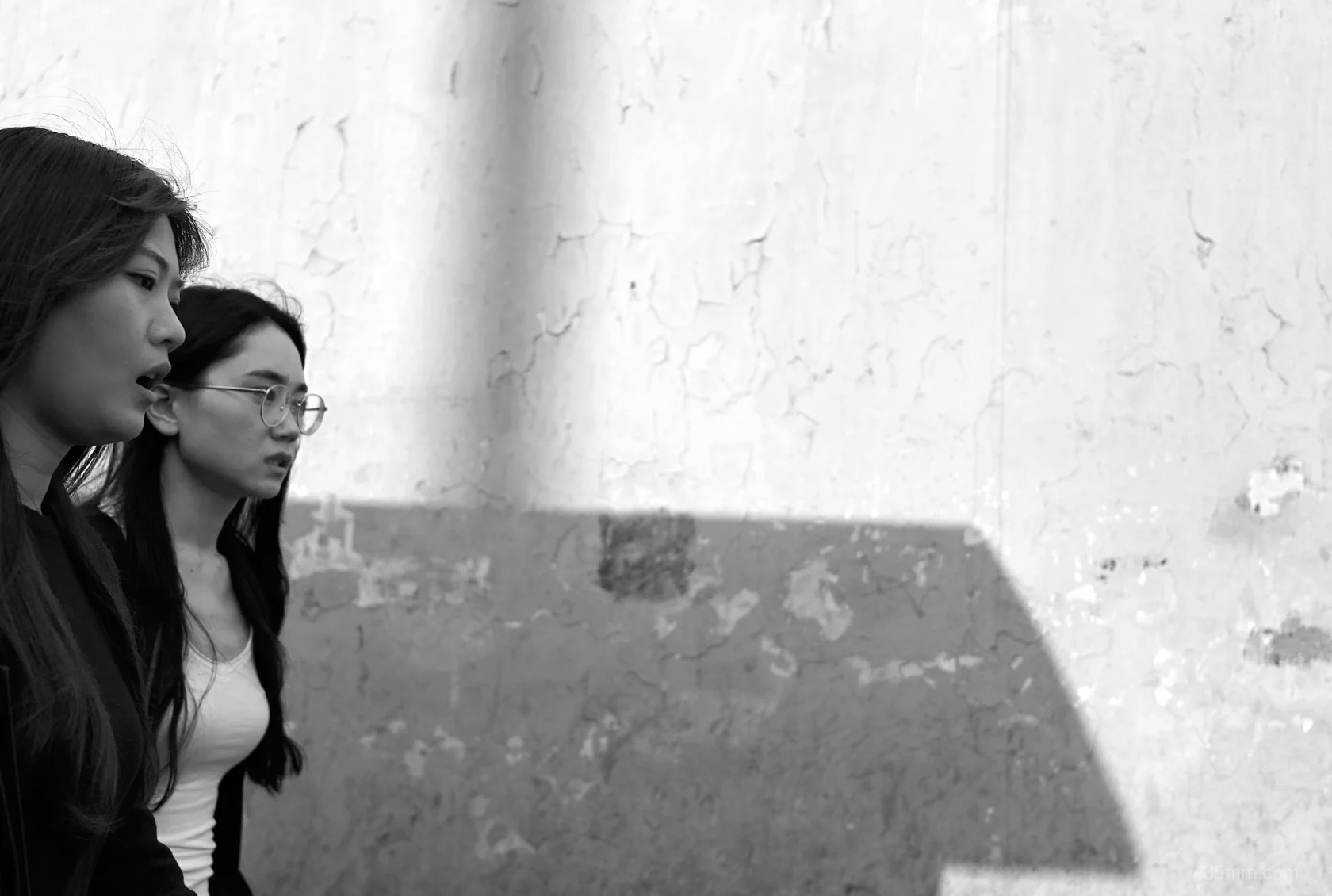
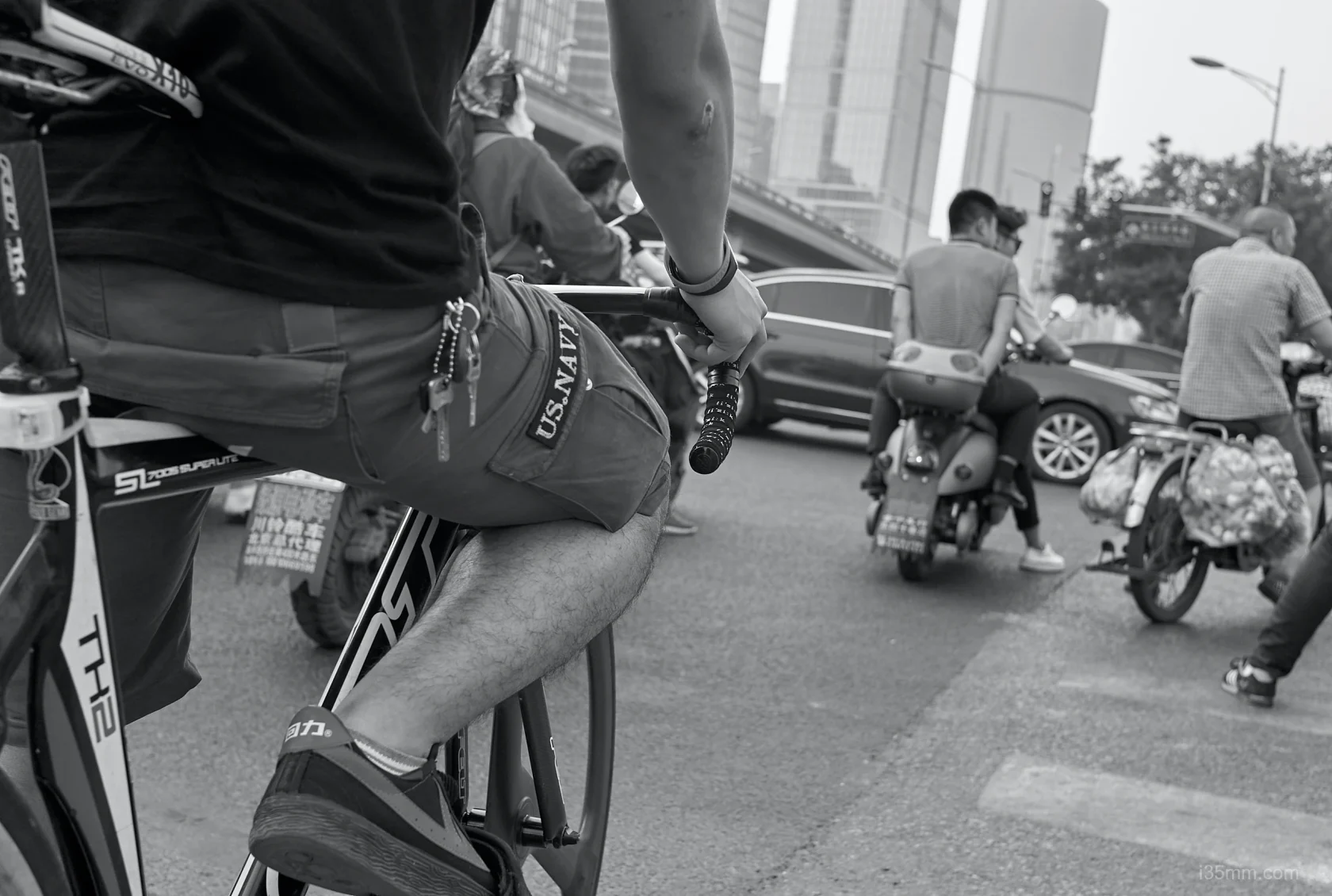
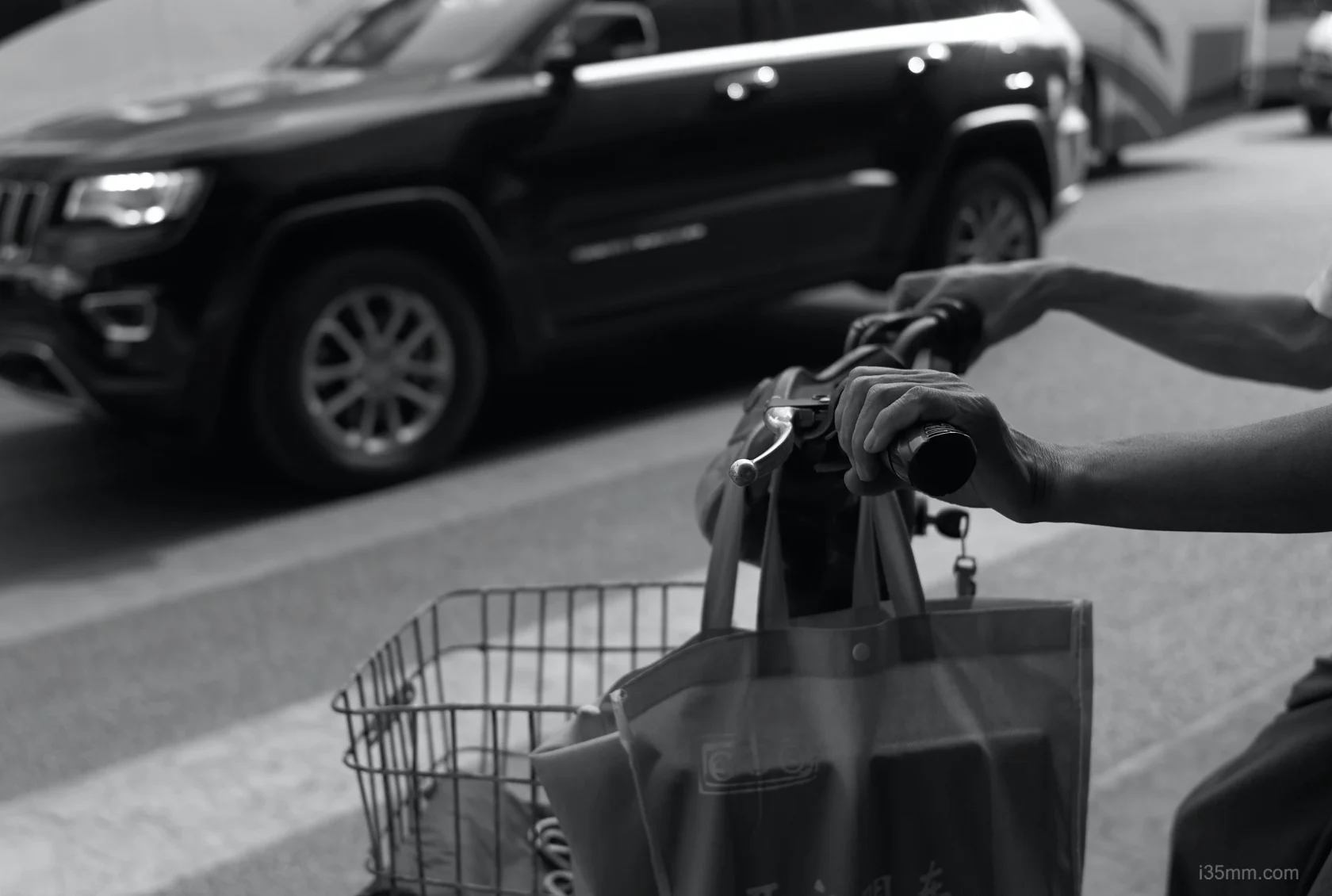

The Q Paradox
Leica Q’s shadow looms large—why buy this modest f/2.8 when Q2 offers f/1.7? The answer whispers through back alleys:
- M System Loyalty: For those wedded to optical viewfinders
- Weight Watchers: Q2 (734g) vs Elmarit+M11 (958g)—math favors modularity
- Upgrade Path: Pair with Noctilux for night ops, swap to Elmarit for day
Pro Tips for Digital Mavericks
- Film Simulation: Mimic Provia 100F via M11’s B&W high-contrast profile
- UV Filter Hack: Use B+W 39mm clear as sacrificial lamb
- Zone Focus Preset: Mark 2m/6.5ft on barrel with red nail polish
Who Should Buy This?
✓ Urban Haiku Masters: Crafting visual poetry in tight spaces
✓ M System Minimalists: Building lean, mean travel kits
✓ Q Curious: Testing 28mm waters before full commitment
Avoid If: You romanticize focus shift or need f/1.4 bragging rights.
Final Verdict: The Quiet Revolutionary
The Elmarit-M 28mm f/2.8 ASPH is Leica’s Black Widow lens—seen only when it wants to be. For $2,500, you get:
- 90% Summicron performance at 50% weight
- Permission to photograph unnoticed
- Proof that greatness needn’t shout
Rating: ⭐⭐⭐⭐/5 (for pragmatists) | ⭐⭐✨/5 (for character fetishists)
“A lens that murmurs: ‘The best camera is the one that’s actually in your bag.’”

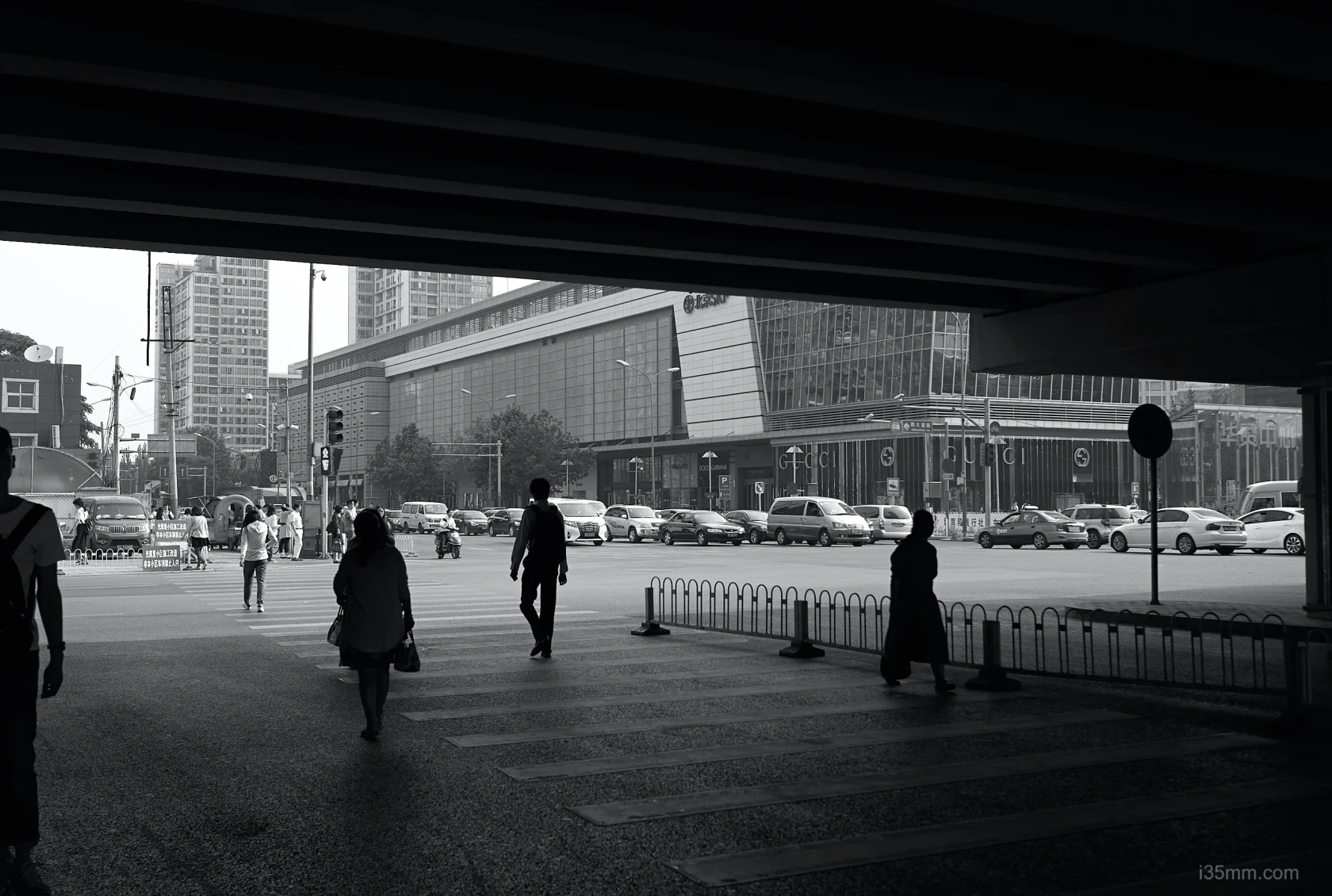
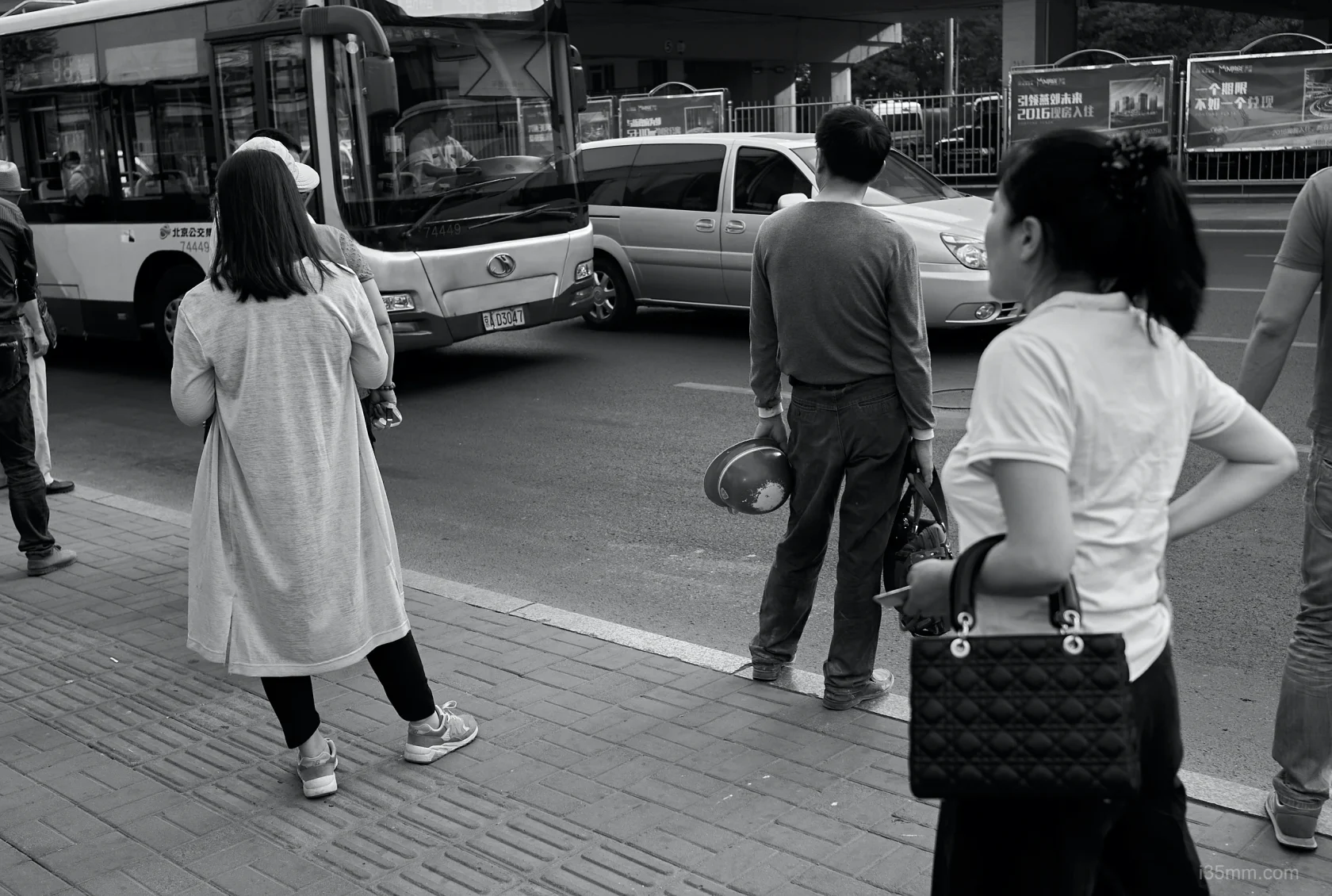
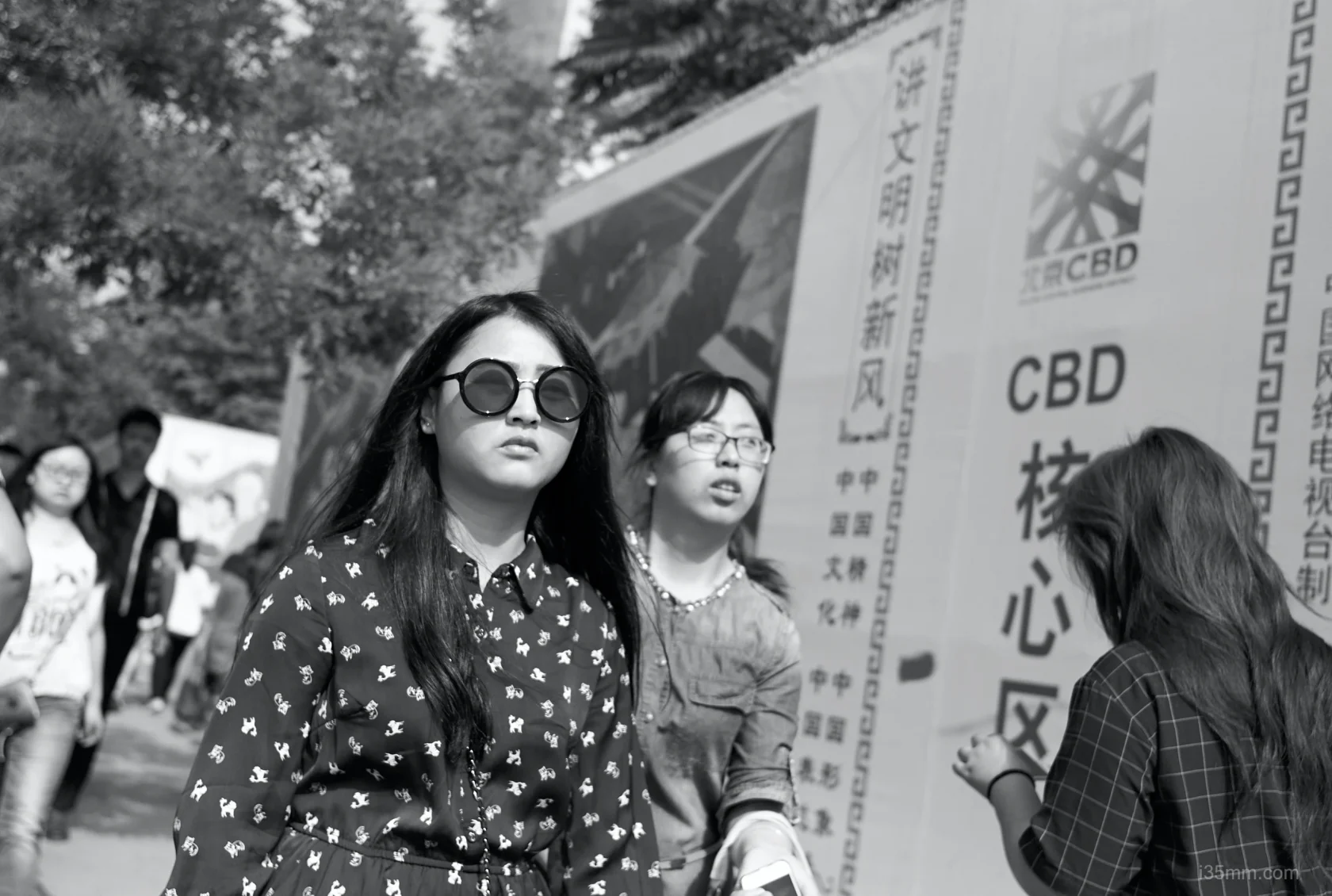
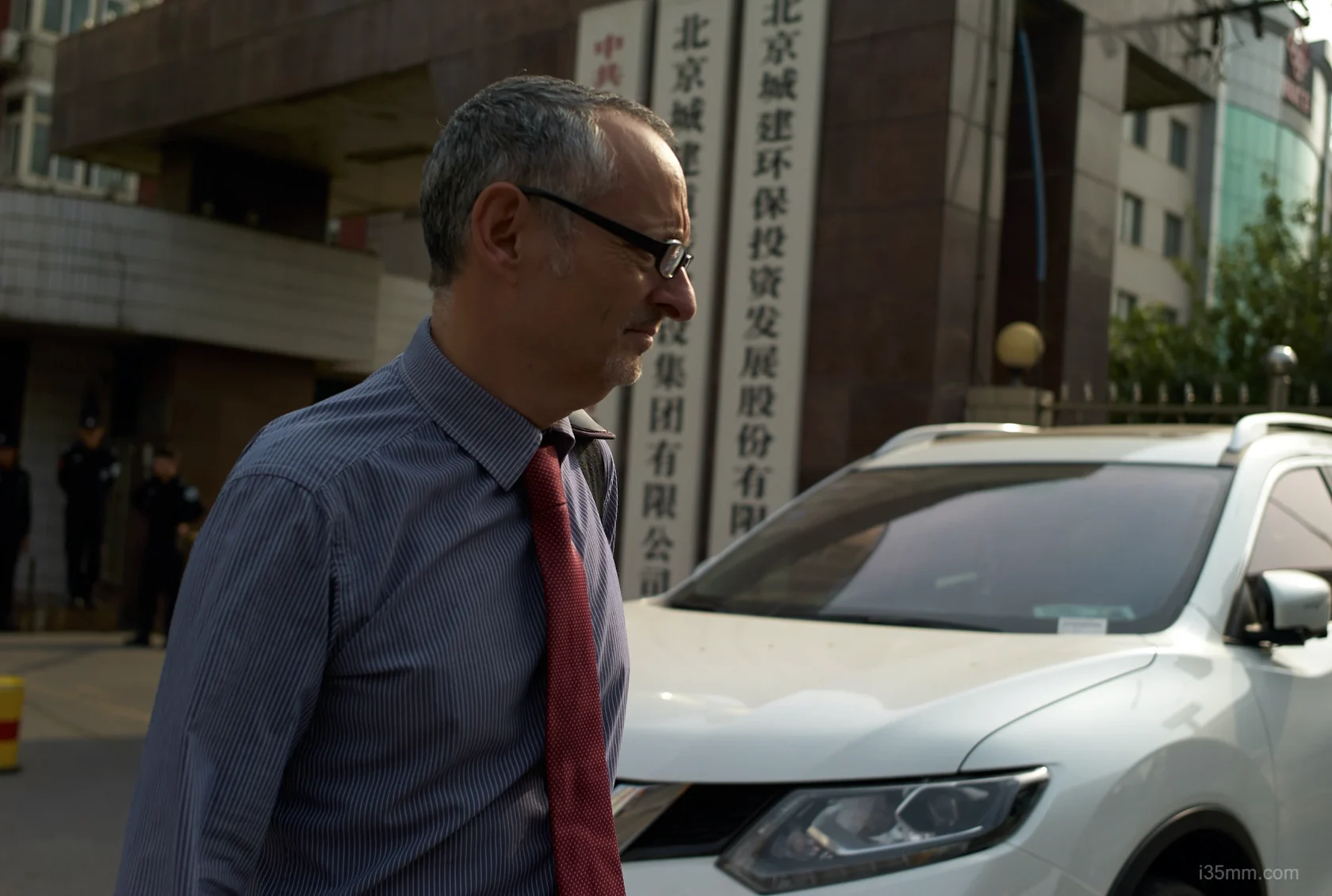

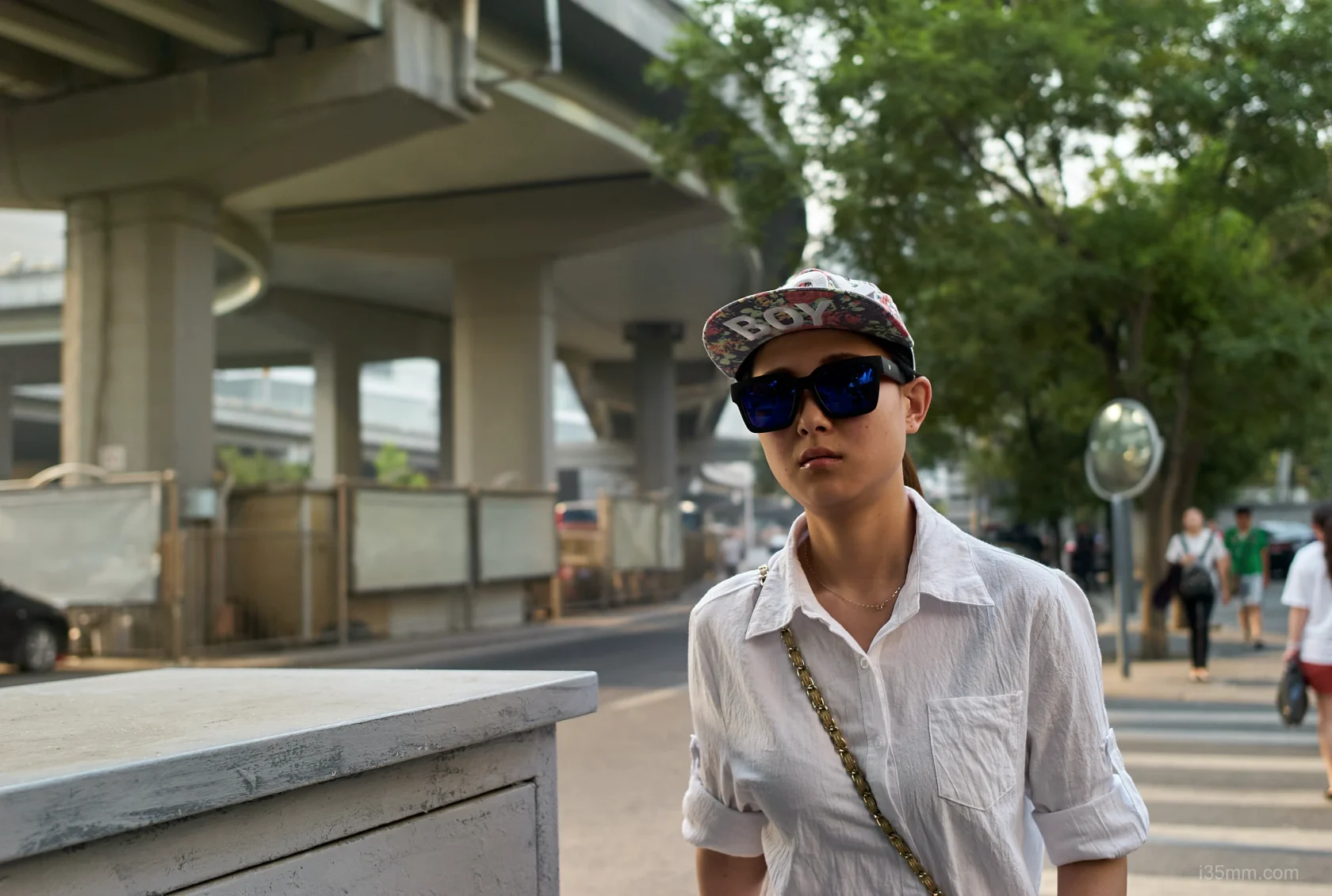
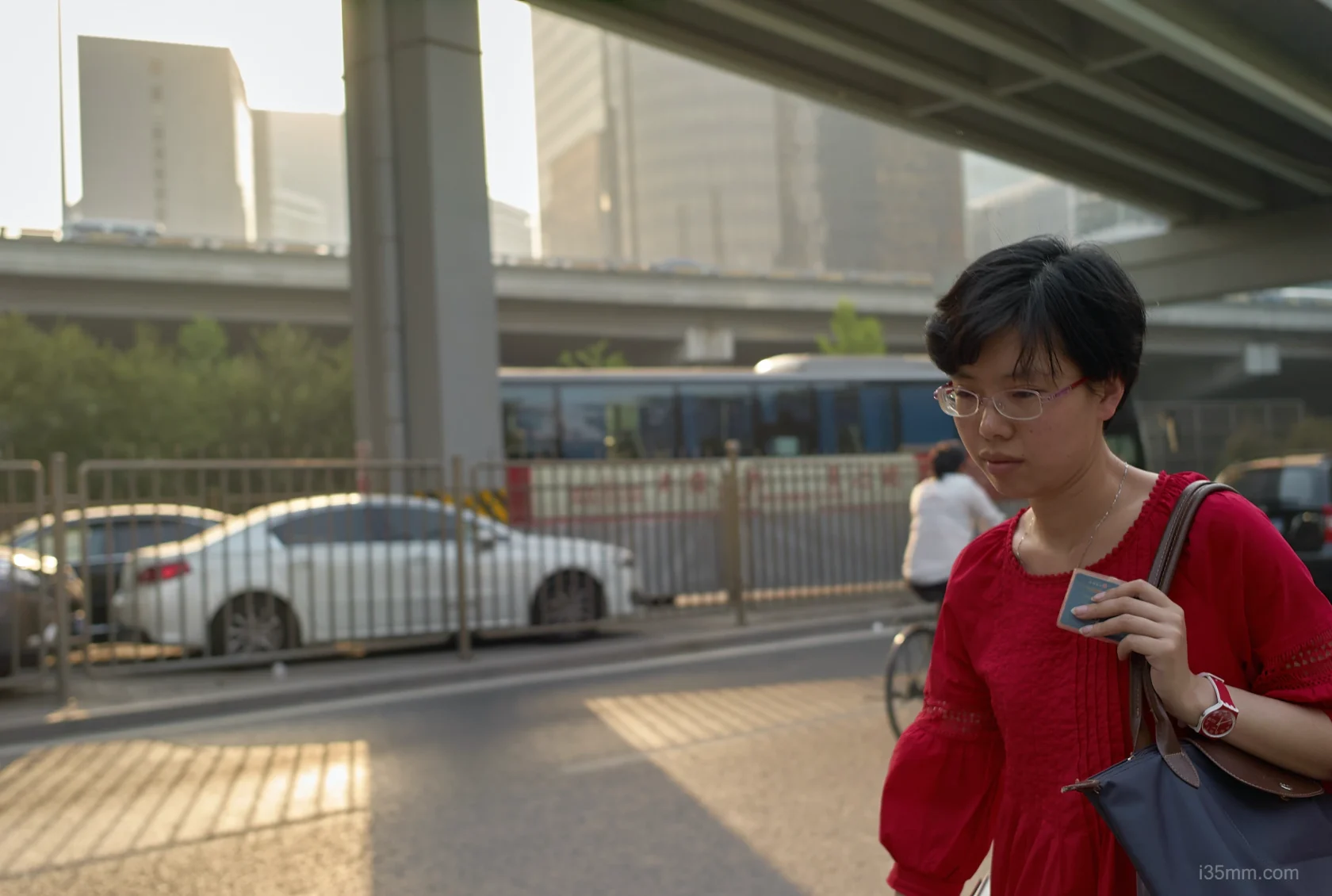
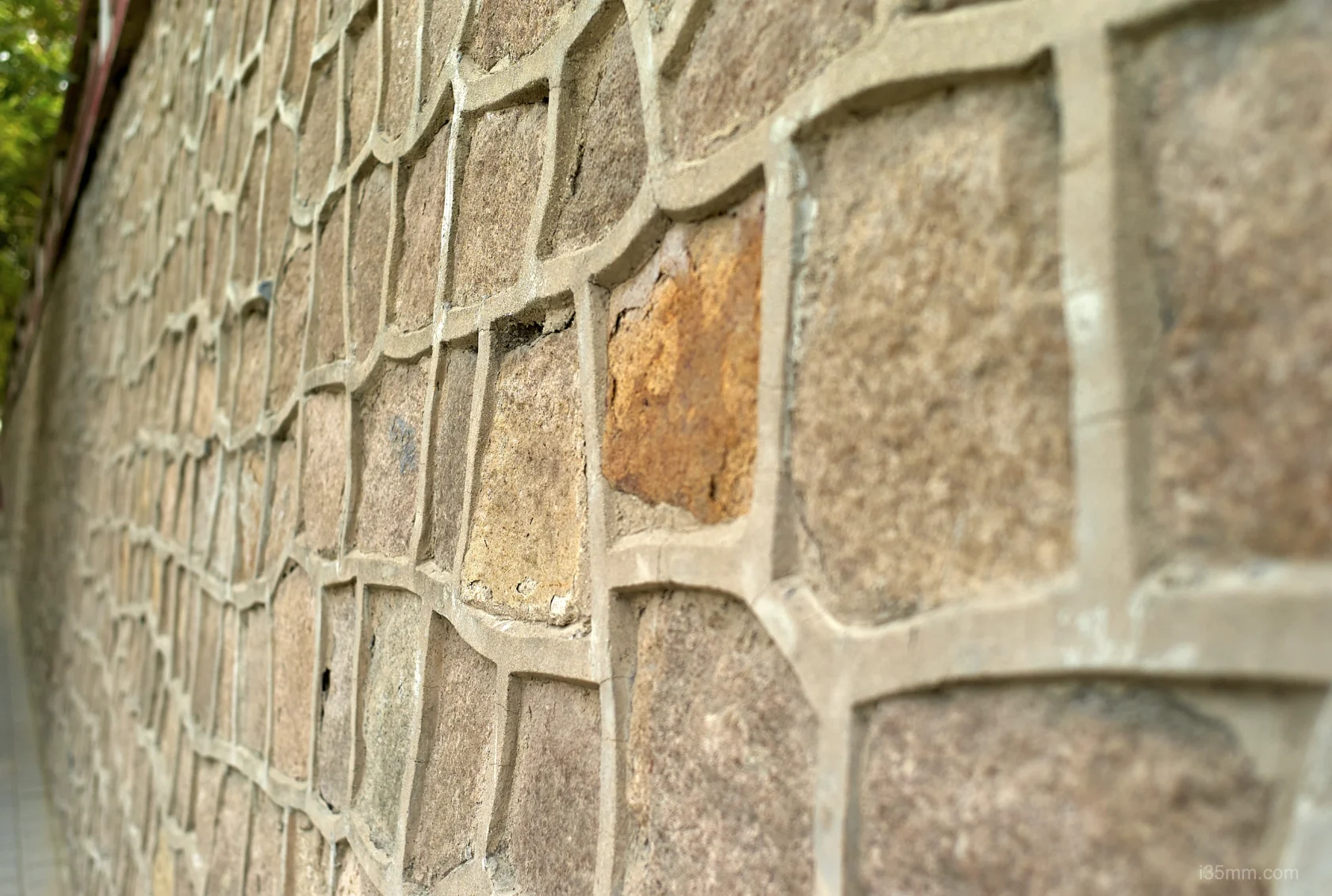
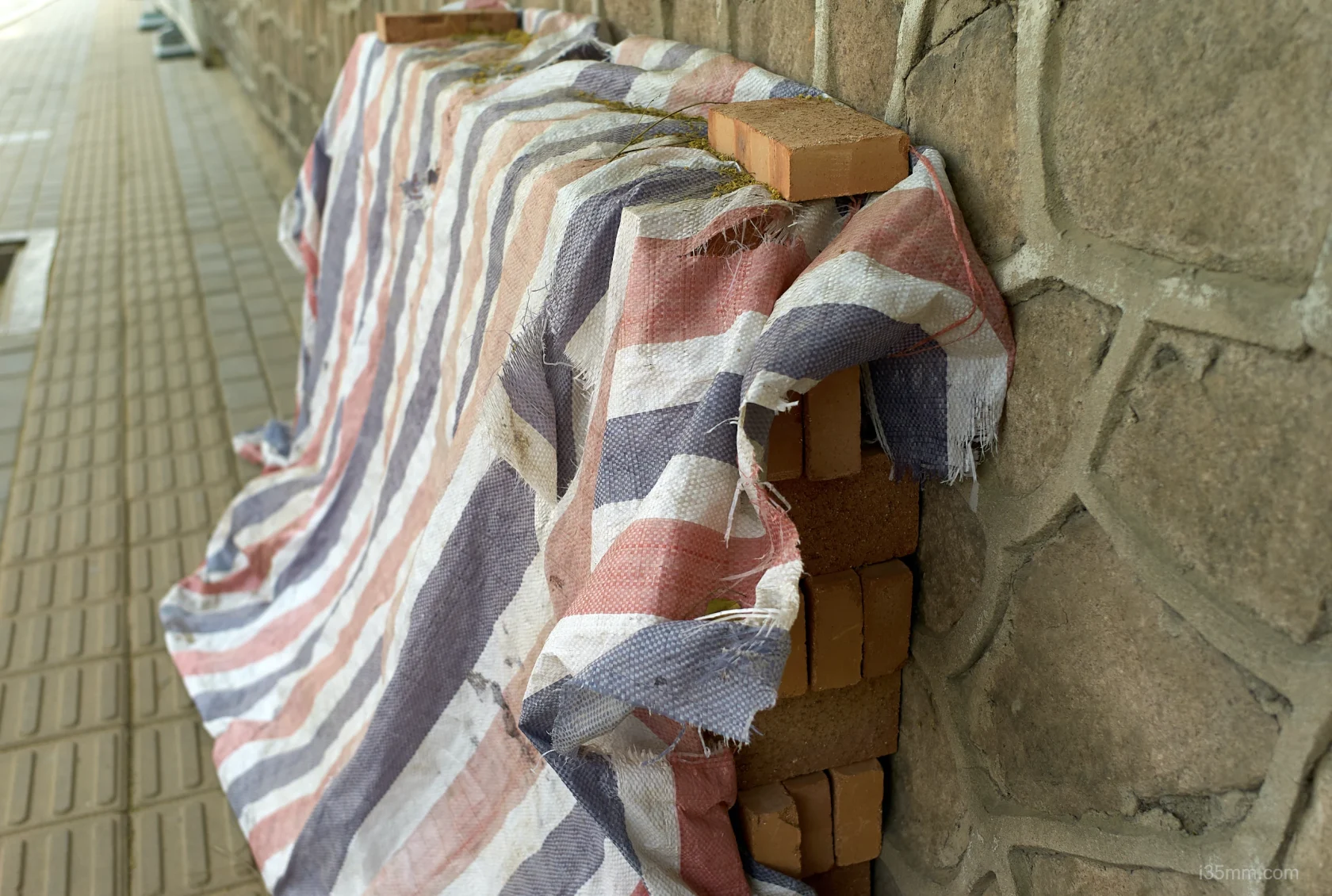

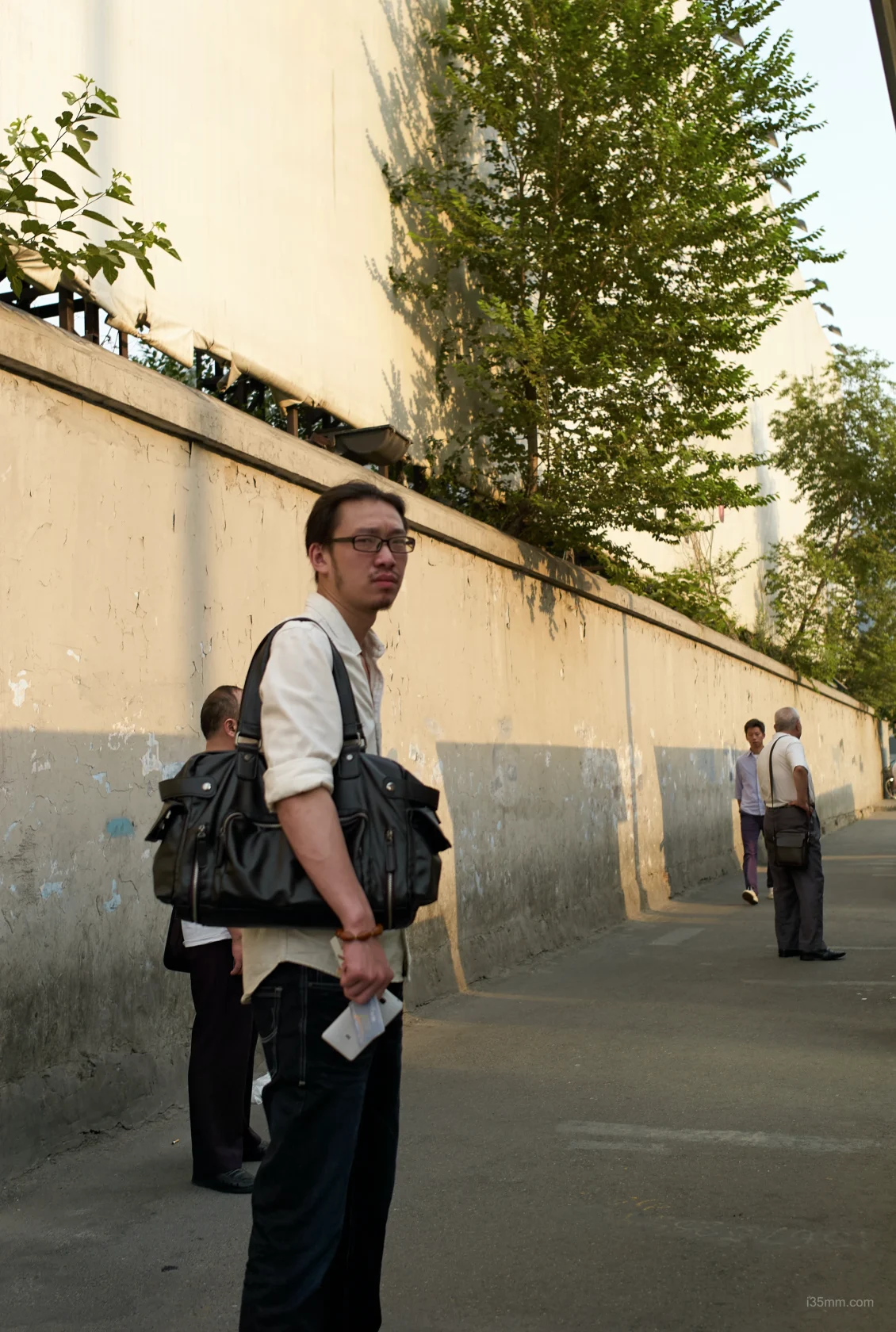
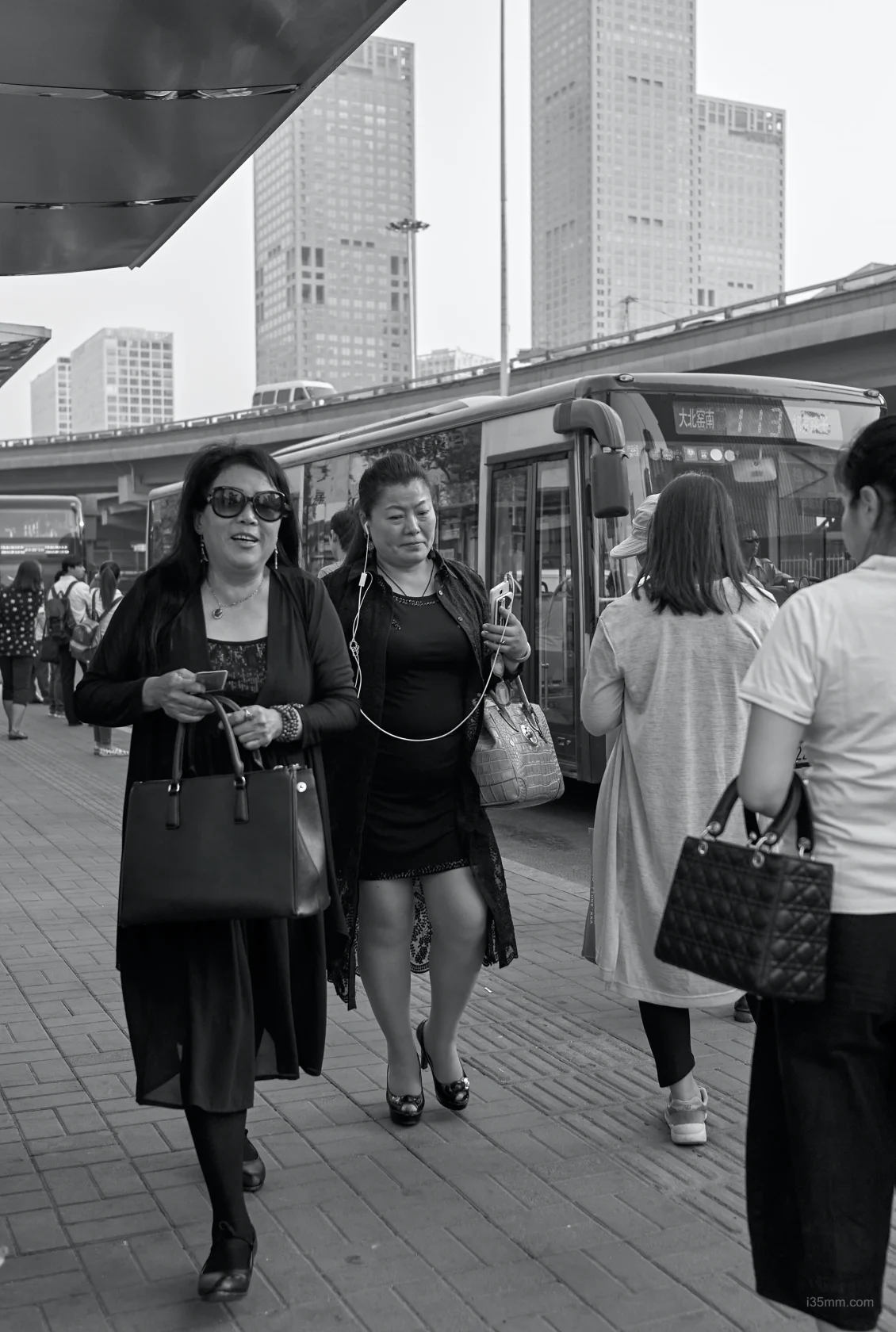
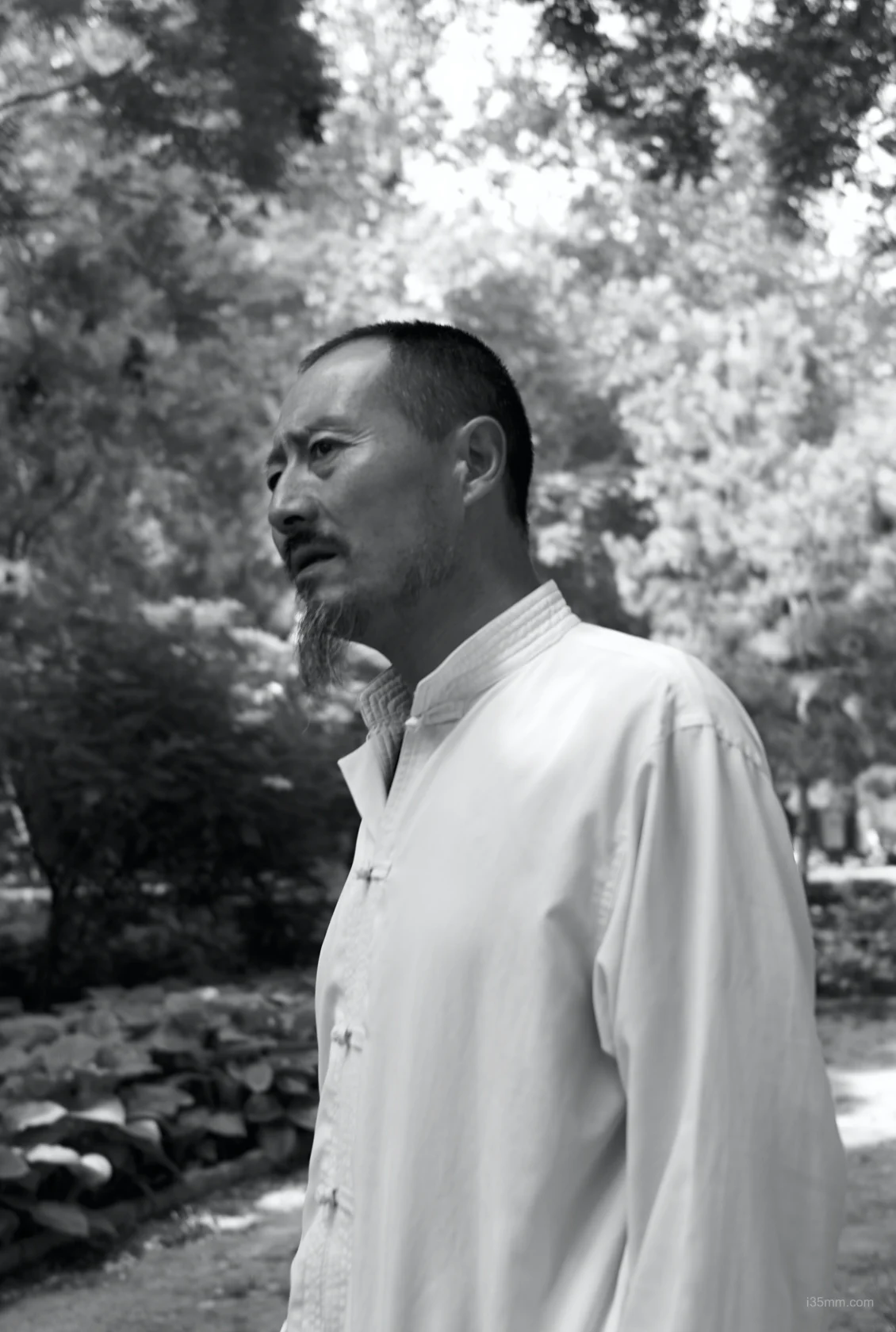
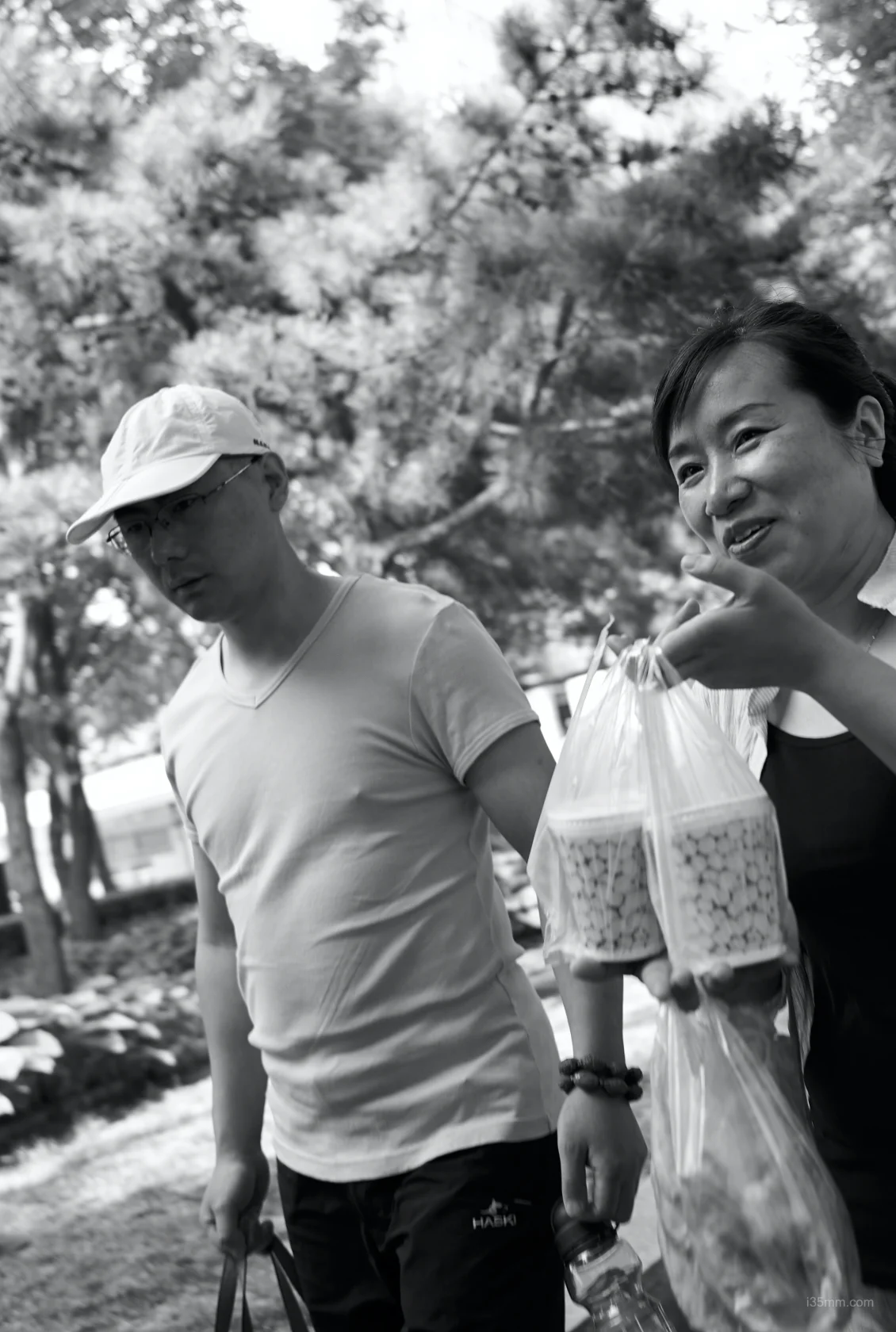
Leica Elmarit-M 28mm f/2.8 v3 Review: The Overlooked Poet—Where Vintage Soul Meets Modern Bargain Hunting
The Underdog’s Revenge
In the shadow of its ASPH successor and the cult-favorite v1, the Elmarit-M 28mm f/2.8 v3 (1980-1993) lurks—a 230g brass-bound paradox. Too young to be “vintage,” too old to be “relevant,” this lens is photography’s equivalent of a Weimar-era cabaret singer: overlooked, undervalued, and dripping with more character than modern optics dare allow.


Design
- Tactile Time Machine
- Dimensions: 49mm x 44mm—chunkier than a Moleskine notebook
- Weight: 230g (8.1oz)—dense as a Thomas Mann novella
- Aesthetic: Chrome finish aging like Berlin Wall graffiti
- Mechanical Sonnet
- Focus Throw: 160° from 0.7m to ∞—street photographer’s waltz
- Aperture: 8-blade iris painting bokeh like charcoal smudges
- Compatability
- Film Bodies: M6’s soulmate
- Digital: M10 tolerates it, M11 pampers it
Optical Scripture
| Aspect | Elmarit v3 | ASPH (Current) |
|---|---|---|
| Resolution | 35mm film sweet spot | Digital perfection |
| Color Rendering | Honeyed tungsten warmth | Clinical accuracy |
| Bokeh Transition | Gradual as Brahms lullaby | Abrupt as text alert |
| Soul | Wim Wenders’ gaze | CAD algorithm |
The ASPH Paradox
Leica engineers’ cruel joke: The ASPH version out-resolves v3 by 30% yet loses the je ne sais quoi. Test charts crown ASPH; human eyes crave v3’s:
- Bokeh Gradient: From sharp to blurry like fading memory
- Color Depth: Reds bleeding like 1980s neon signage
Pro Tips for Analog Rebels
- Film Pairing: Kodak Gold 200 for caramelized shadows
- Digital Hack: -0.3EV exposure comp to deepen colors
- Zone Focus: Paint 1m/3ft mark with red nail polish



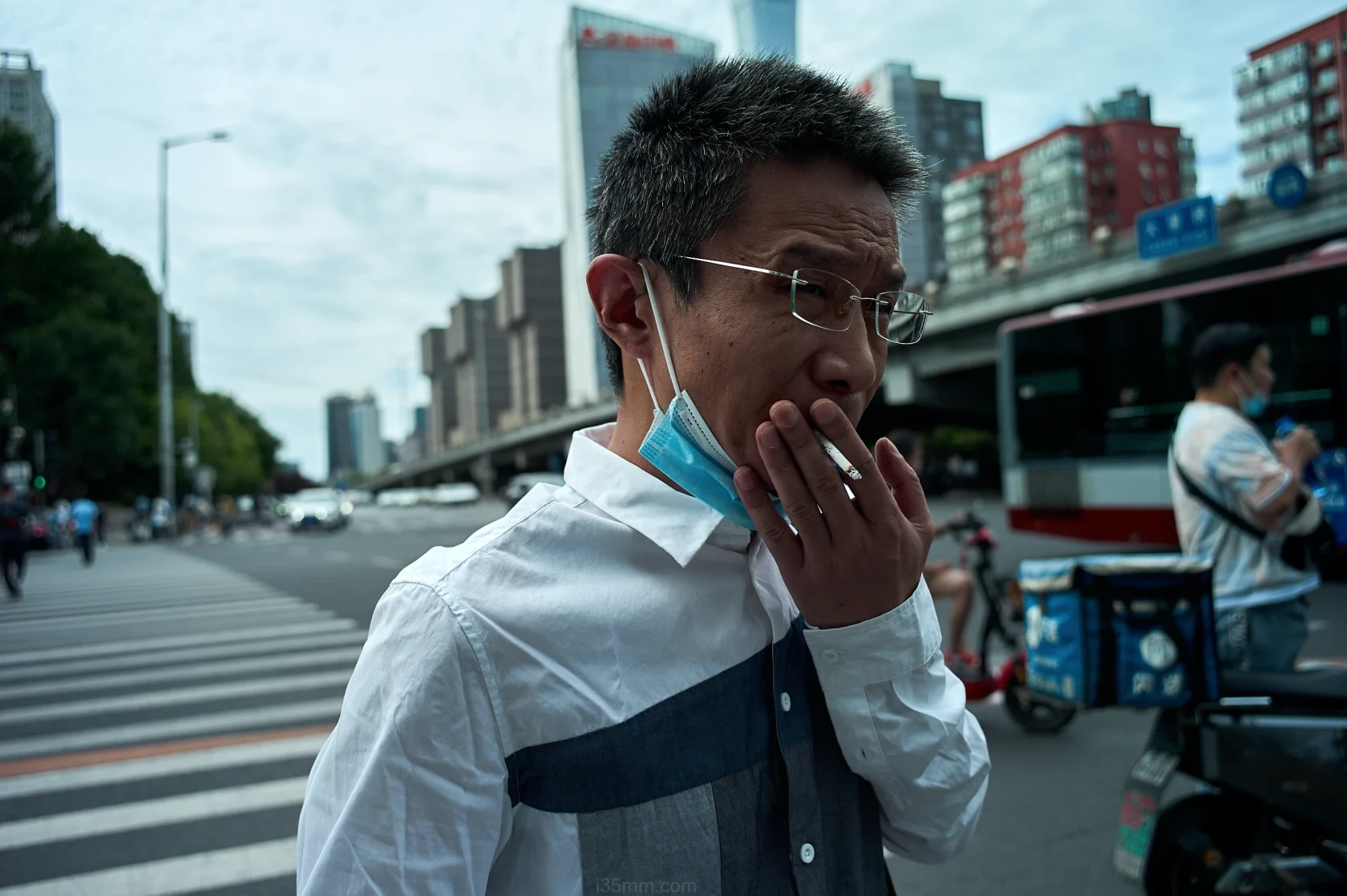
Who Should Embrace This Relic?
✓ Bargain Hunters: Sniffing Leica soul under $1.5k
✓ Film Purists: Building M6 kits without selling kidneys
Avoid If: You need corner-to-corner sharpness or AF.
Final Verdict: The People’s Leica
The v3 Elmarit embodies optical perfection, blending vintage allure with modern performance. This $1,000 lens rivals today’s digital counterparts, offering superb clarity and character. For the price of an iPhone, you gain:
- This lens, with the quality of a 98% new one, delivers 80% of Leica’s magic at just 30% of the ASPH cost.
- A testament to the beauty of imperfection.
- Proof that sometimes, ‘outdated’ outshines ‘over-engineered’.

Rating: ⭐⭐⭐⭐/5 (for poets) | ⭐⭐⭐⭐/5 (for pixel peepers)
A lens that whispers: ‘Affordable magic, Leica-style—proof that excellence doesn’t always come at a high price.









































Voigtländer 15mm f/4.5 Super Wide Heliar ASPH Review: The Pocket-Sized Rebel—Where Ultra-Wide Meets Ultra-Portable
The Lilliputian Visionary
In a world obsessed with gargantuan apertures, the Voigtländer 15mm f/4.5 ASPH (Gen 1) whispers heresy. At 150g—lighter than a roll of Tri-X—this L39-mounted David defies Goliath-sized expectations. Born in 2000 as Cosina’s love letter to analog guerrillas, it thrives where modern wides fear to tread: coat pockets, cramped alleys, and the restless hands of street shooters who value stealth over specs.


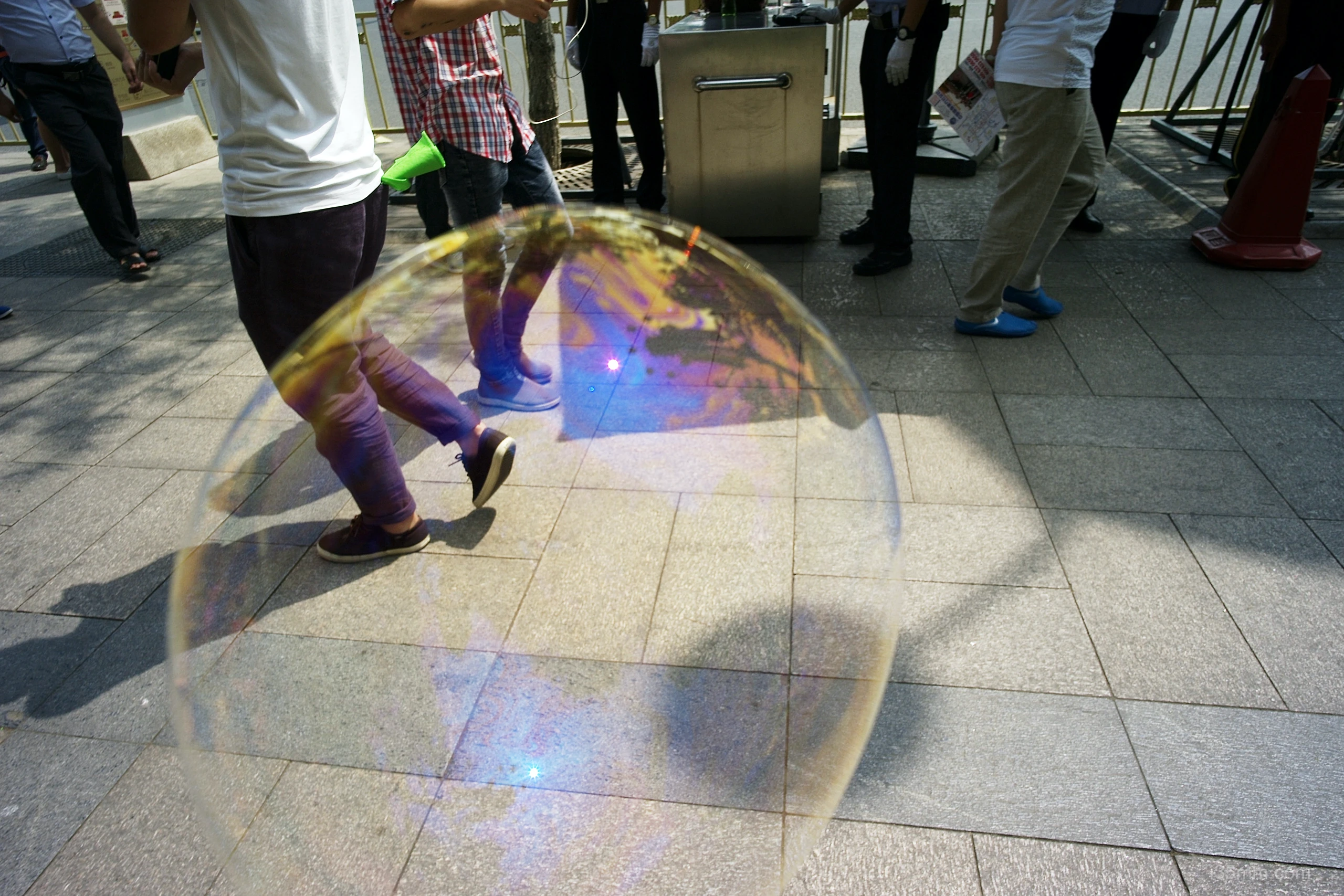
Minimalist Precision
- Miniature Alchemy
- Dimensions: 52mm x 25mm (2.05″ x 0.98″)—smaller than a matchbox
- Weight: 150g (5.3oz)—featherlight enough to forget it’s there
- Mechanical Pragmatism
- Focus: Zone-only (no RF coupling)—f/8 @ 1m = hyperfocal freedom
- Aperture: 10-blade iris slicing light into geometric poetry
- Adaptation Magic
- L39 to M: 1mm adapter transforms it into M-mount Batman.
- Viewfinder: Optional 15mm optical finder (discontinued post-Gen 1)
Optical Scripture
- Center Sharpness
- Film/APS-C: Cracks Adox CHS 100 like a diamond cutter
- Full-Frame Digital: Edges rebel (M9 shows magenta cast*), center holds firm
*(Cosina’s original sin pre-Gen 3 coatings)
- Color Signature
- Velvia 50 Rendering: Electric blues, ochres glowing like autumn leaves.
- B&W Drama: Micro-contrast replicating Daido Moriyama’s grain obsession
- Distortion Dichotomy
- Lab Charts: 0.5% barrel—engineer’s pride
- Real World: Buildings lean like drunken salarymen—this is the way
Generational Wars
| Aspect | Gen 1 (2000) | Gen 3 (2022) |
|---|---|---|
| Size | Matchbox | Soup can |
| Coatings | Single-layer nostalgia | ASPH + 7-layer armor |
| Digital Friendliness | M8/M9: Edge chaos | Full-frame harmony |
| Soul | Kerouac’s beat poetry | GPT-4 generated sonnet |
Street Chronicles
Scene 1: Urban intersection with two elderly men on bikes

- f/5.6 @ 1.5m: Their smiles as warm as a summer’s day, bicycles loaded with stories.
- LEICA M8 @ 400: Monochrome tones adding a timeless touch, reminiscent of classic street tales.
Scene 2: Pachinko parlor neon rain

- Zone Focus: f/4 @ 1.5m—The boy’s smile stands out against the busy storefront backdrop
- Digital Shot: Standard crop, captures the vivid colors of the drink can and store signs—urban details in focus
The M8 Paradox
Pairing this 15mm with a Leica M8 (≈21mm equivalent) is like teaching ballet to a rugby player—possible, but spiritually challenging. Yet therein lies the magic:
- 0.7m Minimum Focus: Intimacy forbidden to Leica wides
- No RF Coupling: Forces mosh pit-style crowd immersion (where personal space vanishes)
Pro Tips for Wide-Angle Heretics
- Film Choice: Rollei Retro 80s—its extended red sensitivity loves Cosina’s coatings
- DIY Filter Hack: Gelatin cutouts + rubber band = instant color effects
- Zone Focus Presets: Paint distance marks with nail polish (f/8=green, f/16=red)
Who Should Buy This?
✓ Urban Poets: Framing chaos into 15mm snapshots
✓ Analog Minimalists: Building “fit-in-a-cigarette-pack” kits
✓ Distortion Fetishists: Who see leaning towers as features, not bugs
Avoid If: You pixel-peep edges or need autofocus training wheels.
Final Verdict: The People’s Ultra-Wide
The Gen 1 15mm f/4.5 is Cosina’s accidental masterpiece—a $400 ticket to optical anarchy. For the price of a Summicron hood, you get:
- 90% drama of Leica 21mm(with M8) at 20% bulk
- Permission to fail spectacularly
- Proof that photography thrives at society’s edges
Rating: ⭐⭐⭐⭐/5 (for poets) | ⭐⭐/5 (for lab rats)
“A lens that snickers: ‘Rules? I ate them for breakfast.’”
